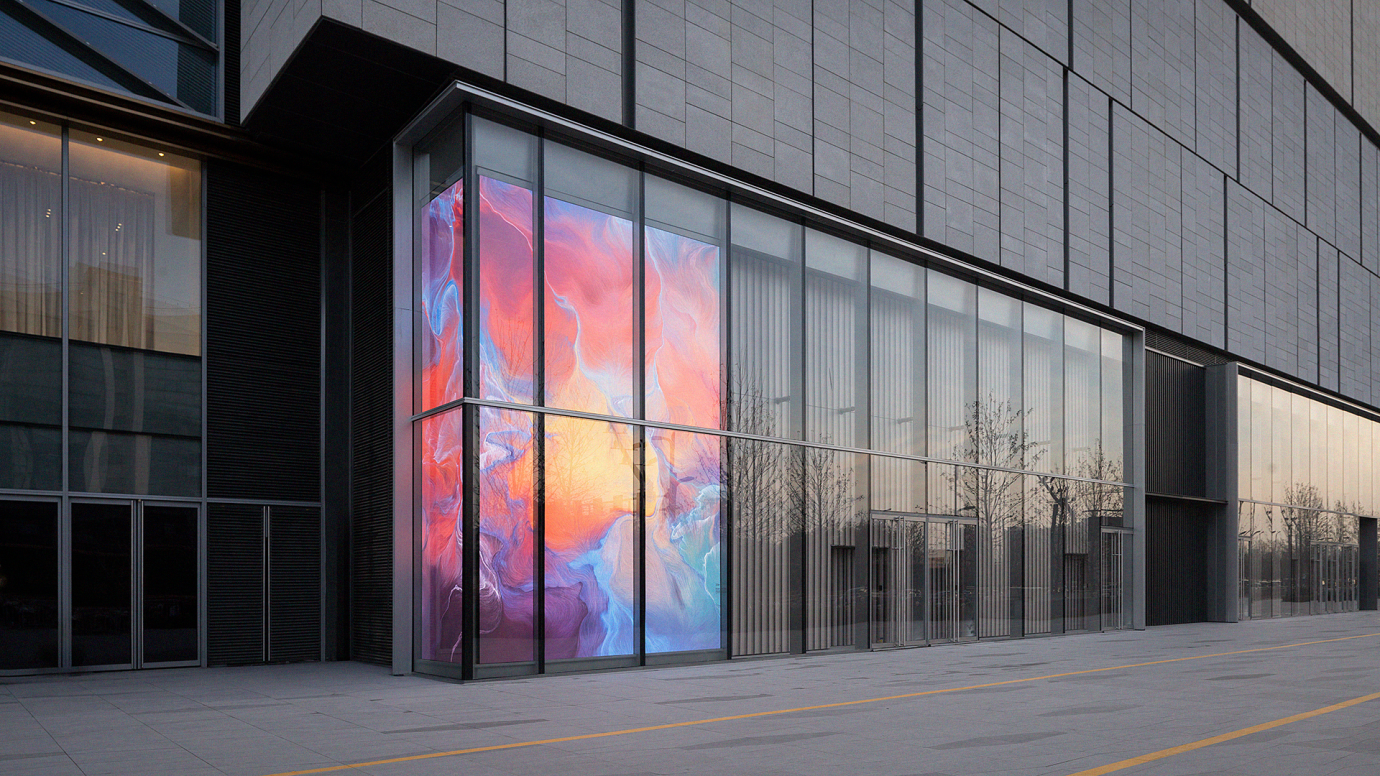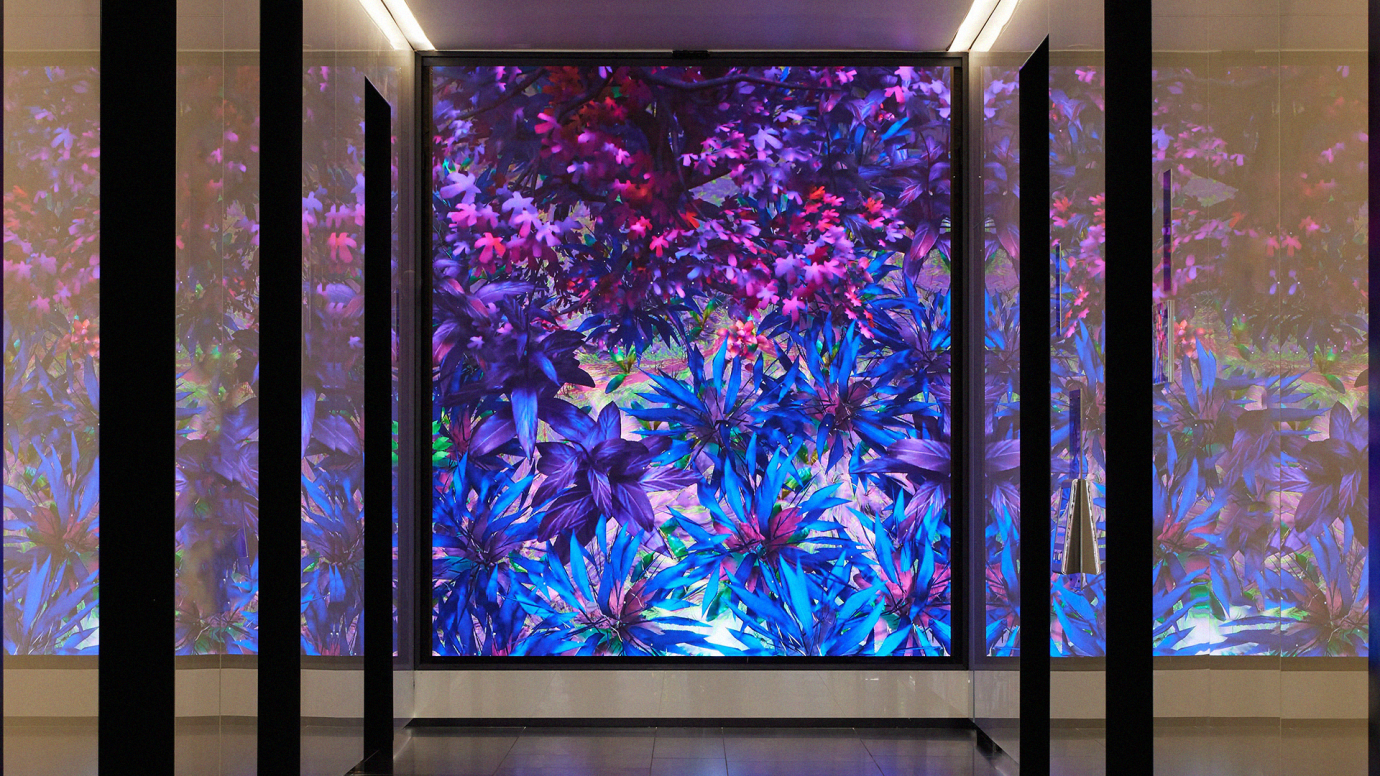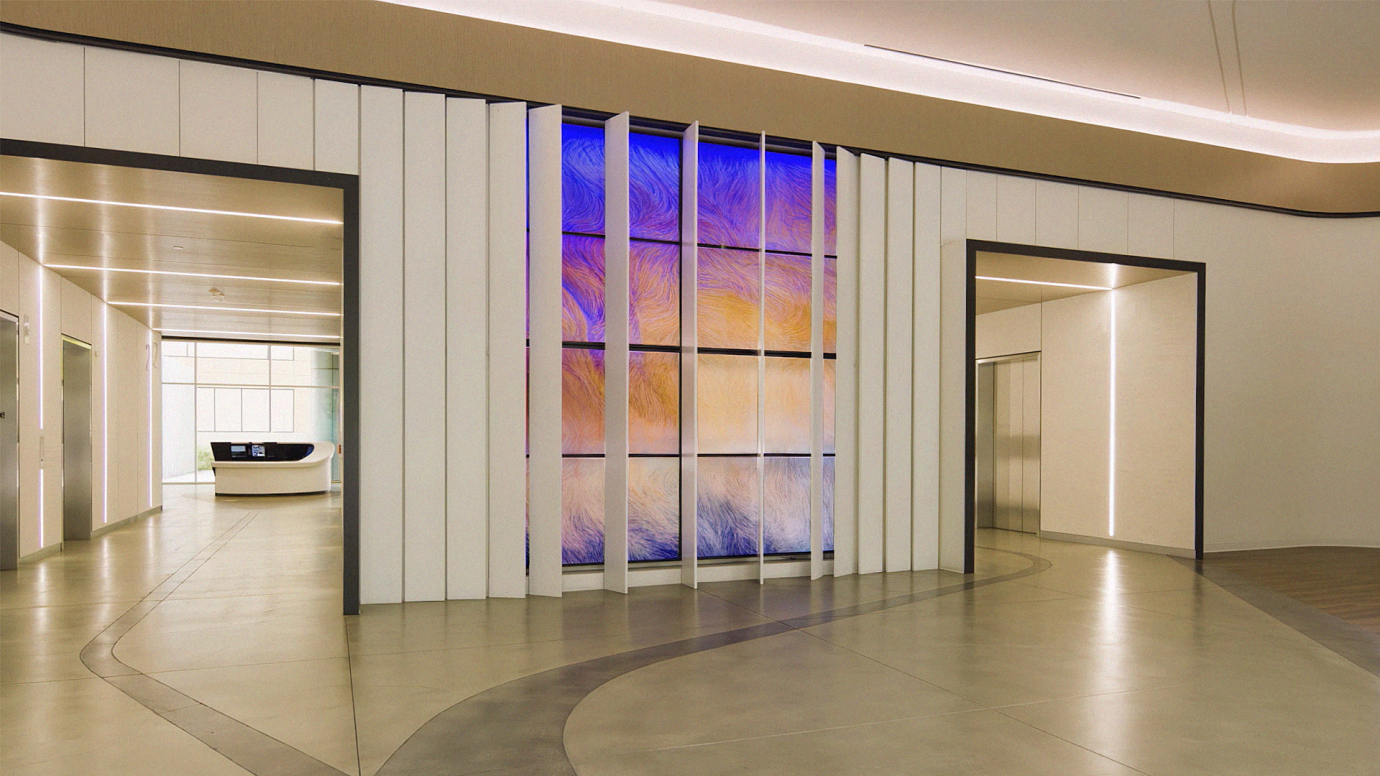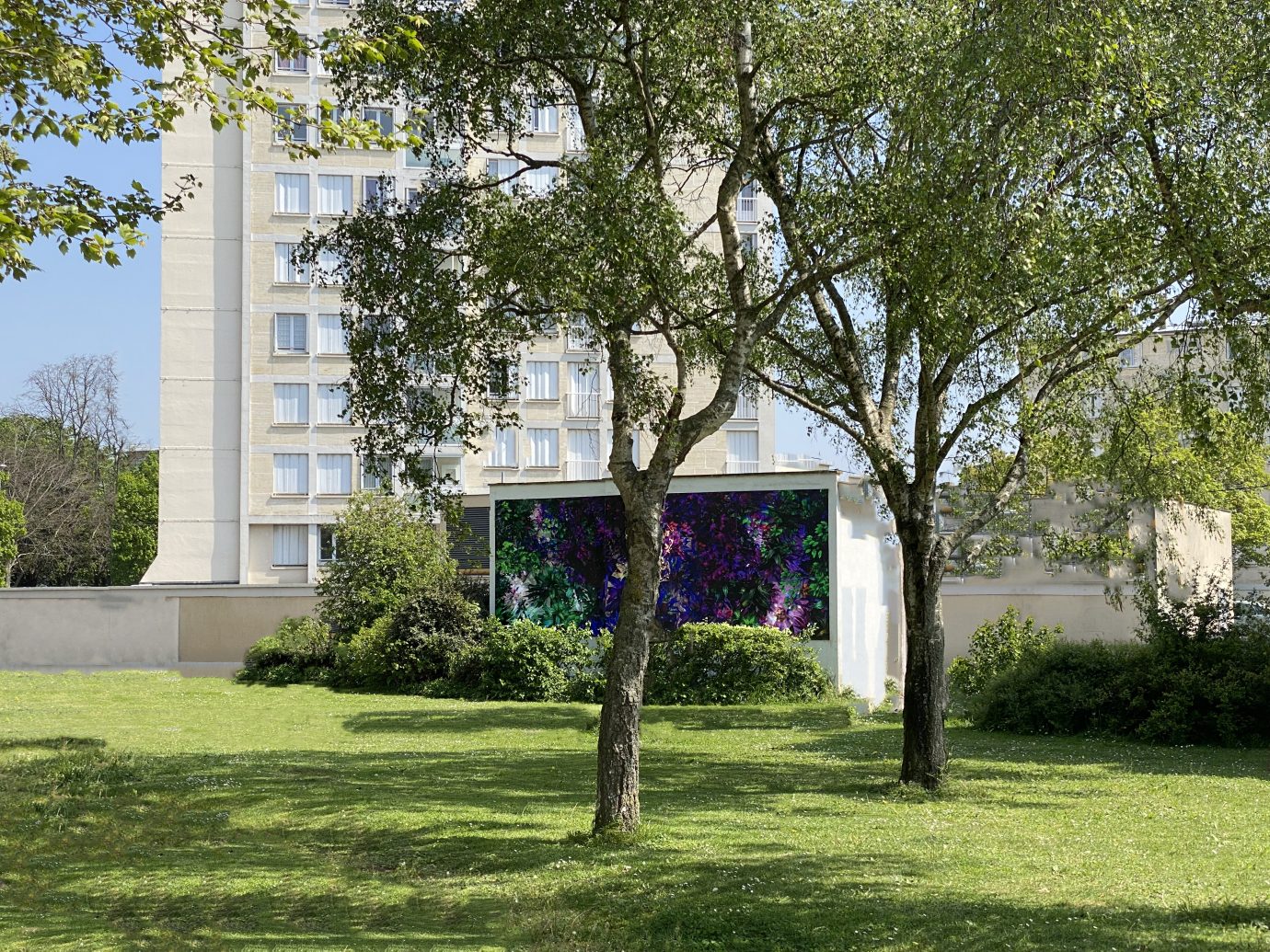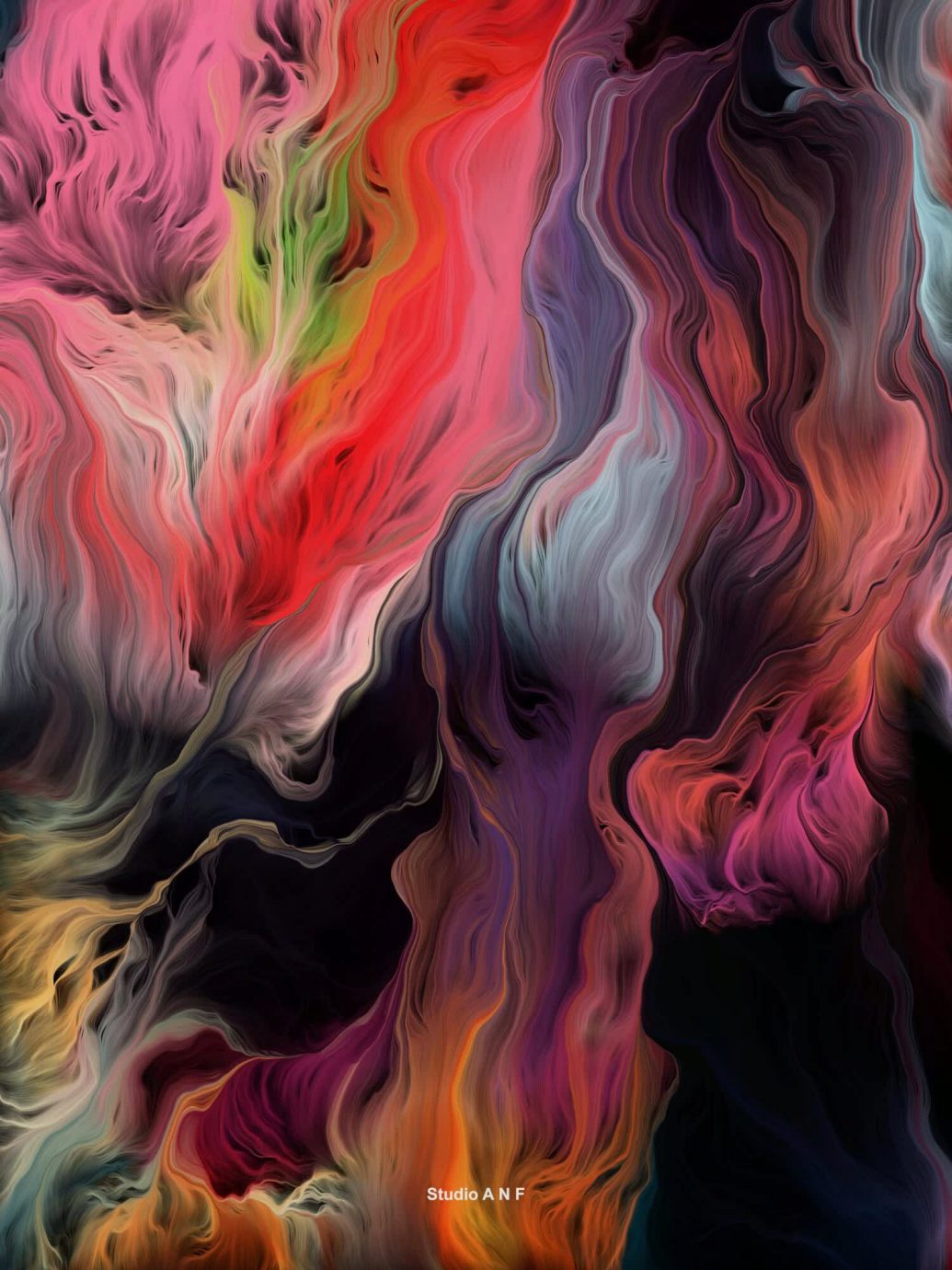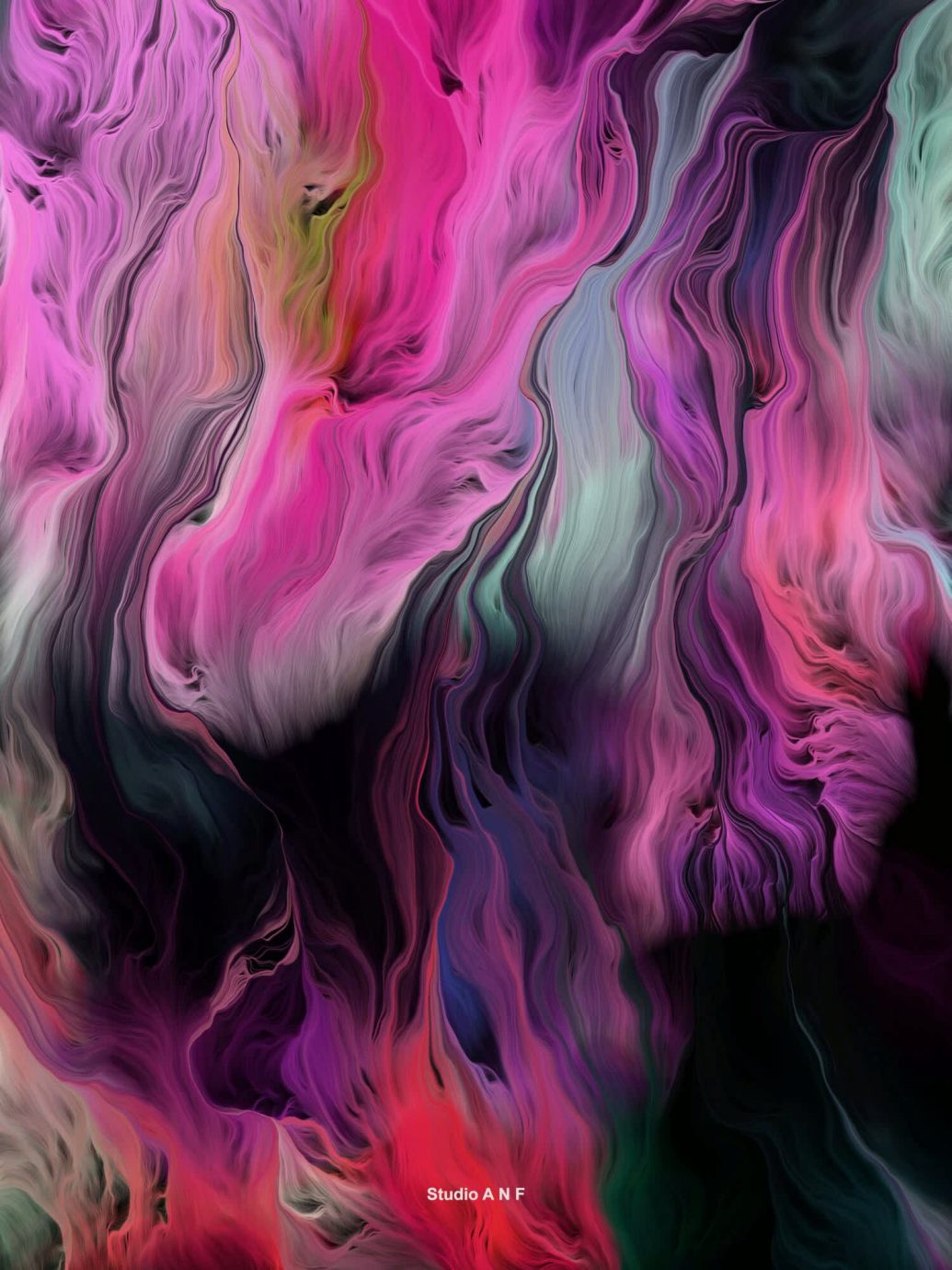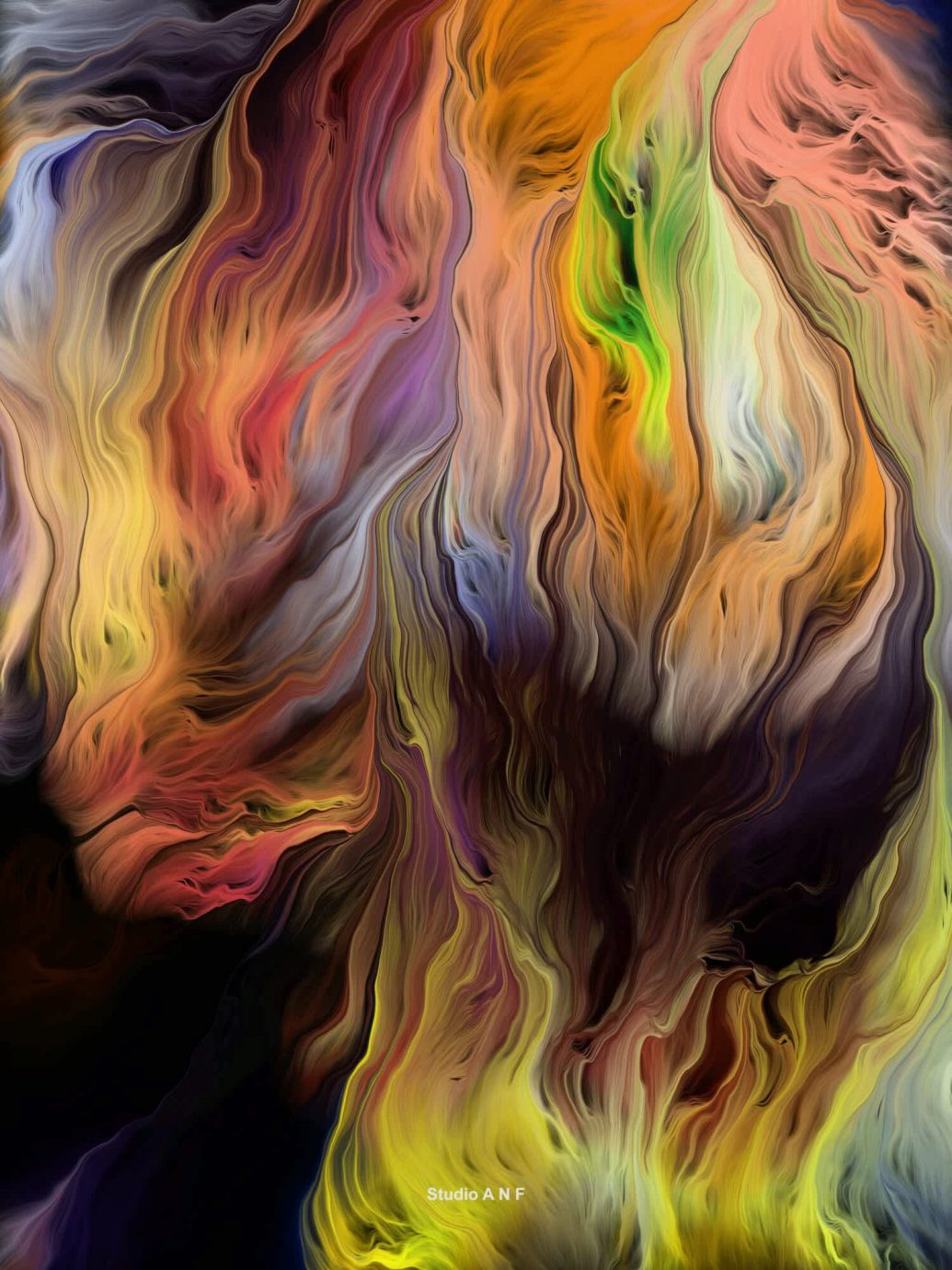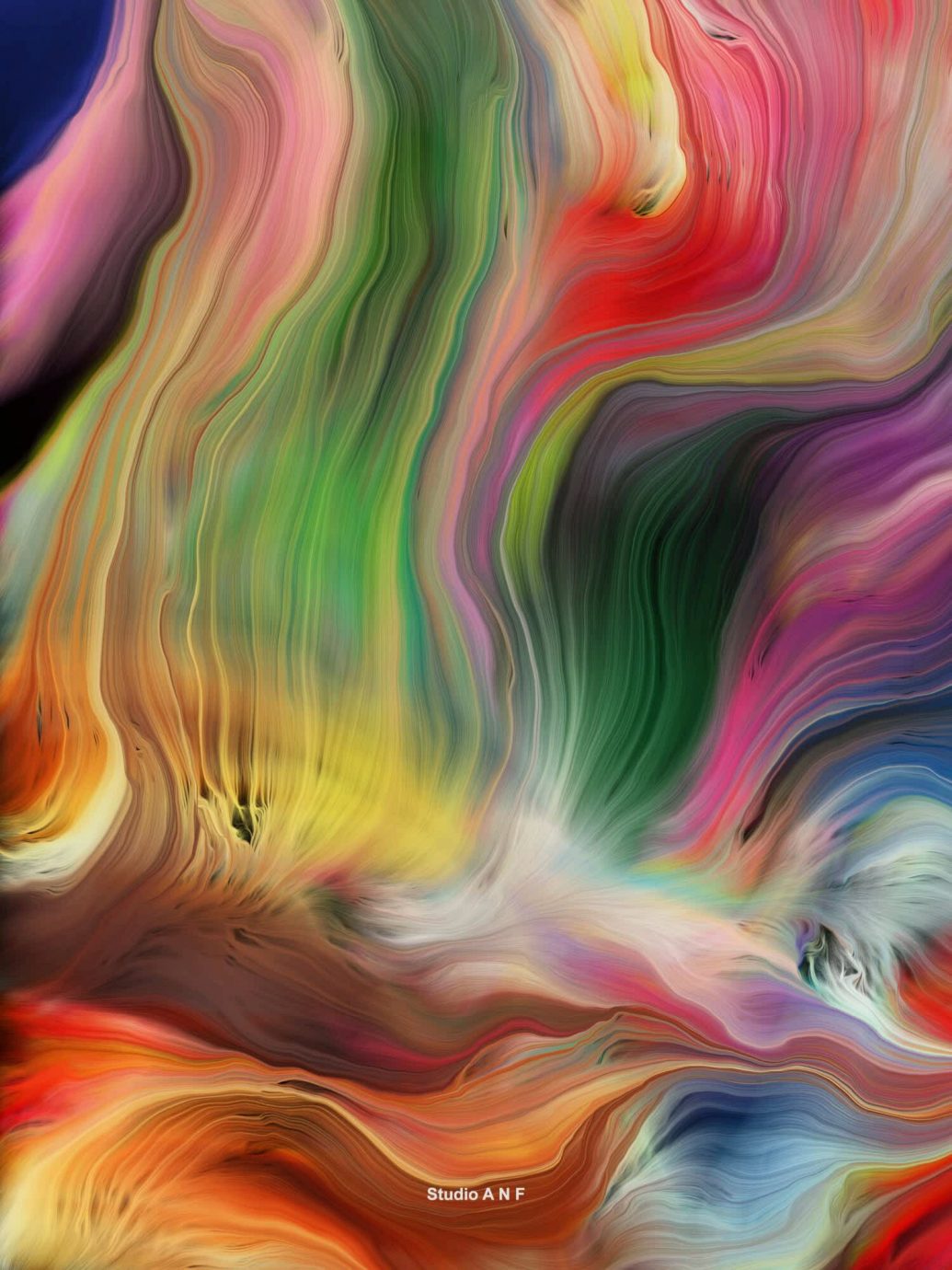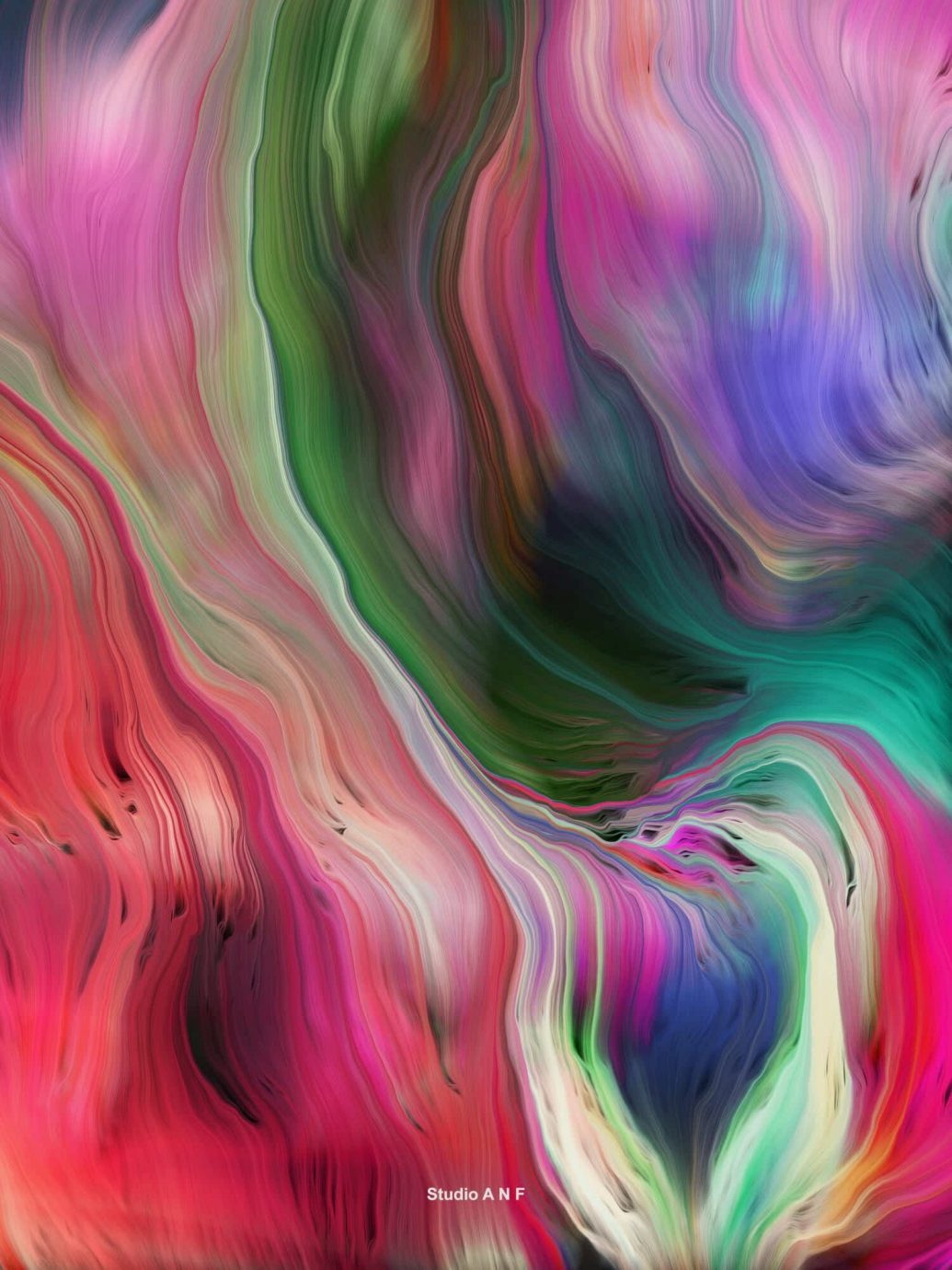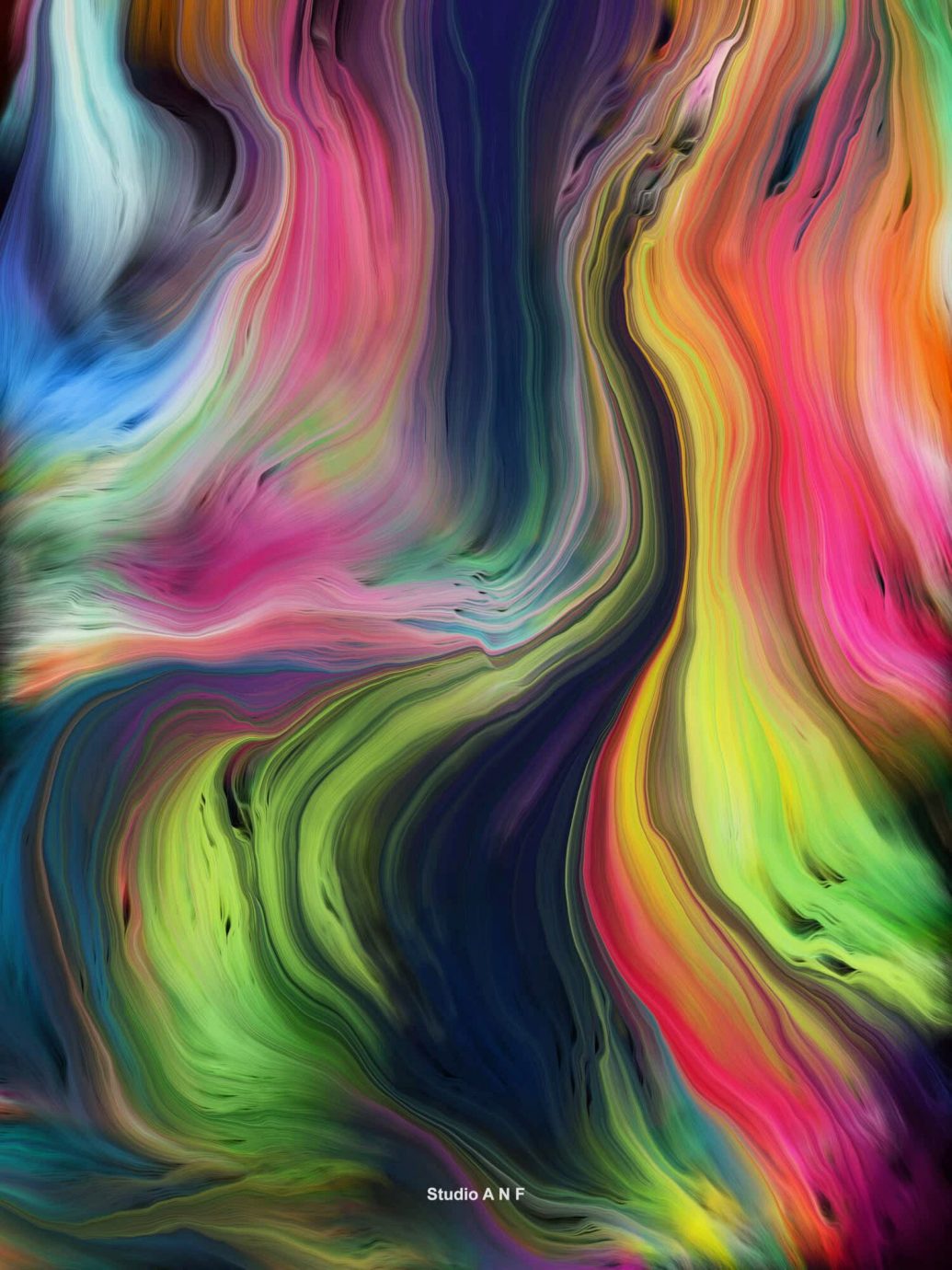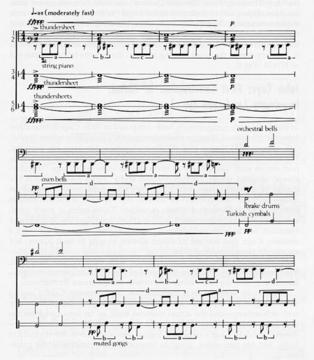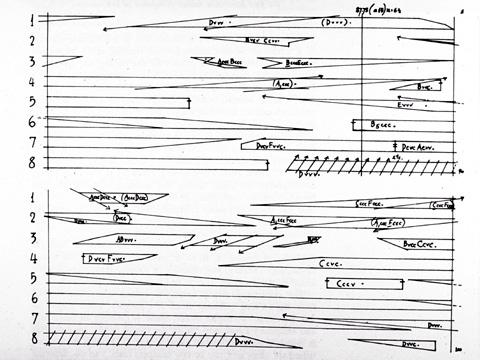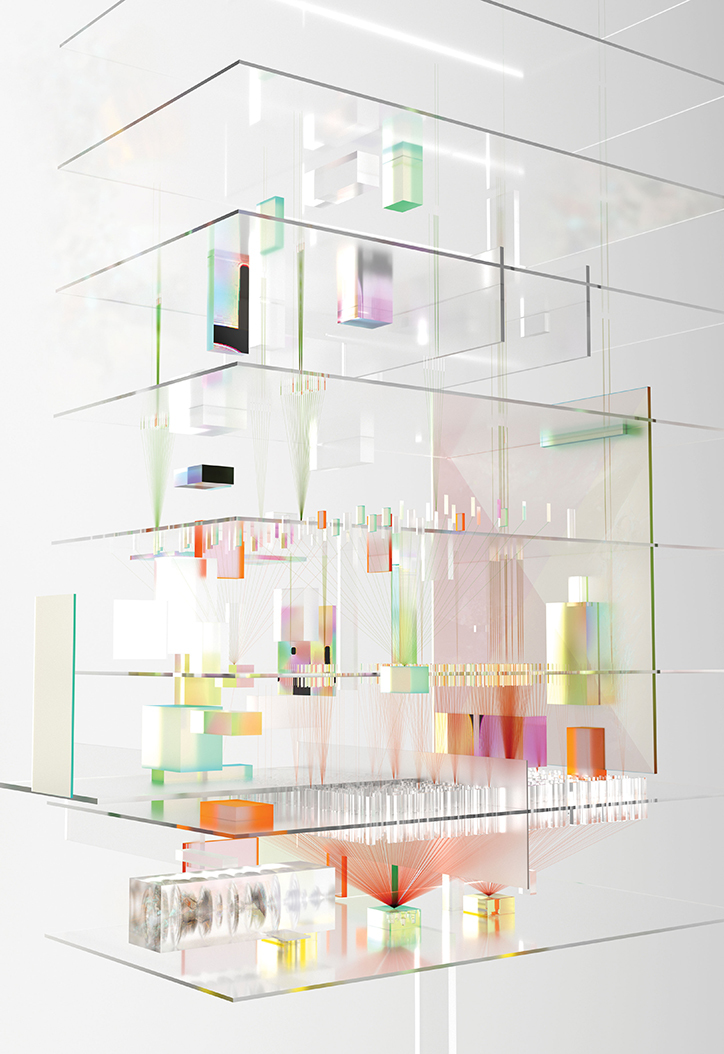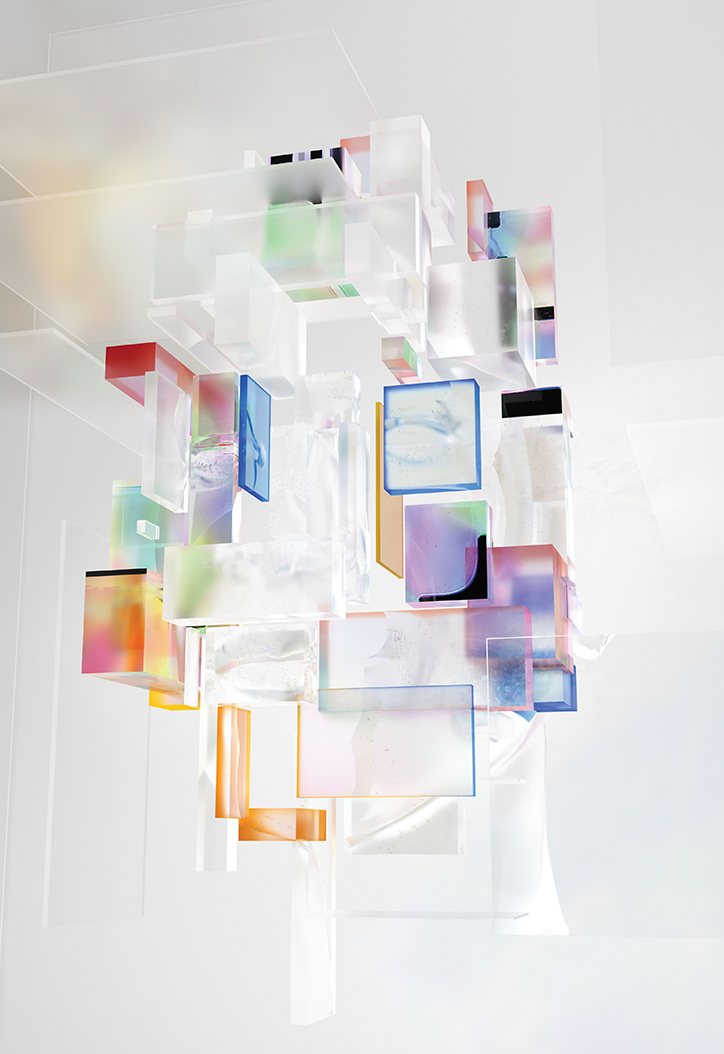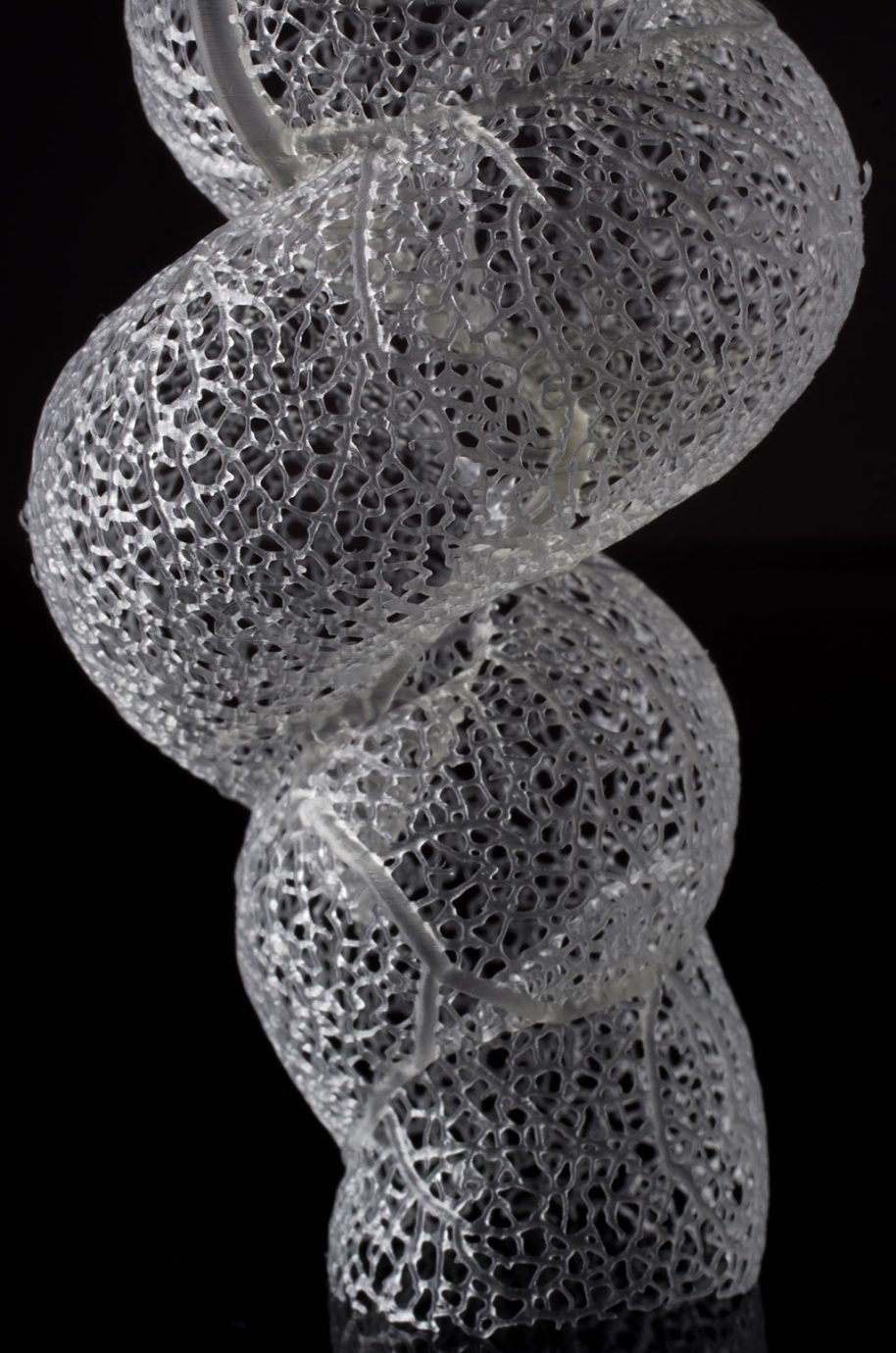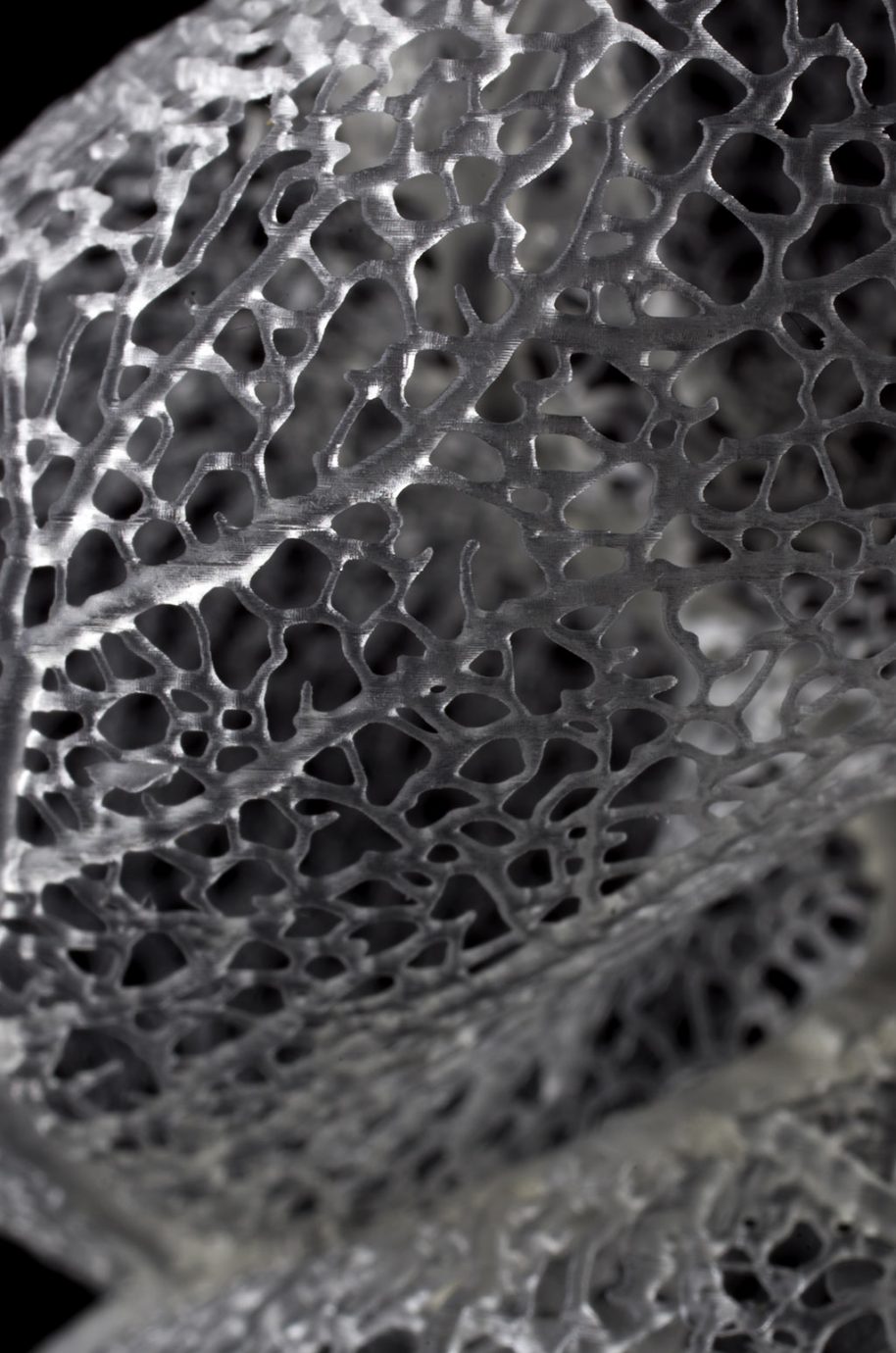Tag Archives: Generative
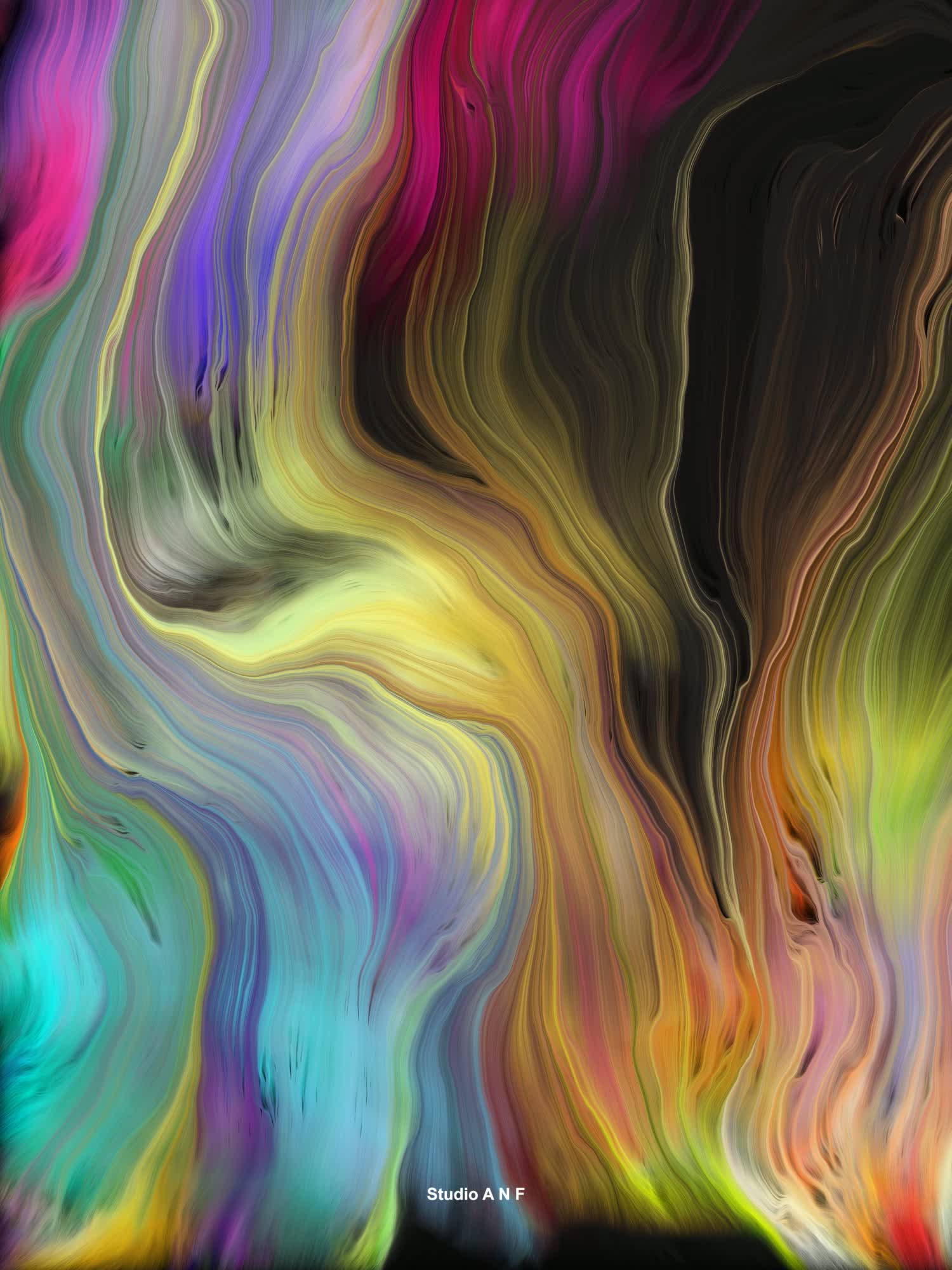
This generative artwork by Andreas Nicolas Fischer is an ethereal display of fluidity and color. A digital canvas comes alive with flowing forms and hues that seem to dance across the surface in a choreographed spectacle of digital brushwork. Each stroke melds seamlessly into the next, creating a complex network of intertwining lines and shapes.
The palette is a vivid spectrum of color ranging from deep, velvety blacks and earthy browns to bright yellows, electric blues, and passionate reds. These colors swirl together in a natural yet surreal pattern, reminiscent of geological strata or the psychedelic swirls of a retro lava lamp. The soft gradients and transitions between the colors are smooth and give the impression of a continuous, dynamic fluid motion.
This artwork suggests a process of perpetual transformation, much like the constant change seen in nature’s own designs—cloud formations, the flow of water, or the shifting sands of a dune. There’s a semblance of topography, as if we’re looking at a satellite view of a vibrant, otherworldly landscape, where the normal rules of physics and geography do not apply.
Fischer’s technique possibly involves a complex algorithmic process where mathematical rules translate into visual output, resulting in patterns that evoke the natural world while being entirely digital. His method likely includes a form of randomness, contributing to the uniqueness of each piece within the series. The result is a striking balance between chaos and order, planning and spontaneity, human intention and computer interpretation.
The lines in the artwork have a certain fluidity that suggests movement. They flow like rivers of color, meandering through different emotional landscapes. The denser areas where the dark colors pool could represent deeper thoughts or feelings, while the brighter, more vibrant areas might symbolize moments of clarity or joy.
In some places, the lines converge into points of intense color, as if we’re witnessing the birth of stars in a nebula, or the focal point of an artistic explosion. The brushstrokes have a tactile quality; one can almost feel the thickness of the paint, the drag of the brush, despite knowing that this texture is a digital construct.
The viewing experience is immersive. As the eye travels across the canvas, new forms and transitions reveal themselves. It’s easy to get lost in contemplation, each observer likely to interpret the tangle of colors and shapes in a personal way. Fischer’s work challenges the viewer to reconsider the boundaries between the digital and the organic, the planned and the random, the created and the naturally occurring.
Overall, the piece is a testament to Fischer’s mastery of digital tools to emulate the complexities and beauty of the natural world. It encourages a contemplation of the essence of art in the age of technology: the role of the artist when creation involves code as much as it does creativity, the place of human emotion in the midst of calculated algorithms, and the profound beauty that emerges from the fusion of these realms.
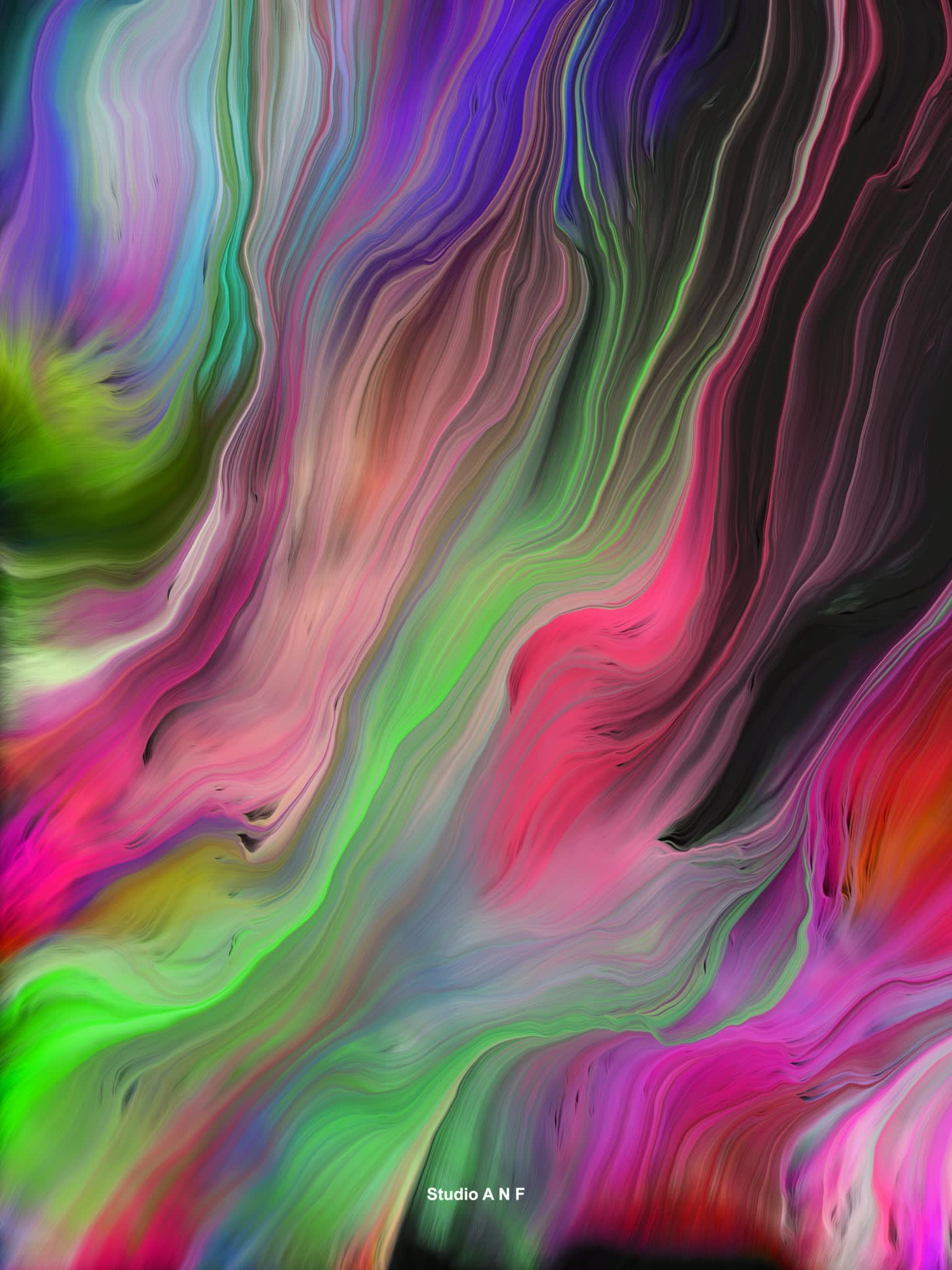
This second piece of generative artwork by Andreas Nicolas Fischer, which is from the same series as “Supervoid One,” is a vibrant and dynamic digital creation. The image is characterized by a mesmerizing flow of colors with a sense of depth and fluidity that seems to be in constant motion. Rich magentas, deep blacks, and a spectrum of greens and blues coalesce into ribbon-like formations, giving the impression of a digitized version of marbled paper or the swirling patterns of a kaleidoscope.
The organic, wave-like structures suggest a topographical map of a fantastical landscape or the churning surface of a colorful sea. The layering of colors and the way they blend into each other give the piece a three-dimensional quality, as if one could dive into the swirls and eddies. The variation in color density and the interplay between light and dark areas create a rhythm within the piece, almost like visual music.
Like other works by Fischer, this piece may explore the relationship between natural forms and digital processes, showcasing how algorithmic methods can emulate and amplify patterns found in nature. The artwork is a testament to the power of generative art to create complex and evocative visual experiences that can evoke emotional responses similar to those elicited by the natural world.
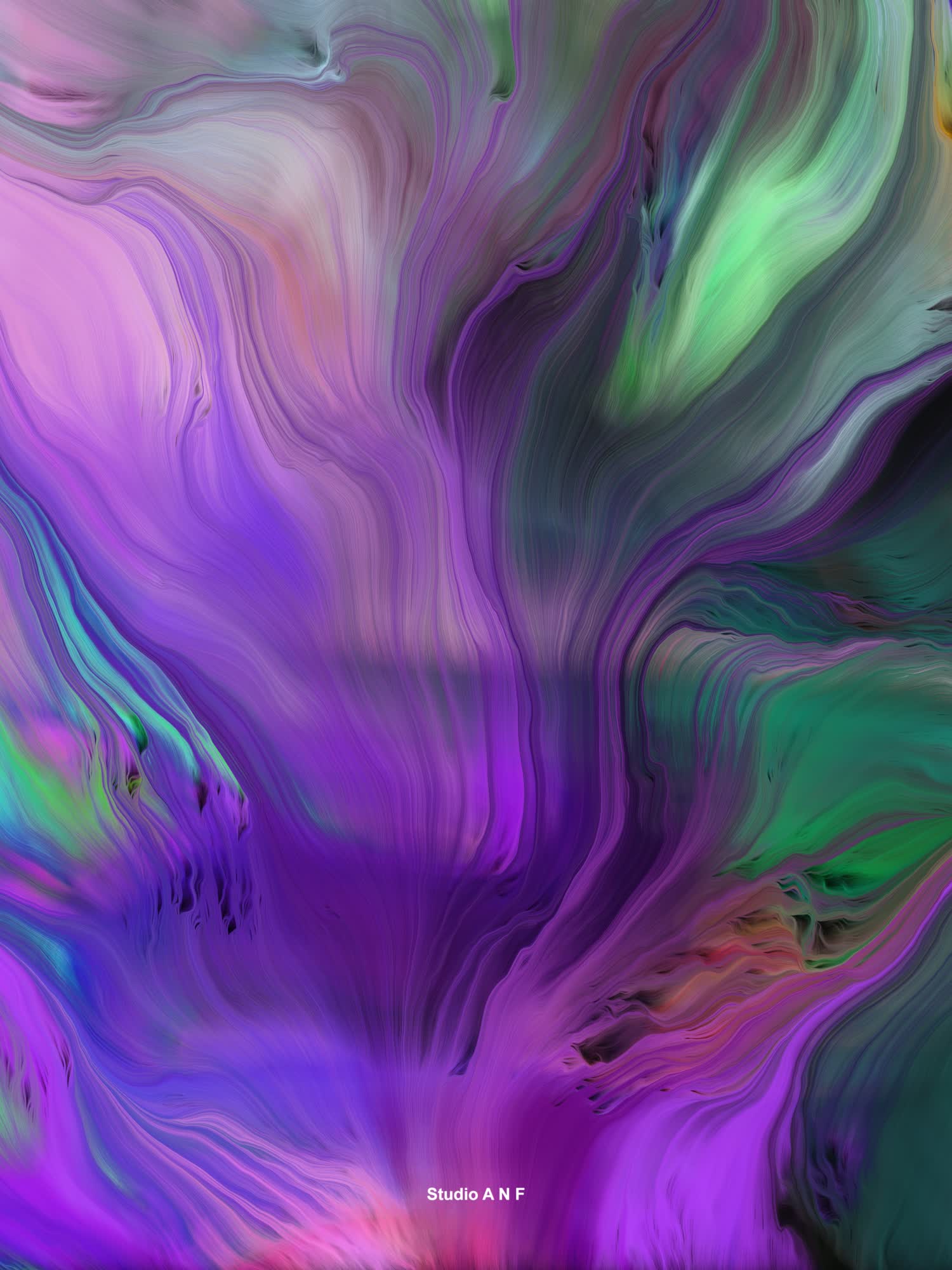
The artwork titled “Supervoid One R317_N880_552000” by Andreas Nicolas Fischer (Studio ANF) presents a captivating and fluid composition that resembles the organic movement of viscous fluids or the colorful interplay of light through a prism. Dominated by hues of purple and green, the piece creates a dynamic sense of movement through digital brushstrokes that swirl and twist around each other. The colors graduate smoothly from one to another, with pockets of more intense saturation that draw the eye. This digital piece could be a reflection of natural phenomena, an abstract representation of space and depth, or an exploration of color dynamics in a digital medium.
It is a fine example of Fischer’s style, which often utilizes digital algorithms and data to produce visually stunning pieces that blur the line between the digital and the natural world. The smooth, almost silky texture suggests a depth that invites the viewer to look deeper, hinting at the void or space referenced in the title. The artwork is distinctly modern, harnessing technology to create an aesthetic experience that could not be achieved with traditional media.
More Projects
Megaschwarm is a series of 3 triple channel generative media installations, each consisting of 3 4 minute videos in 4k UHD resolution. It is an update of the Schwarm series, which uses the same generative system with the difference that the color composition is being generated from within instead of being pre-defined. The colors are re-generated at specific intervals during the execution of the software, shifted in hue over time and faded over the last set that was drawn onto the canvas. The installation is evolving slowly over time, revealing new colors through the particles that flow across the canvas. Each set has 3 different scales and densities at which the points flow across the drawing surface at varying opacities.
A triptych of abstract generative art by Andreas Nicolas Fischer. The artwork consists of three vertical panels, each featuring a fluid and dynamic blend of colors that flow into each other, creating a marbled or topographical effect. The colors are vibrant and range from bright greens, yellows, and oranges to deep purples, blues, and subtle whites. The fluidity suggests a digital manipulation where colors seem to be in a state of mix or flux, perhaps reminiscent of natural patterns such as geological formations, clouds, or the swirling surface of a planet. The panels are framed in black, which contrasts sharply with the vivid colors, and they are displayed on a gallery wall, which is dimly lit, focusing the viewer’s attention on the bright and complex colors of the artwork. The pieces are likely a combination of algorithmically generated patterns and artistic choices, resulting in a unique and mesmerising installation.
The three vertical canvases display a dynamic and vivid mix of colors that seem to flow and blend with an organic and fluid motion. The left and right panels show a brighter palette with dominant reds, greens, and purples, while the central panel features a darker theme with black spaces that provide a stark contrast to the vibrant hues surrounding them. It gives the impression of a digital creation where the colors have been pushed and pulled into swirling patterns that might resemble a psychedelic interpretation of natural phenomena, like flowers in bloom or the undulations of a vibrant, living coral reef. The artwork is displayed against a dark gray wall with subtle lighting, emphasizing the luminosity and depth of the colors. Similar to the previous artwork, the black frames encase the riot of colors and help to define each panel as a distinct piece of a cohesive whole. This installation would likely draw the viewer in, inviting them to find shapes and forms within the abstract designs.
Another triptych of abstract generative art, each panel bursting with an even more complex interplay of colors and shapes than the previous ones. The swirling patterns are reminiscent of smoke or liquid in motion, creating an almost hypnotic effect. The left panel features a darker background that sets off the bright, flame-like colors in the foreground, suggesting depth and movement. The middle panel is lighter, with a variety of hues that give a more ethereal and less structured appearance. The right panel returns to a darker base with the colors vividly standing out, almost like a lively dance of fire and wind.
The colors themselves are incredibly rich and varied, ranging from neon greens and blues to deep purples, fiery oranges, and reds, with transitional shades that add to the complexity of the visual texture. The overall effect is organic, dynamic, and visually captivating, inviting the viewer to get lost in the intricate details and the flow of colors. The art seems to have a life of its own, giving an impression of constant change, as if each moment the shapes and colors could swirl into a new form. The panels are set against a dark background, emphasizing their luminosity and the vibrancy of the colors used. The framing is simple, yet it serves to contain the wild energy of the artwork within a structured space.
More Projects
Void Vaporwave is a series of ultra-high-resolution digital artworks generated with our custom generative software based on the void series. It is a microgenre of electronic music and an Internet image that developed in the mid-2010s. The style is characterized by its allotment of the 1980s and 1990s state of mind music styles, for example, smooth jazz, lift music, R&B, and parlor music, regularly examining or controlling tracks by means of slashed and screwed strategies and different impacts. Its encompassing subculture is here and there related with an uncertain or humorous interpretation of customer free enterprise and popular culture, and will, in general, be described by a nostalgic or surrealist commitment with the well-known diversion, innovation and publicizing of earlier decades. It additionally joins early Internet symbolism, late 1990s website architecture, glitch craftsmanship, anime, 3D-rendered articles, and cyberpunk tropes in its spread fine art and music recordings.
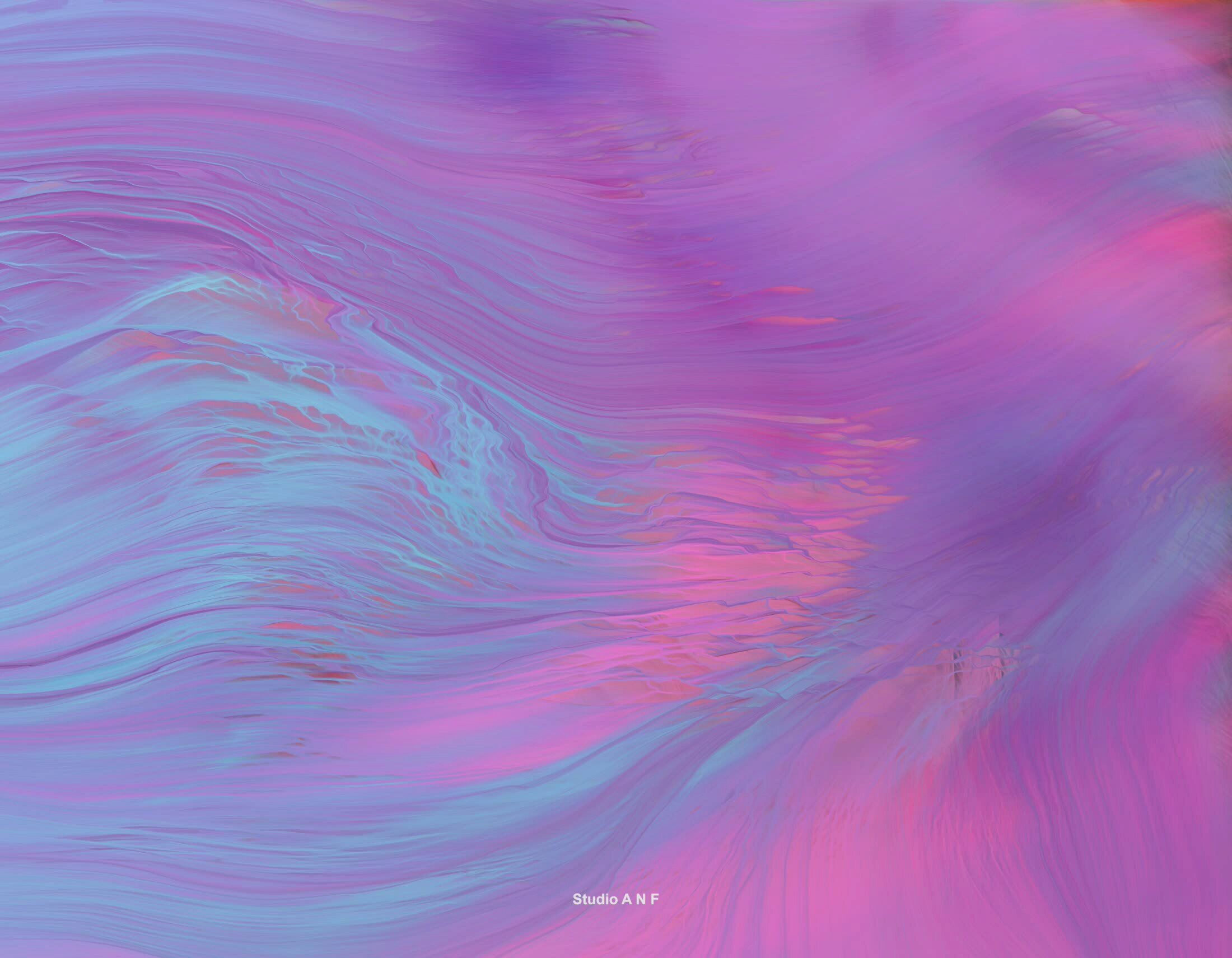
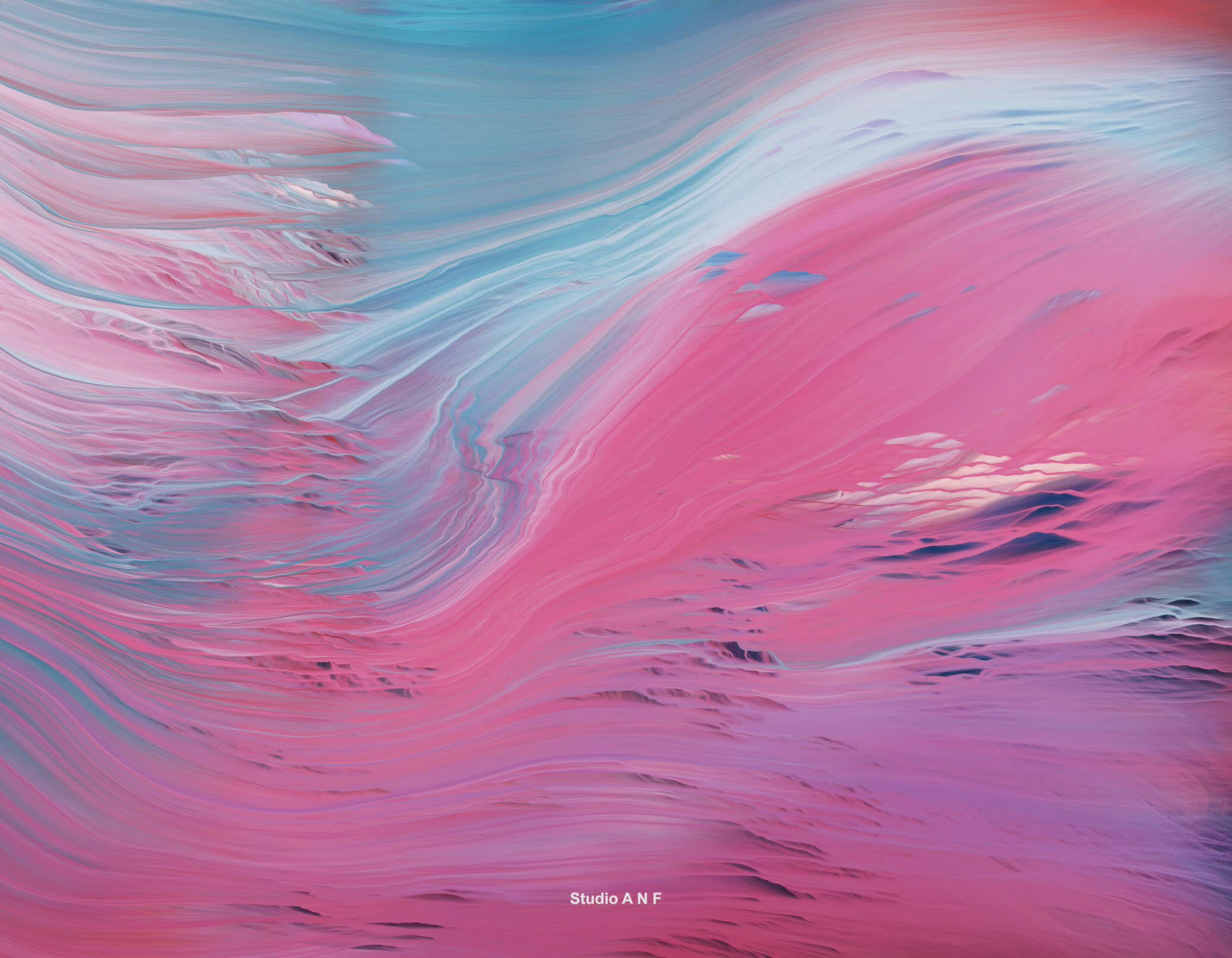
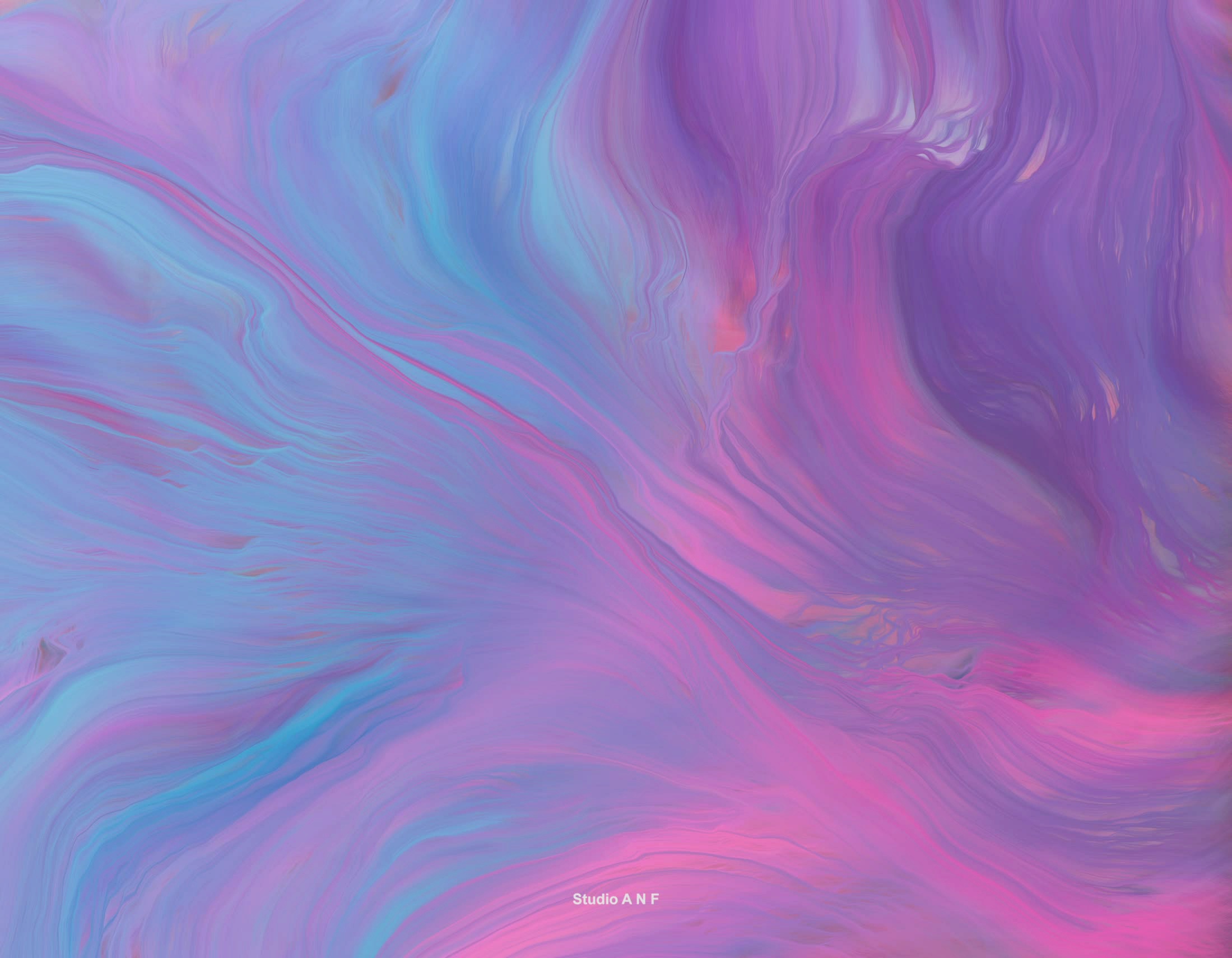
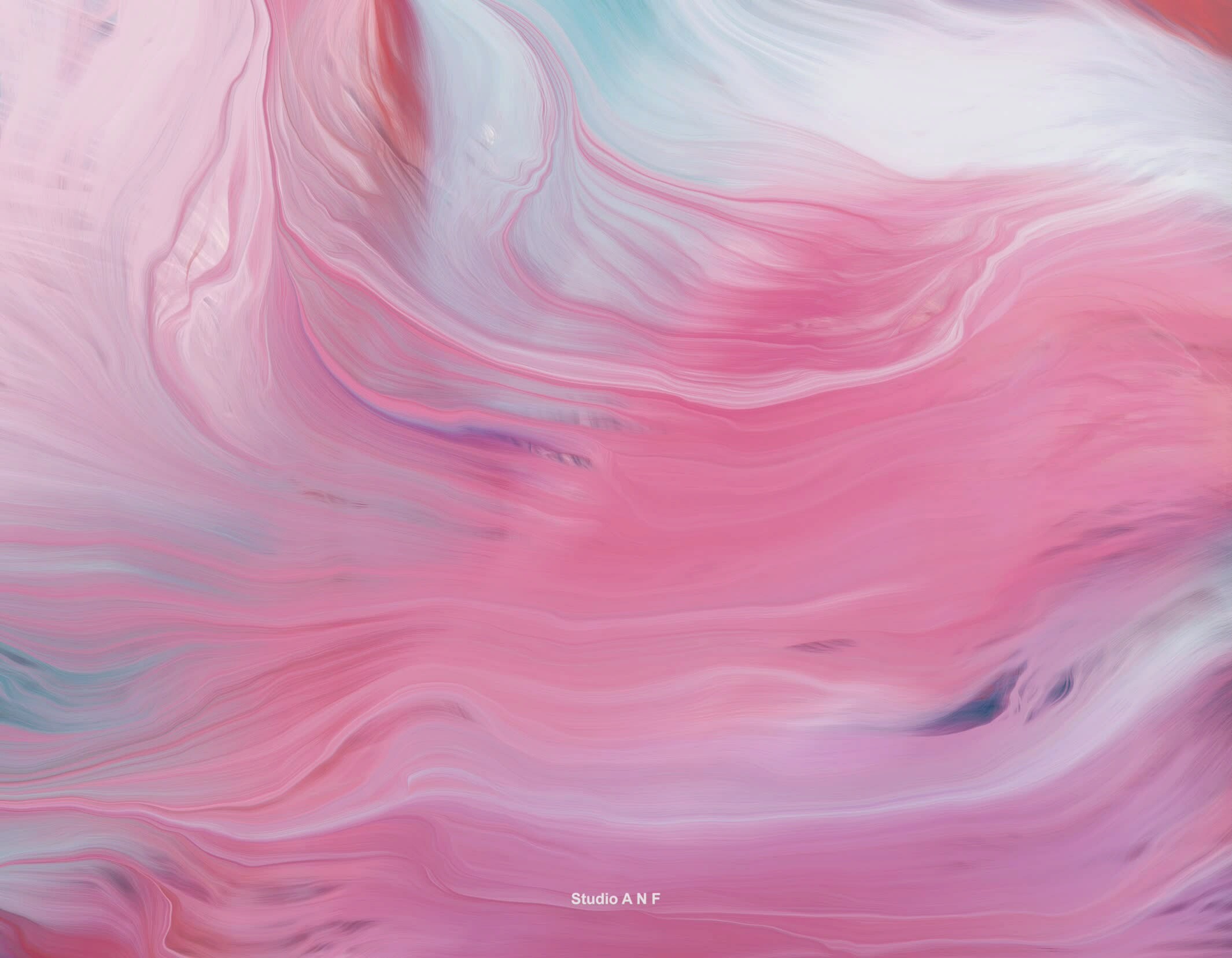
More Projects
Hypervoid X is new high-density procedural pop art c-prints based on the void series, which were generated over a period of days with our custom procedural software written in Processing. The colors are chosen to evoke associations to consumer products, neon lighting, and package design, similar to the artists of the 70s and 80s.
Pop art is a development that risen in the United Kingdom and the United States during the mid-to-late-1950s. The development displayed a test to customs of compelling artwork by including symbolism from well known and mass culture, for example, promoting, comic books and everyday social items. One of its points is to utilize pictures of well known (rather than elitist) culture in craftsmanship, accentuating the worn-out or kitschy components of any culture, frequently using irony. It is likewise connected with the specialists’ utilization of mechanical methods for multiplication or rendering systems. In pop craftsmanship, the material is now and again outwardly expelled from its known setting, confined, or joined with inconsequential material.
Among the early specialists that formed the pop craftsmanship development were Eduardo Paolozzi and Richard Hamilton in Britain, and Larry Rivers, Robert Rauschenberg and Jasper Johns among others in the United States. Pop art is broadly translated as a response to the then-predominant thoughts of dynamic expressionism, just as a development of those ideas.[4] Due to its use of discovered items and pictures, it is like Dada. Pop art and moderation are viewed as art developments that go before postmodern craftsmanship or are the absolute most punctual instances of postmodern art themselves.
More Projects
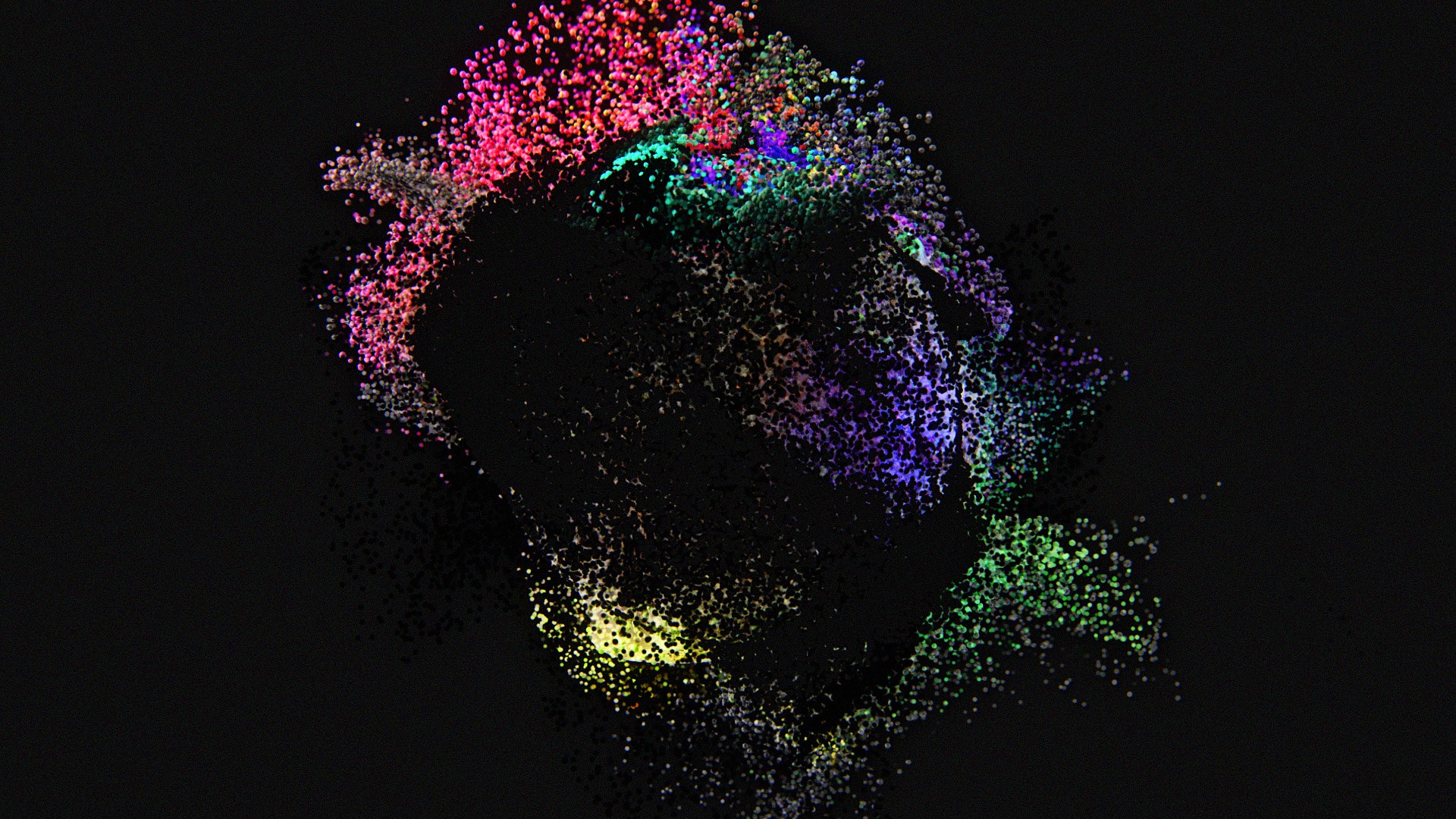
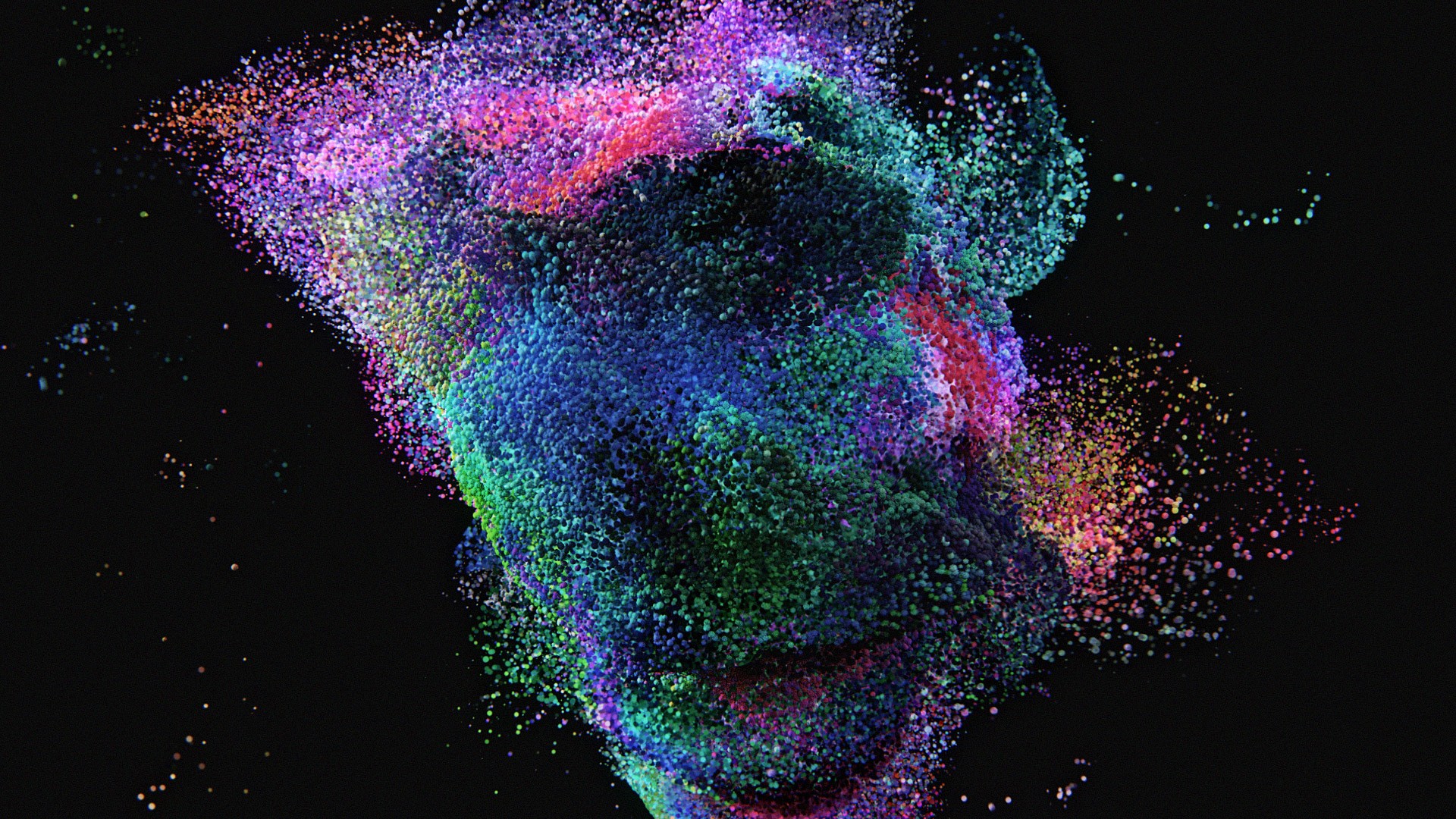
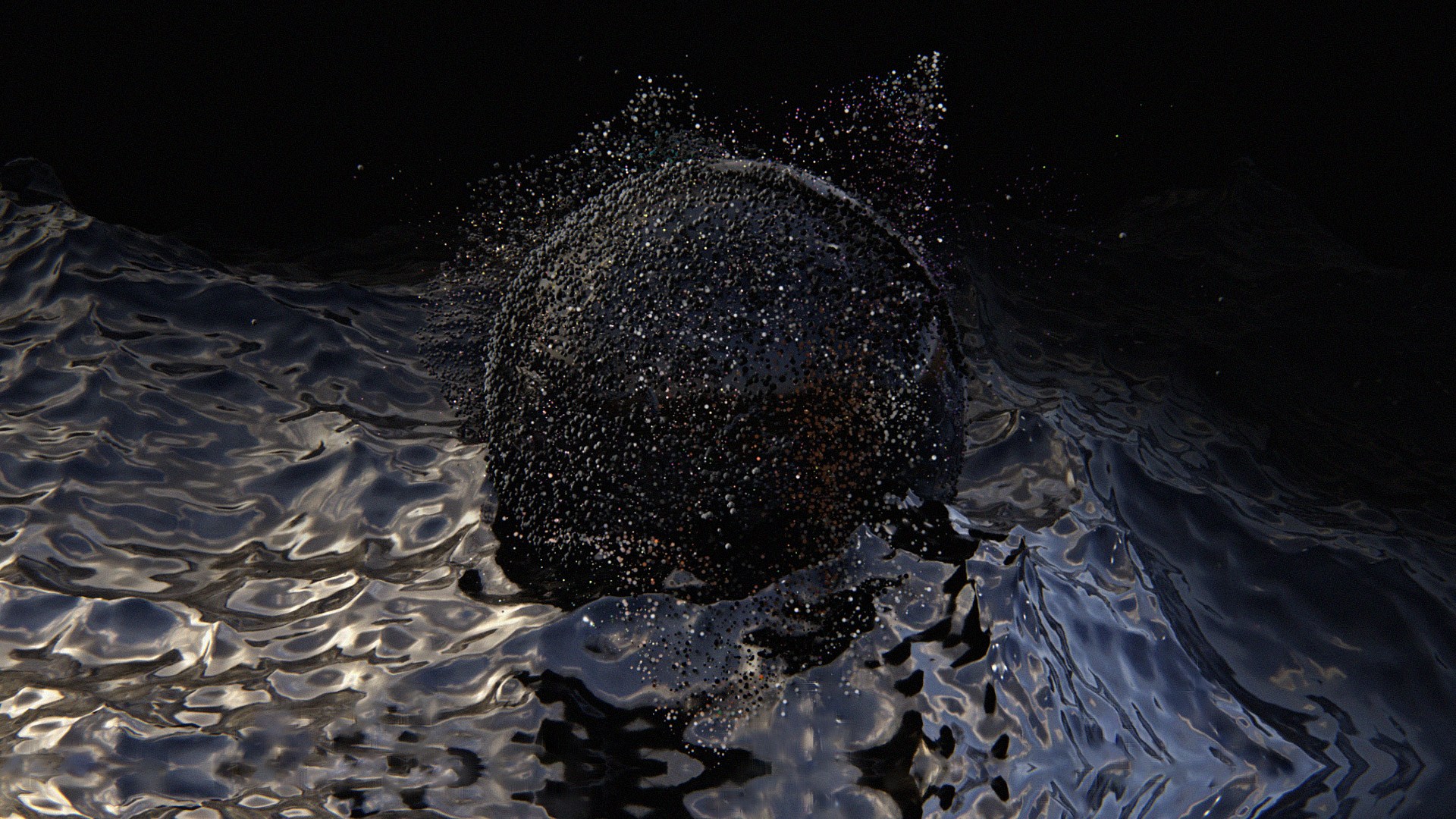
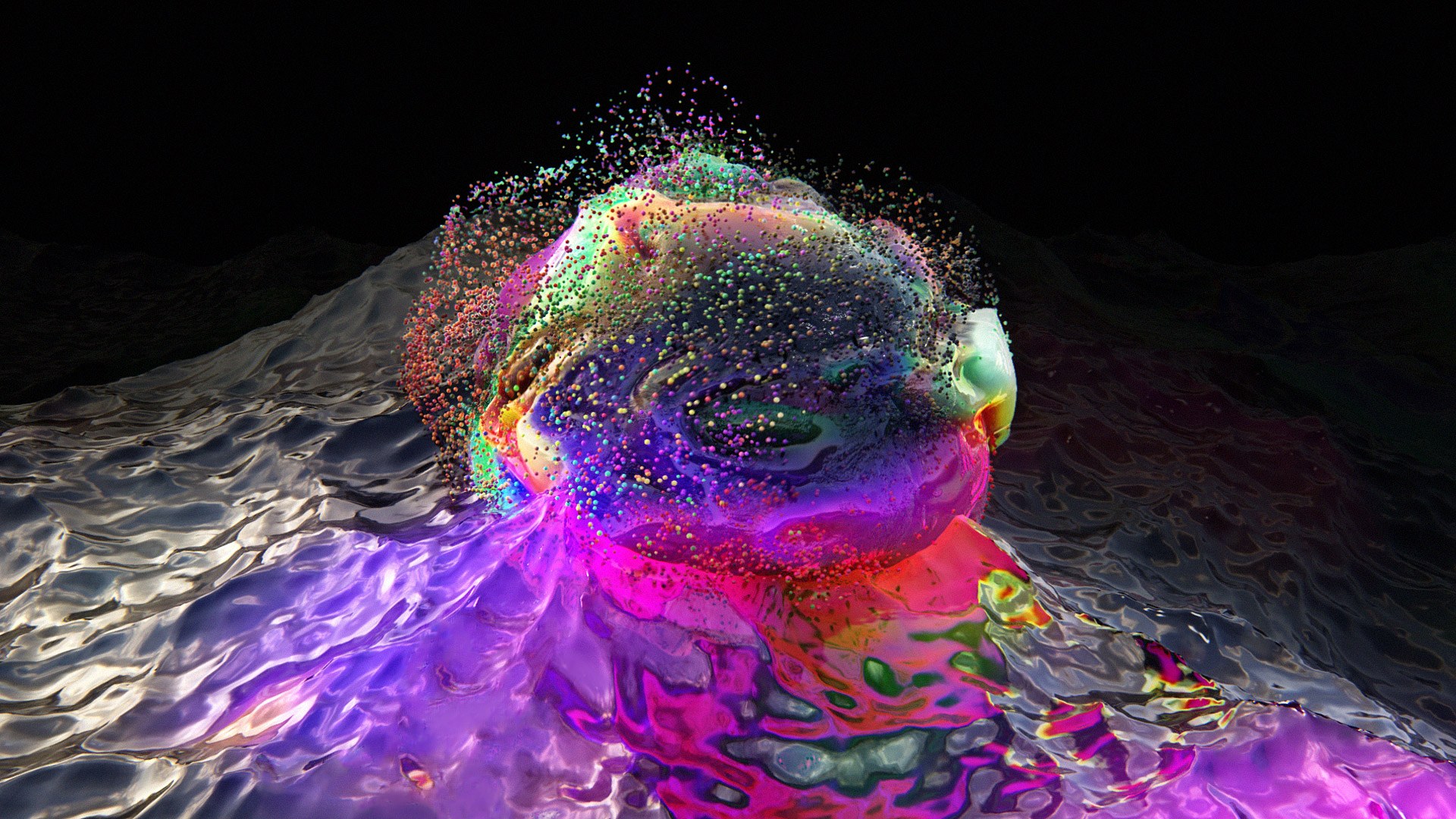
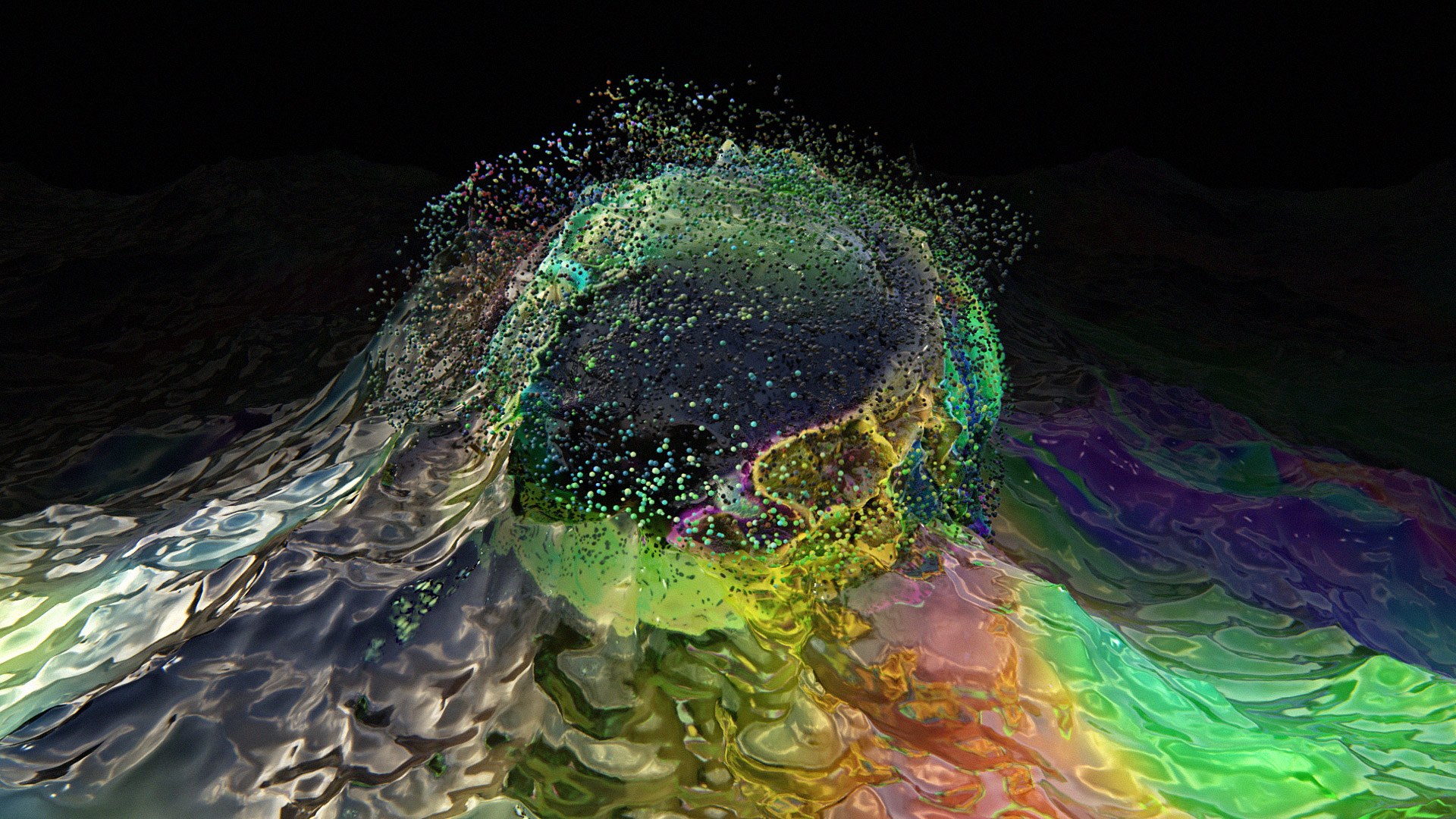
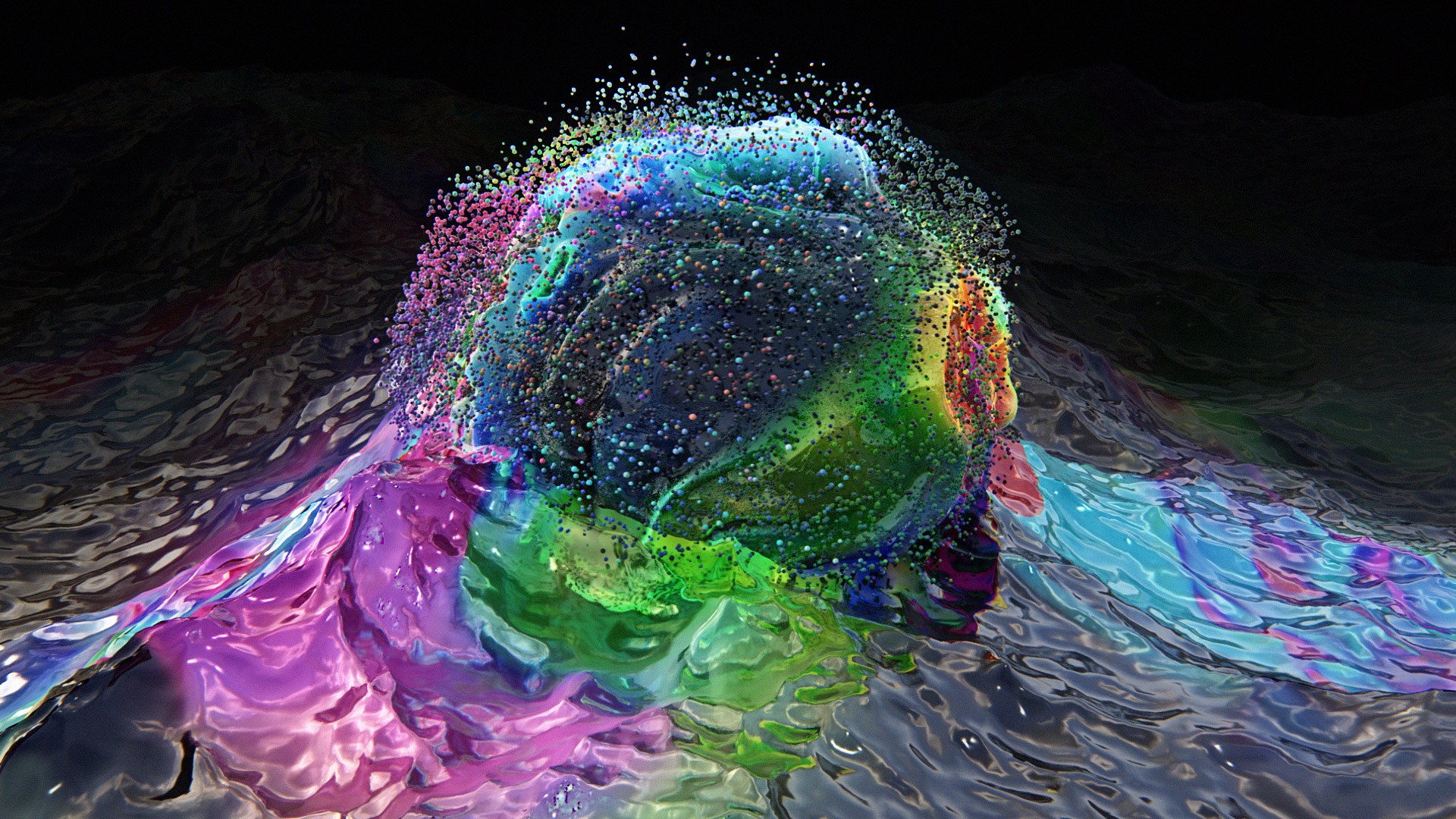
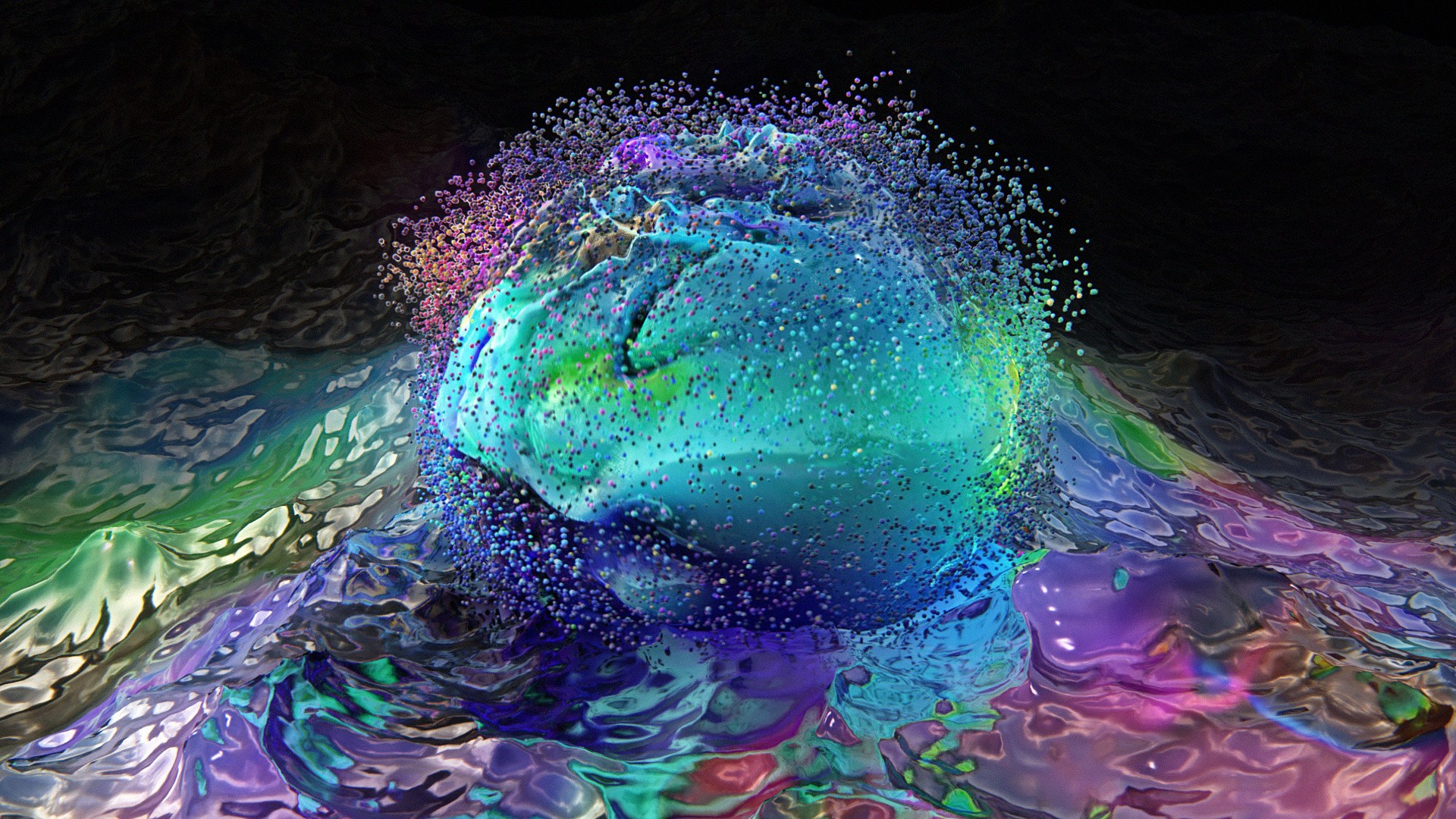
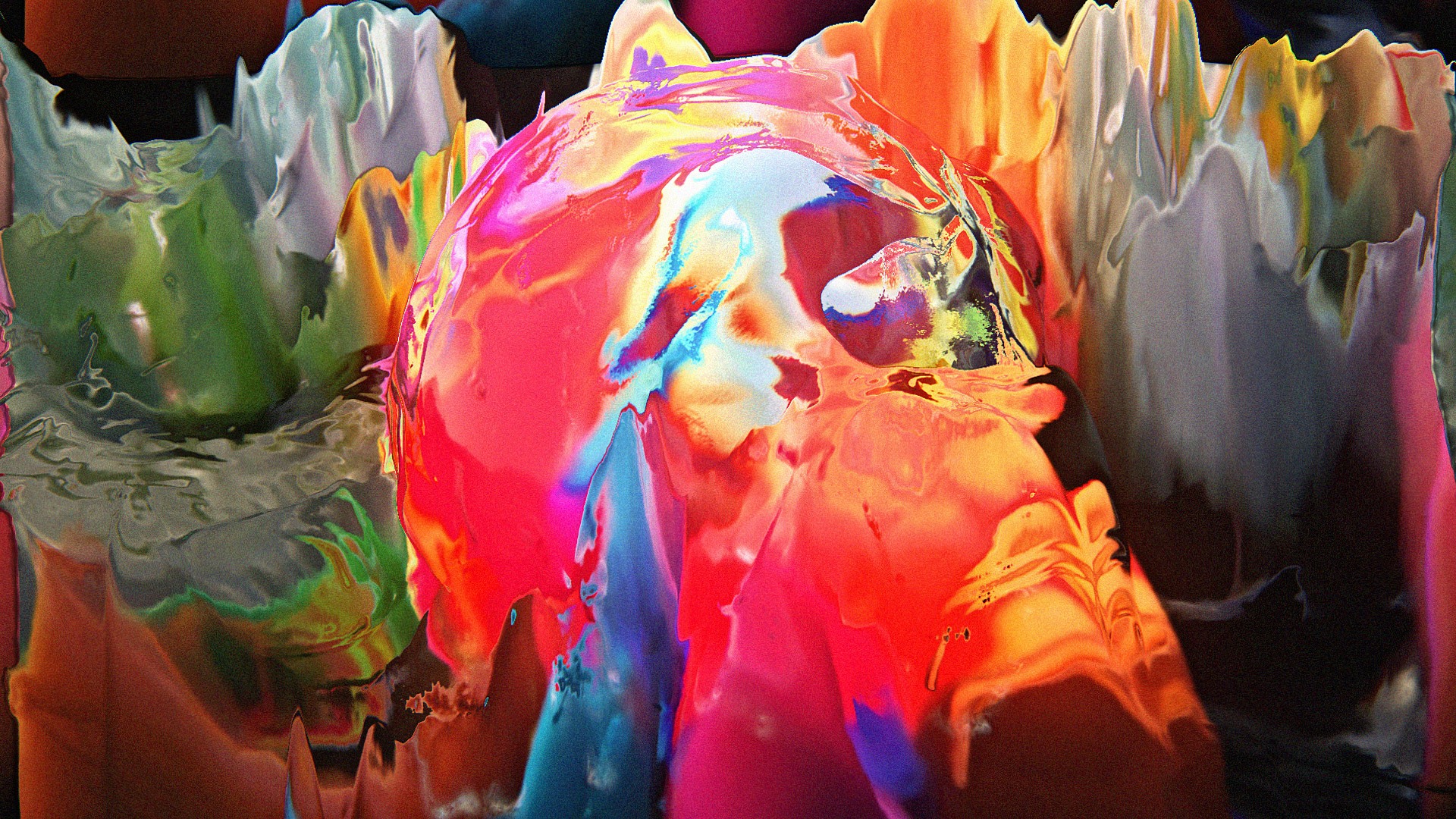
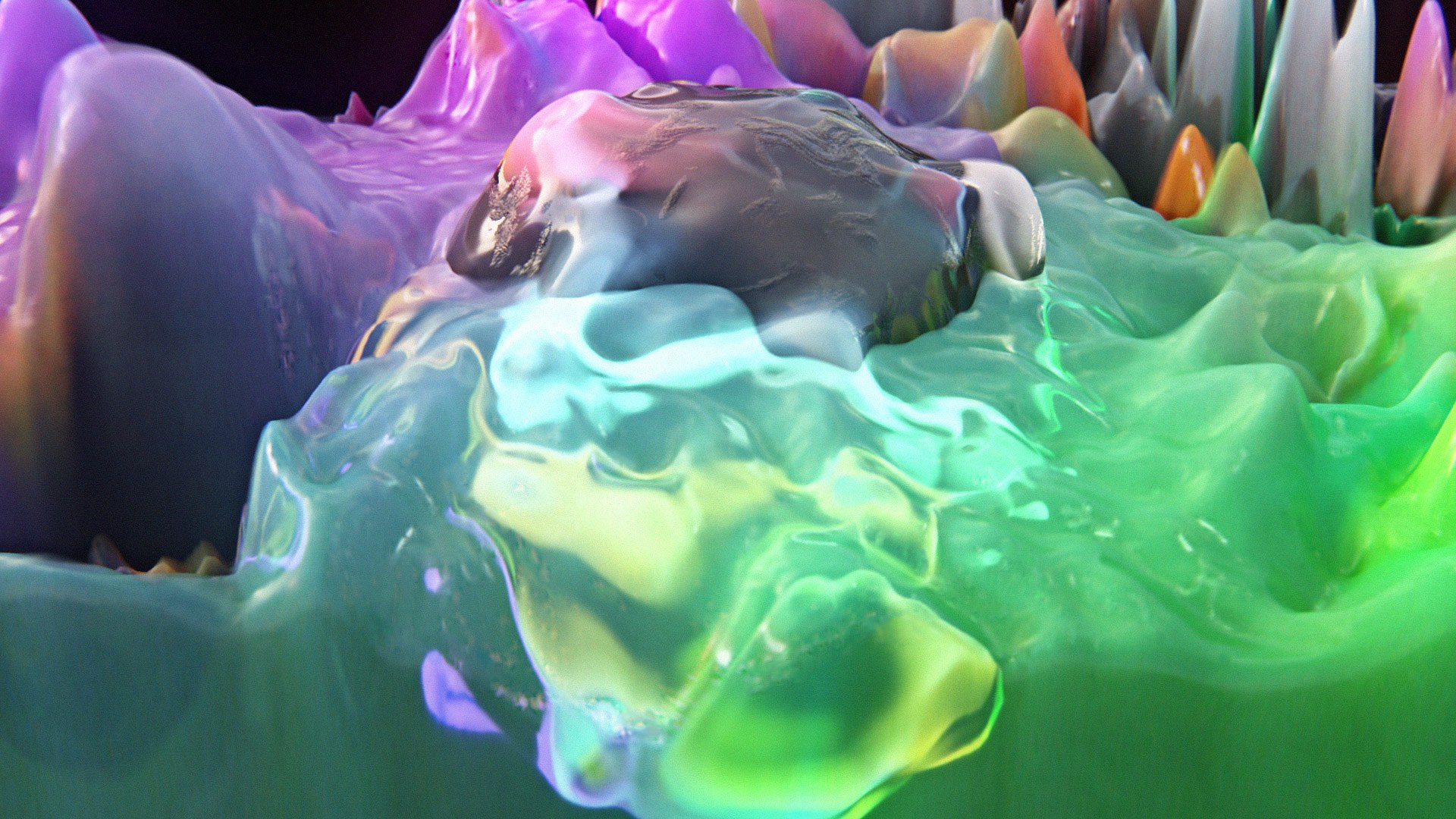
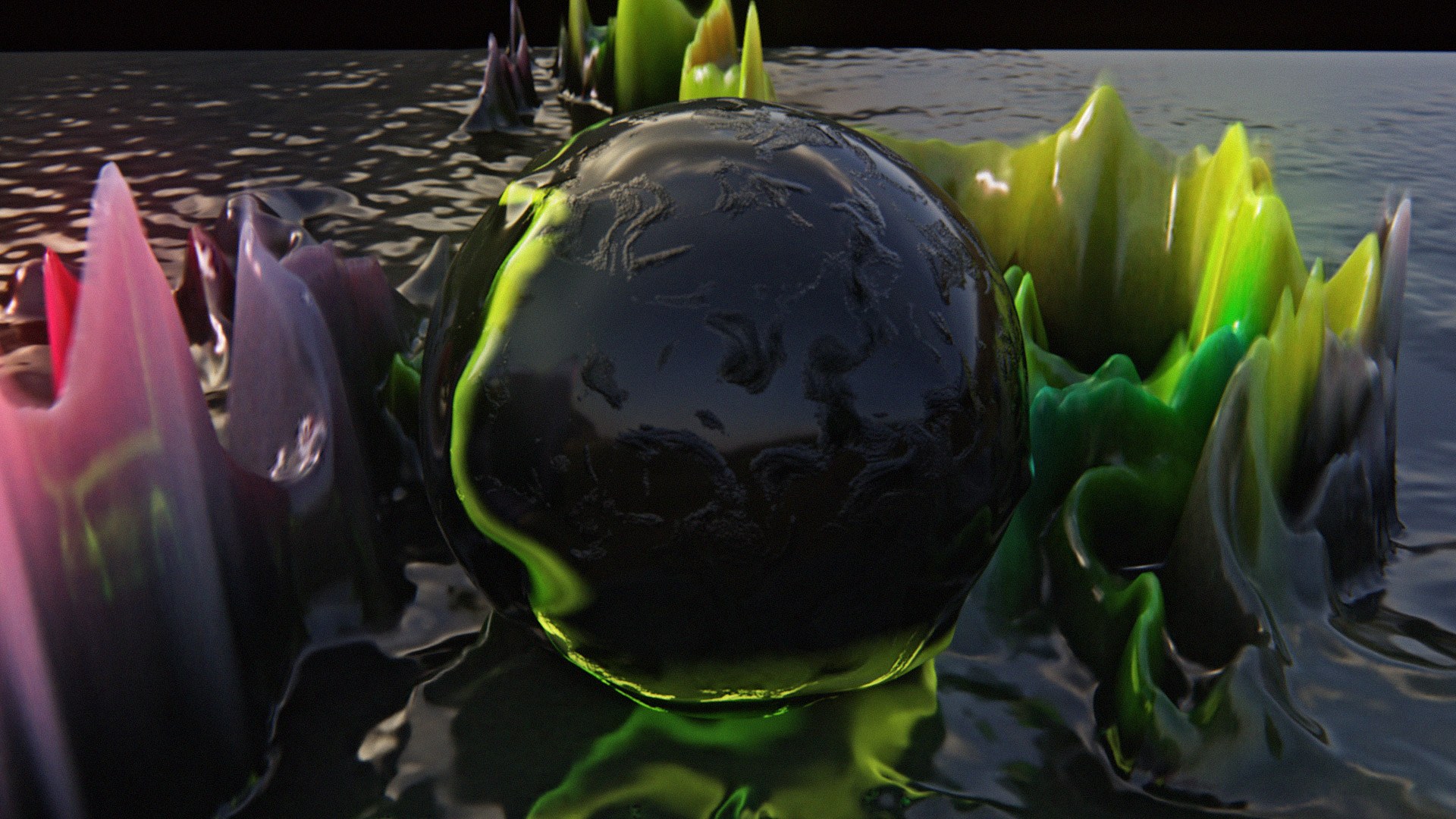
More Projects
Triple Channel Video; 3 X 4k UHD 3840 x 2160; 4:00; 30fps
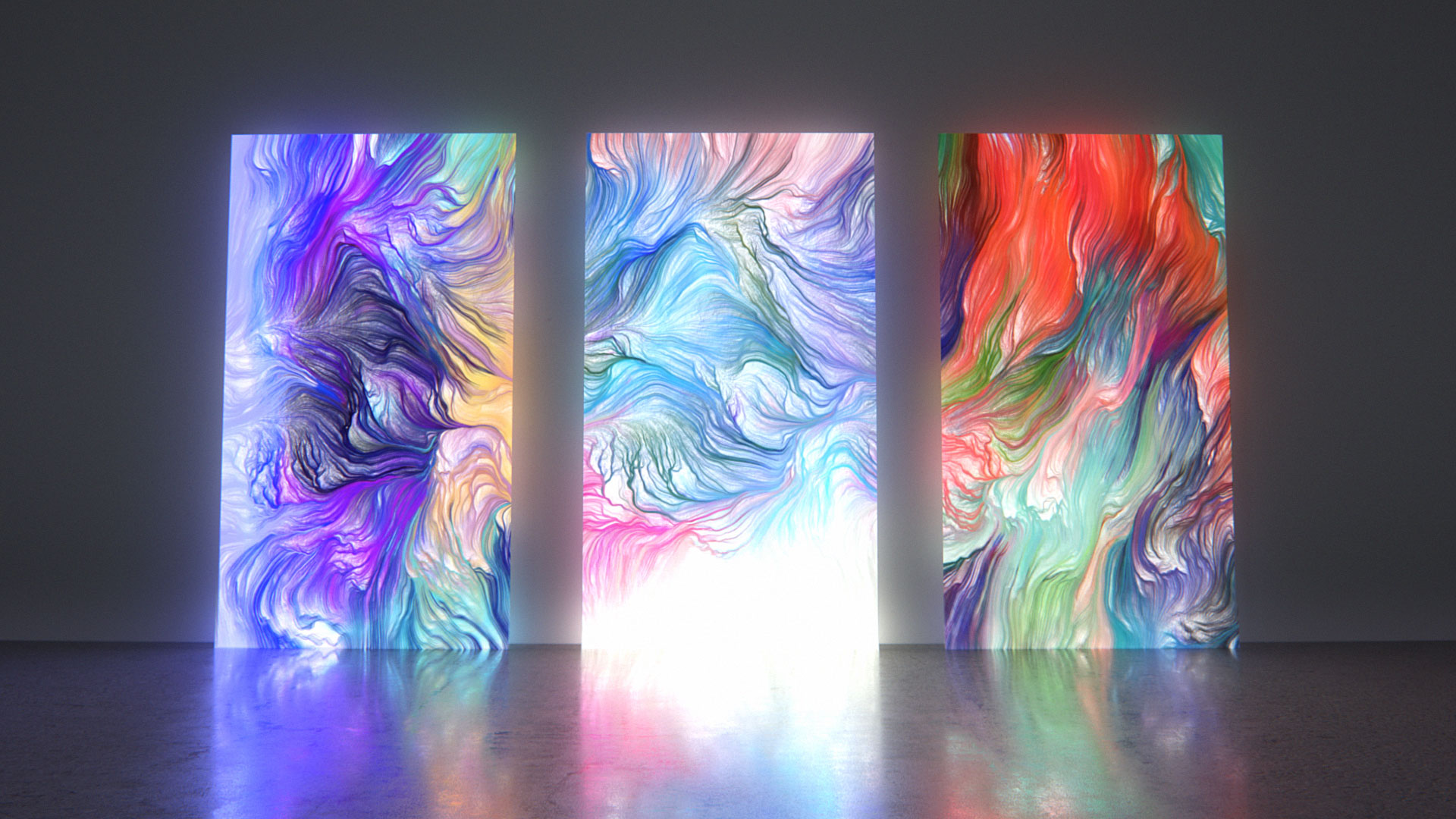
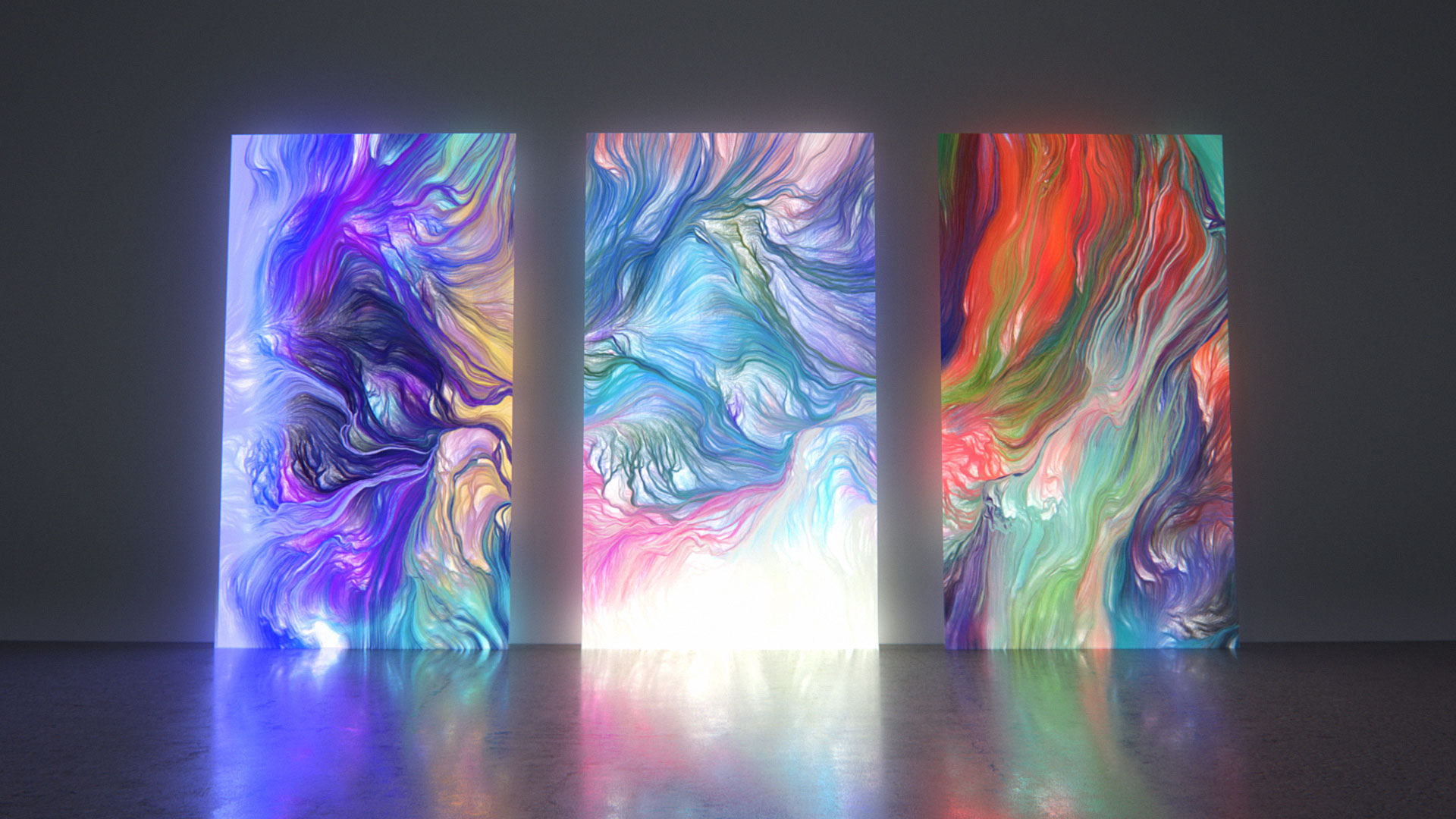
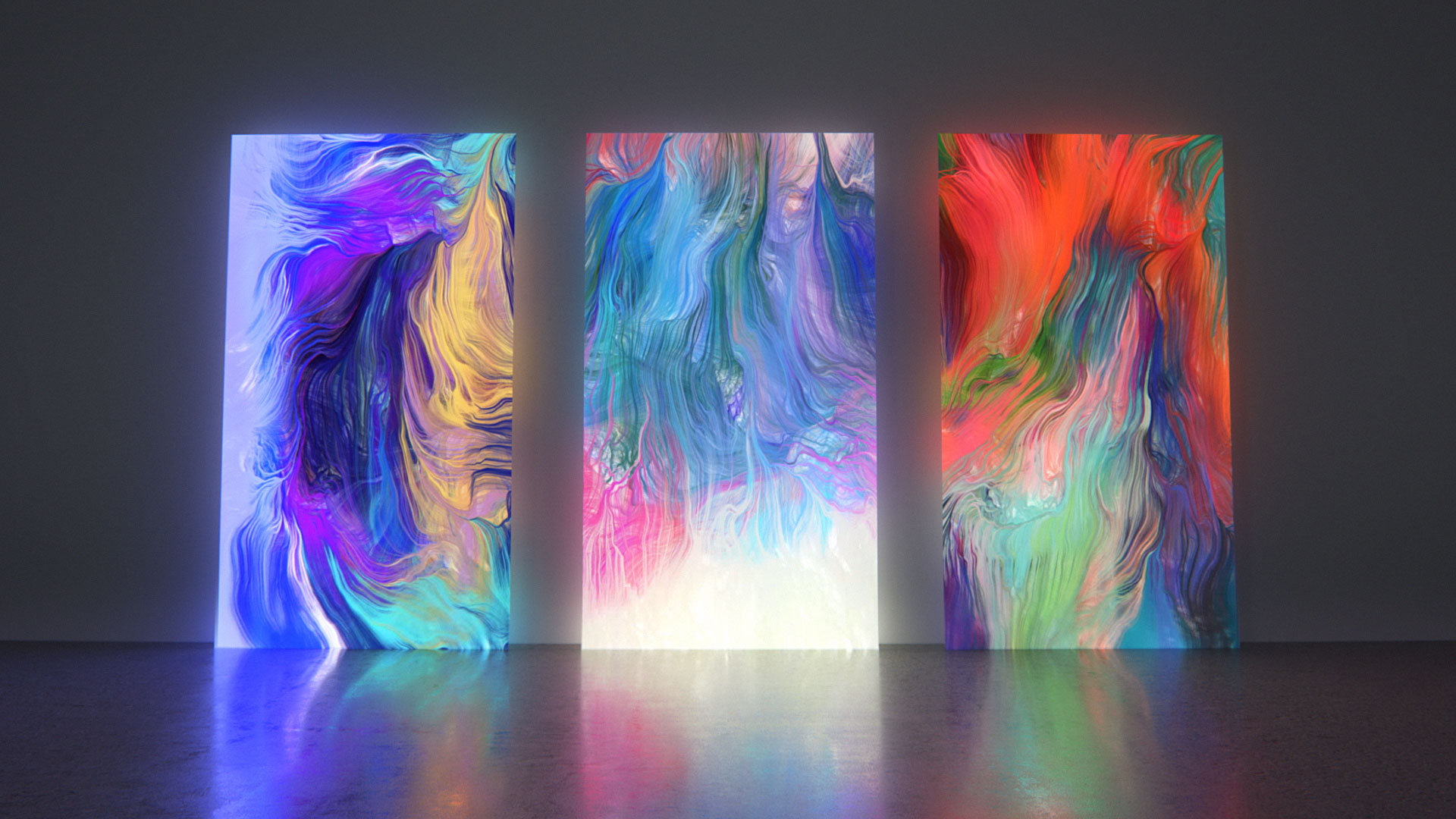
More Projects
Schwarm 2k14 I
Schwarm 2k14 II
Schwarm 2k14 III
More Projects
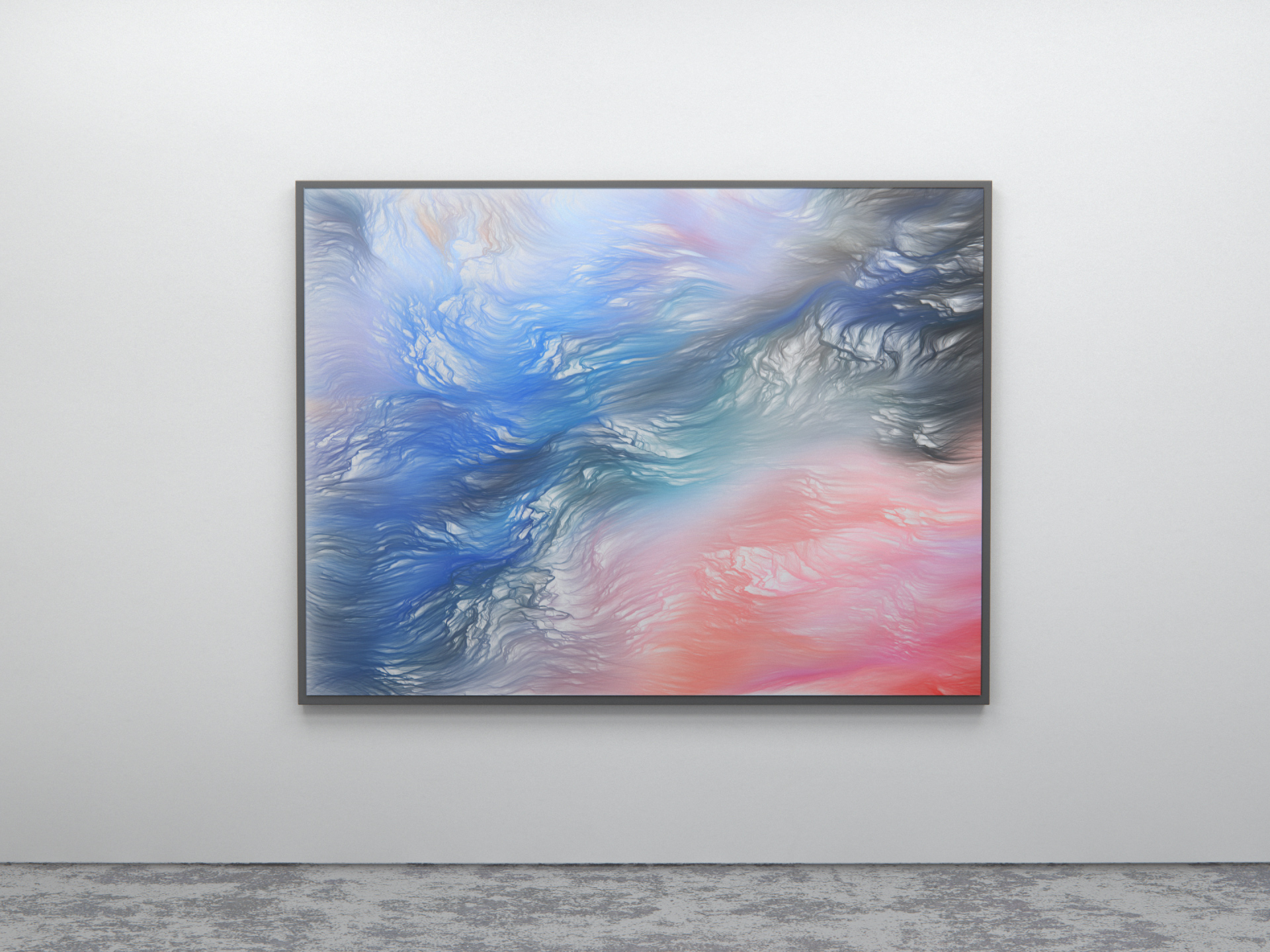
V0ID V 01 Installation View
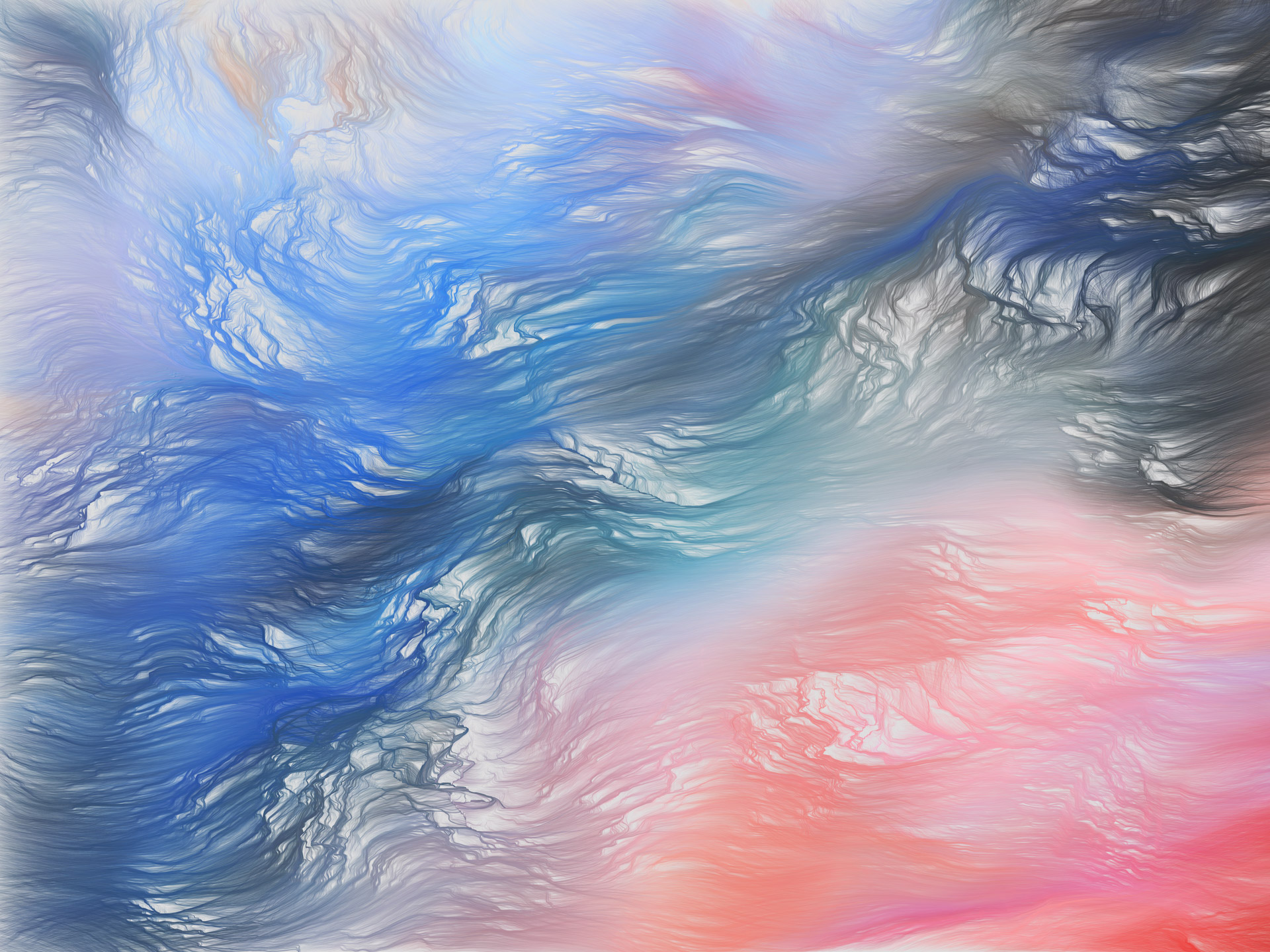
V0ID V 01
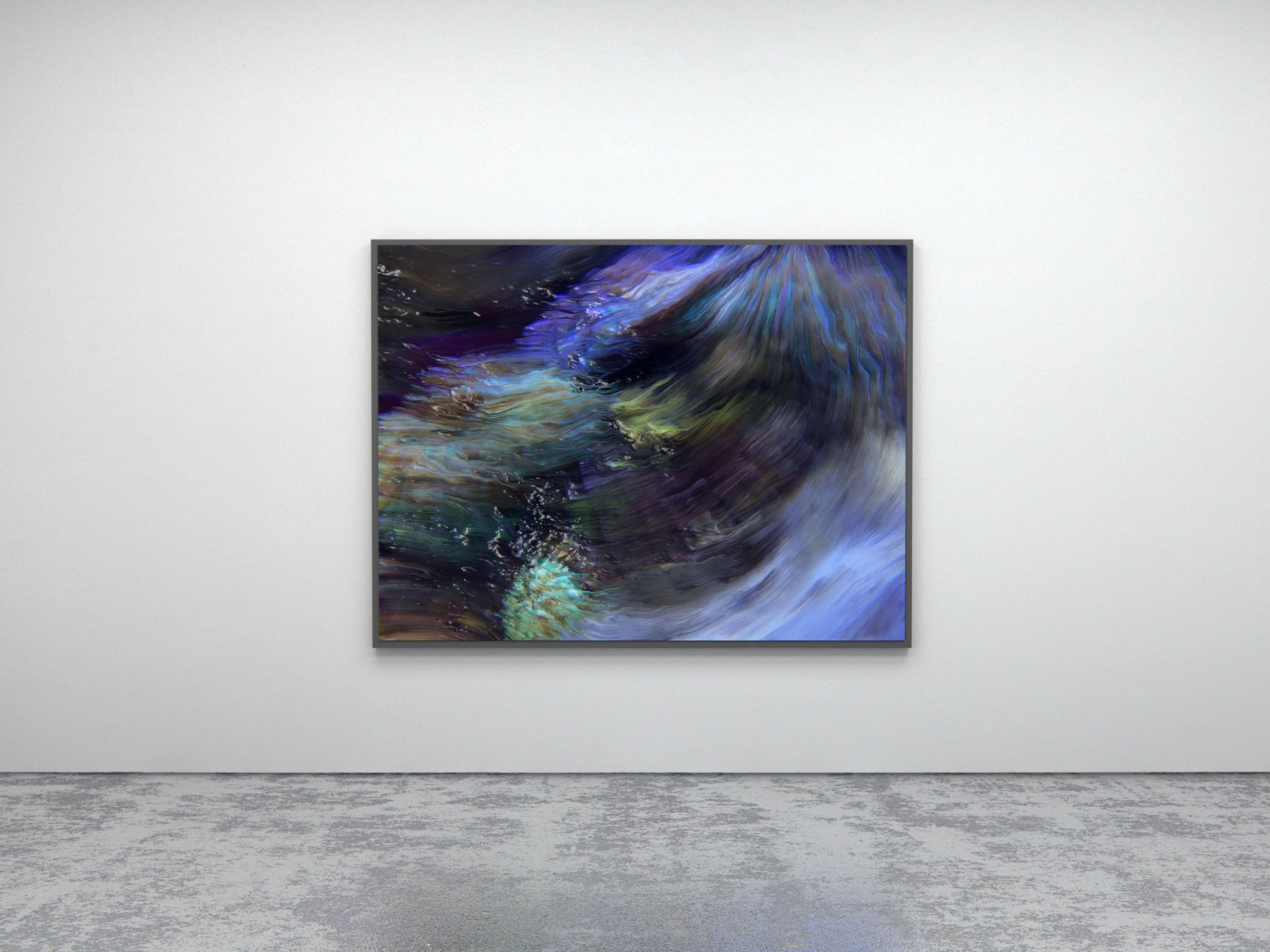
V0ID V 02 Installation View
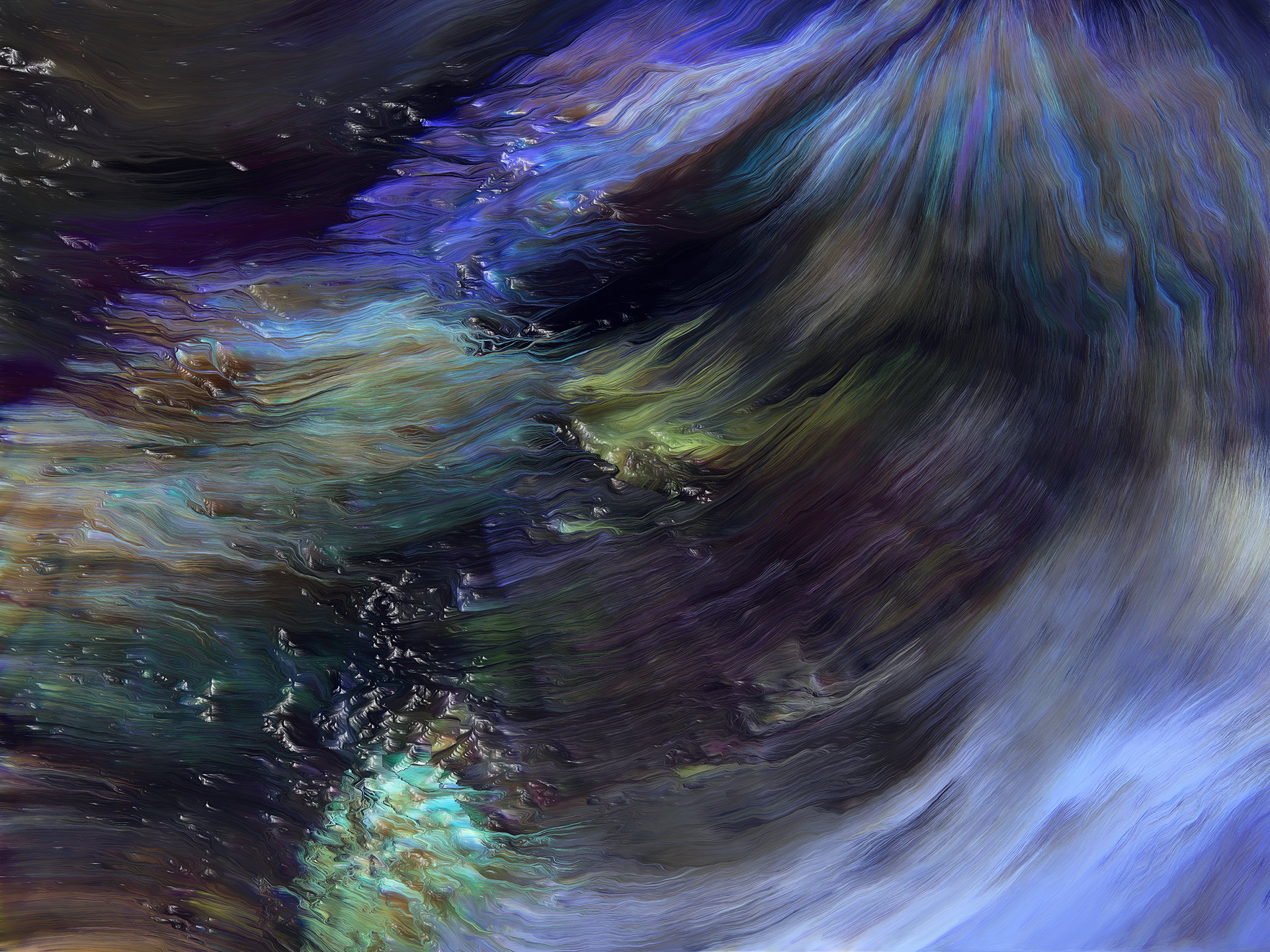
V0ID V 02
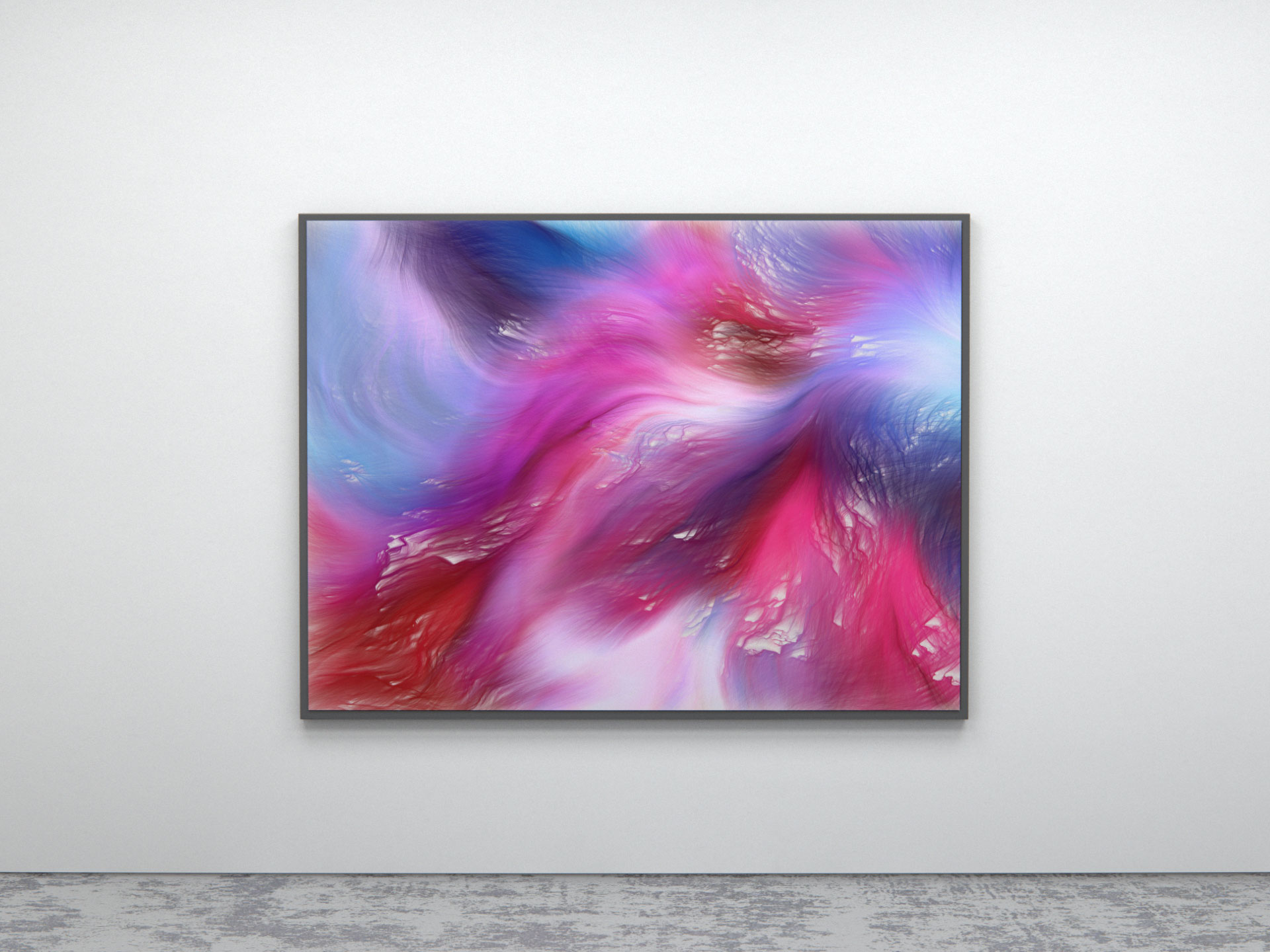
V0ID V 03 Installation View
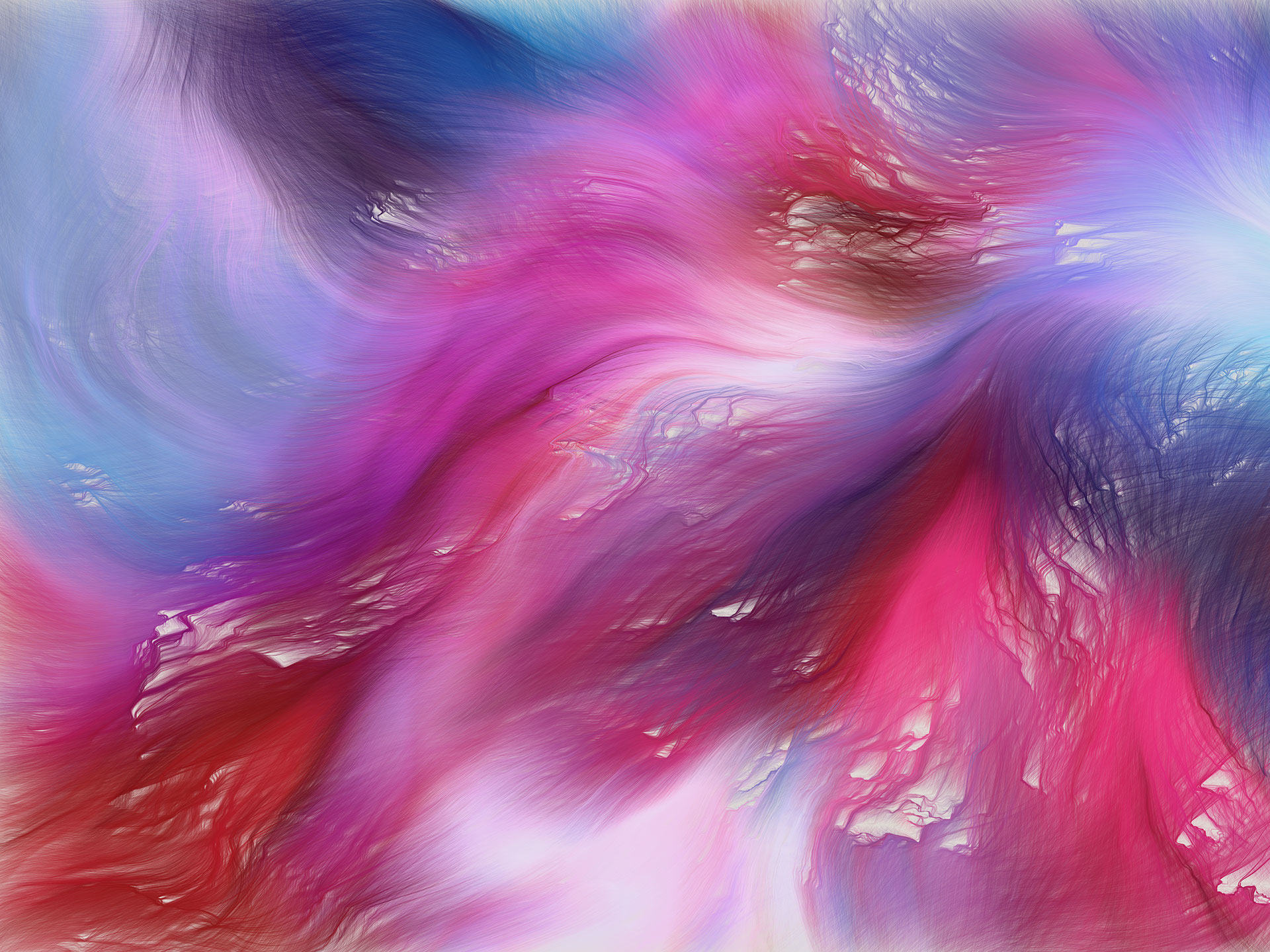
V0ID V 03
More Projects
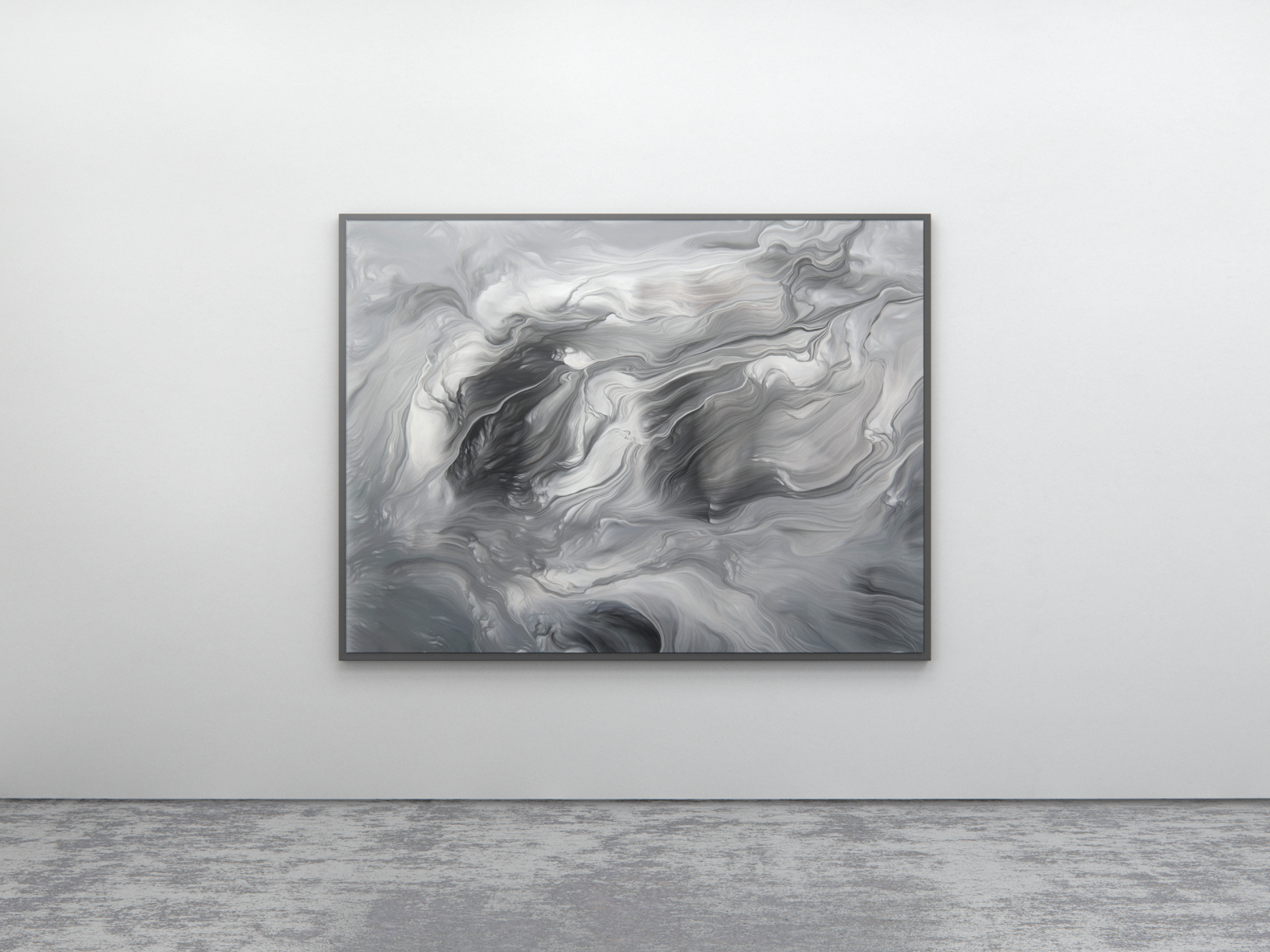
V0ID IV 01 Installation View
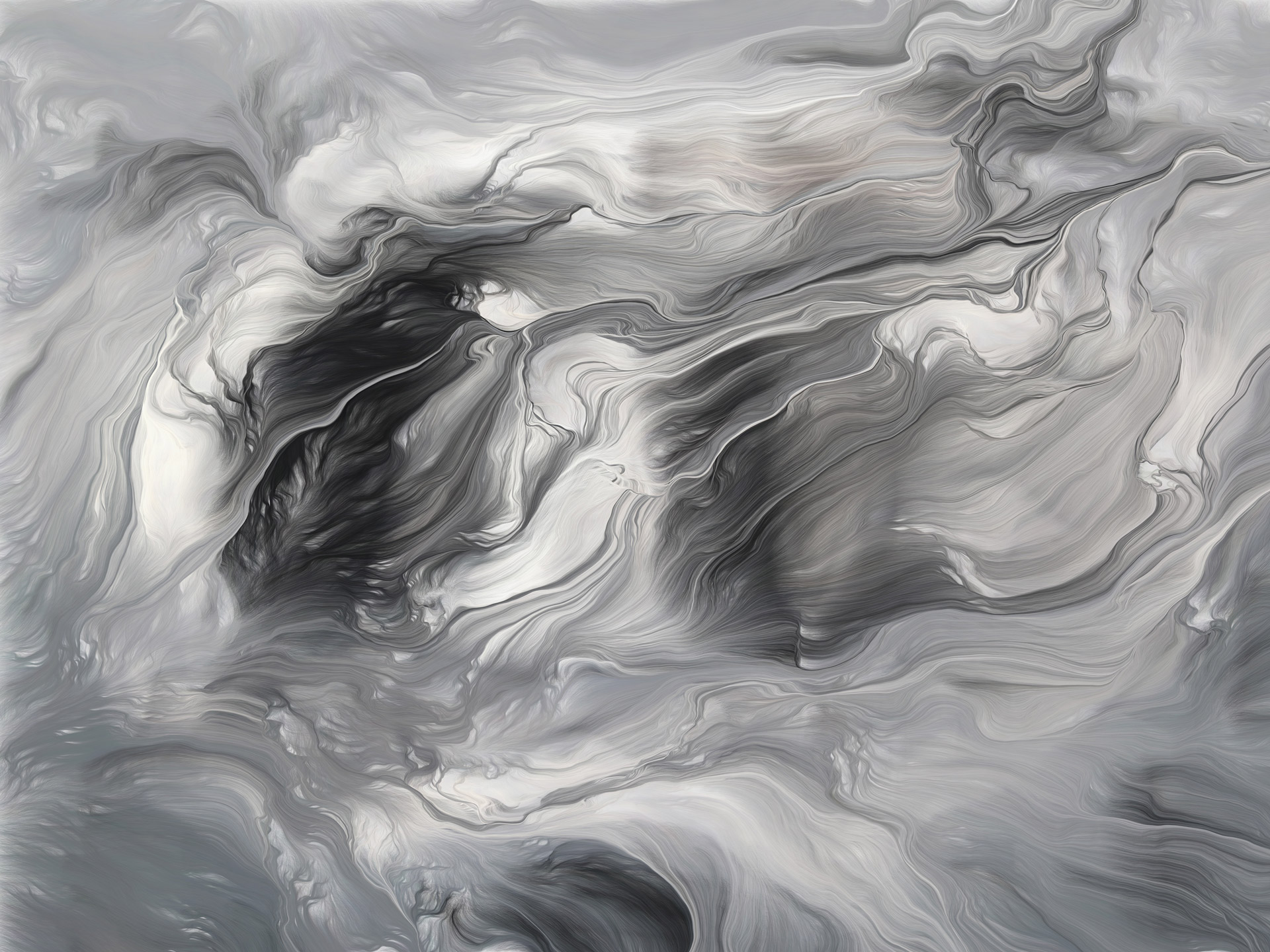
V0ID IV 01
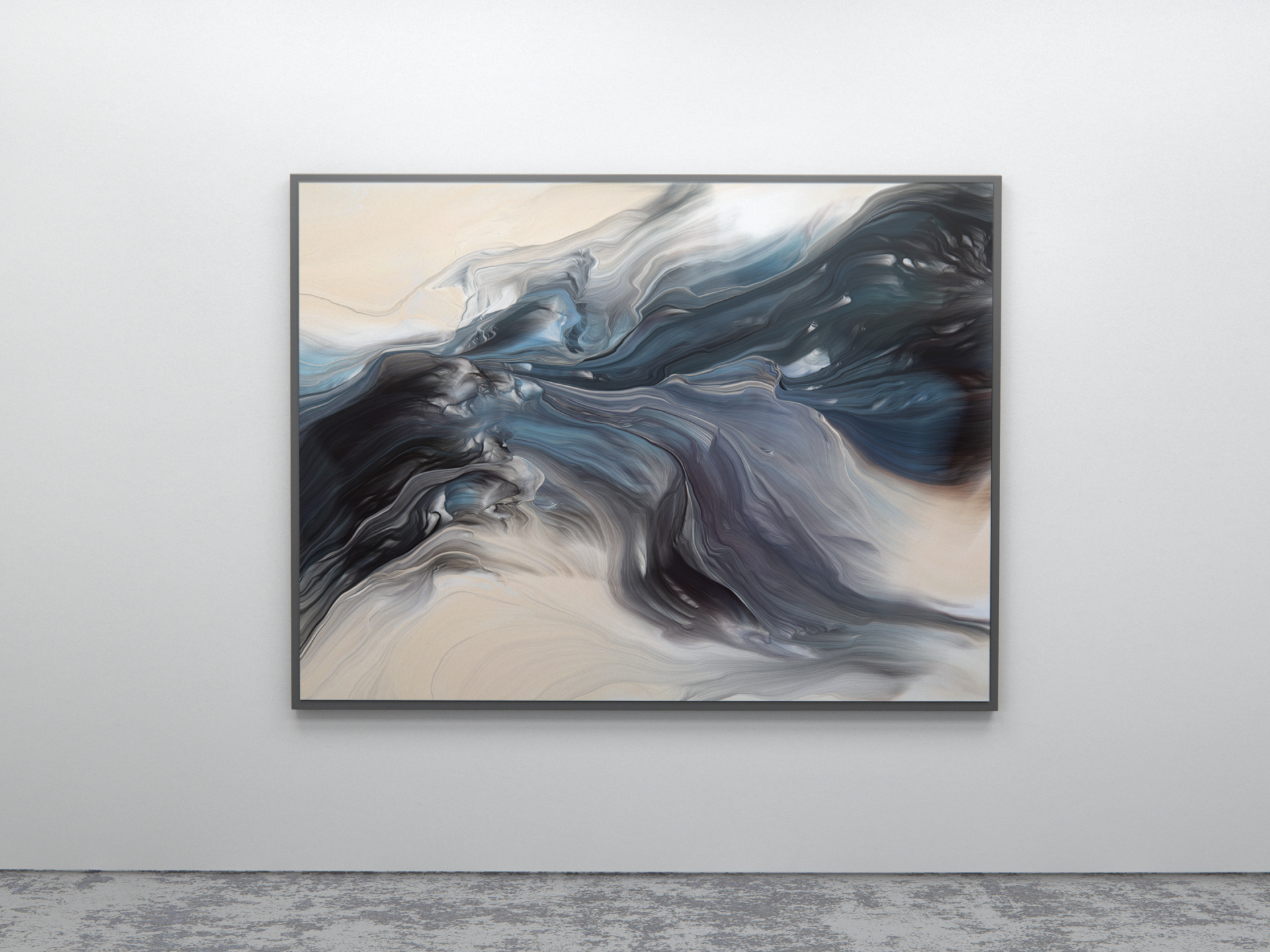
V0ID IV 02 Installation View
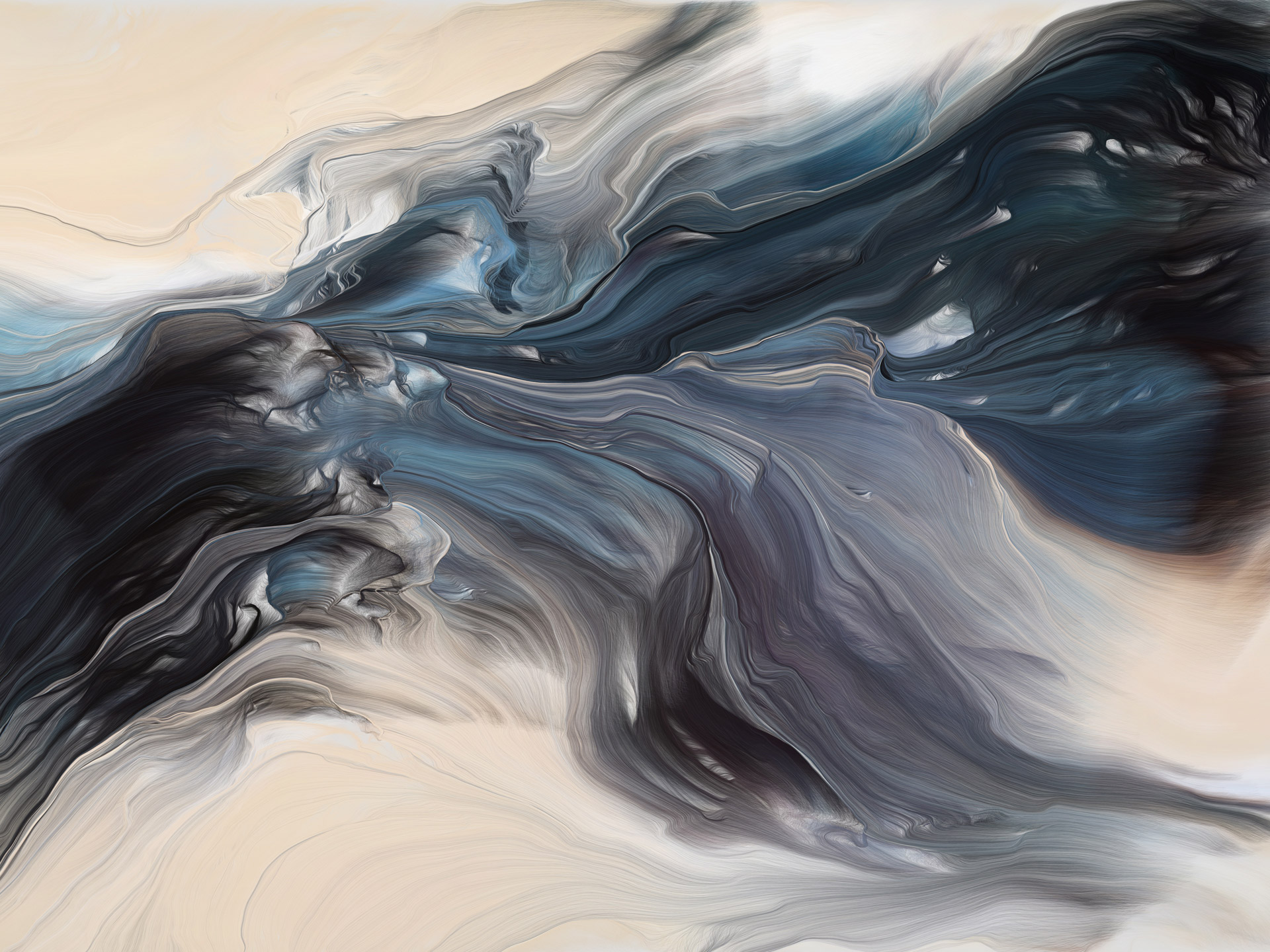
V0ID IV 02
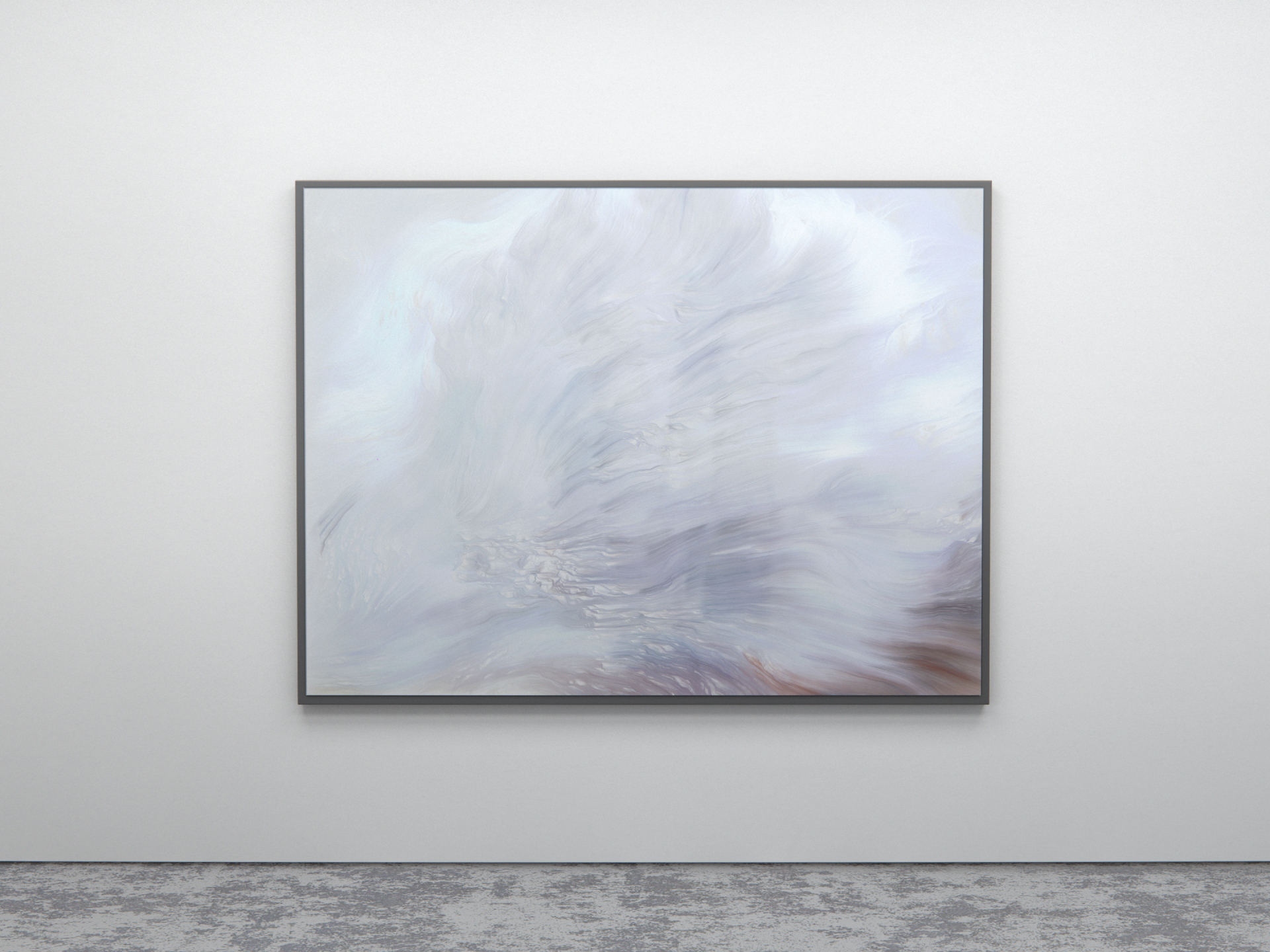
V0ID IV 03 Installation View
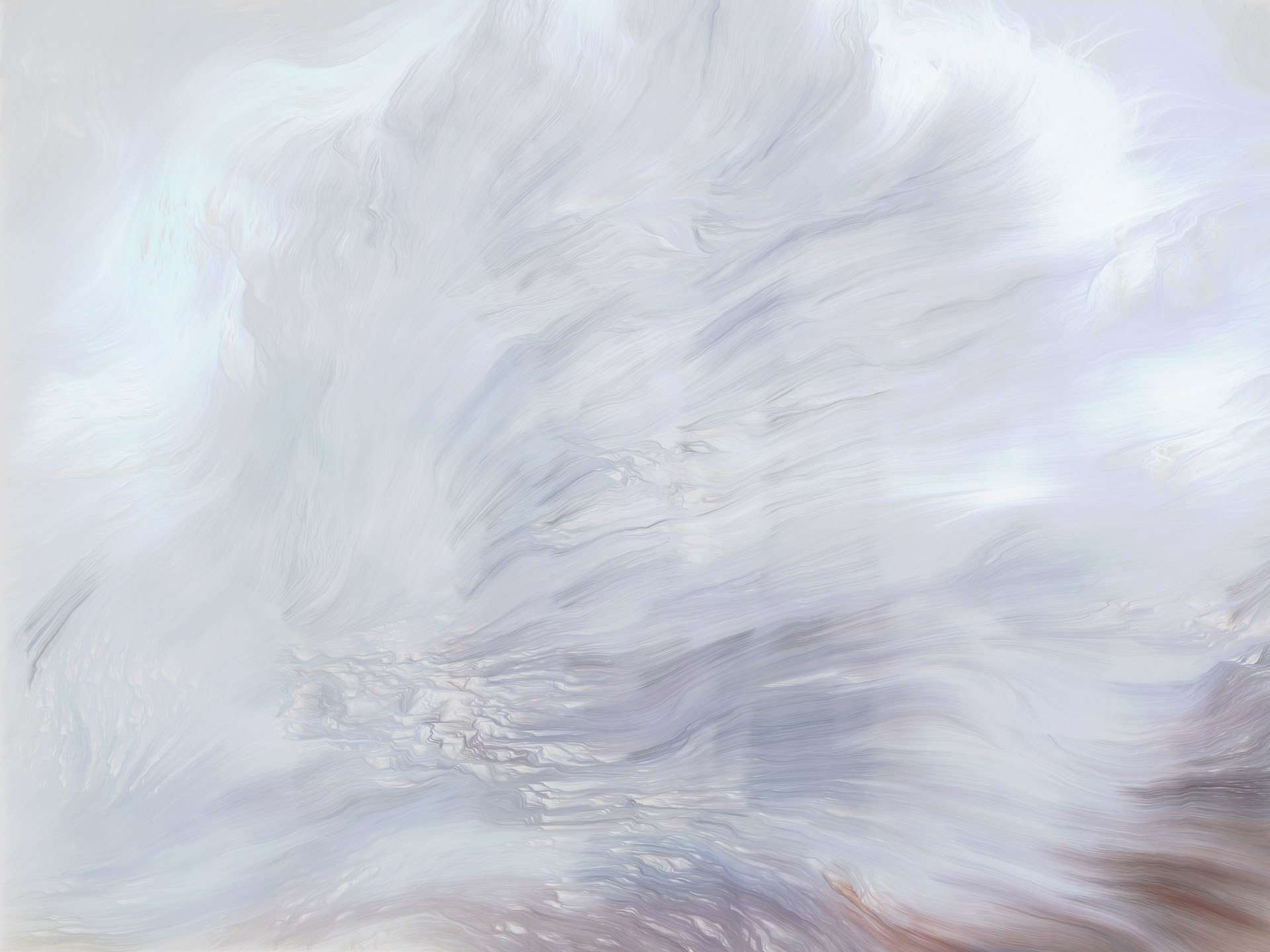
V0ID IV 03
More Projects
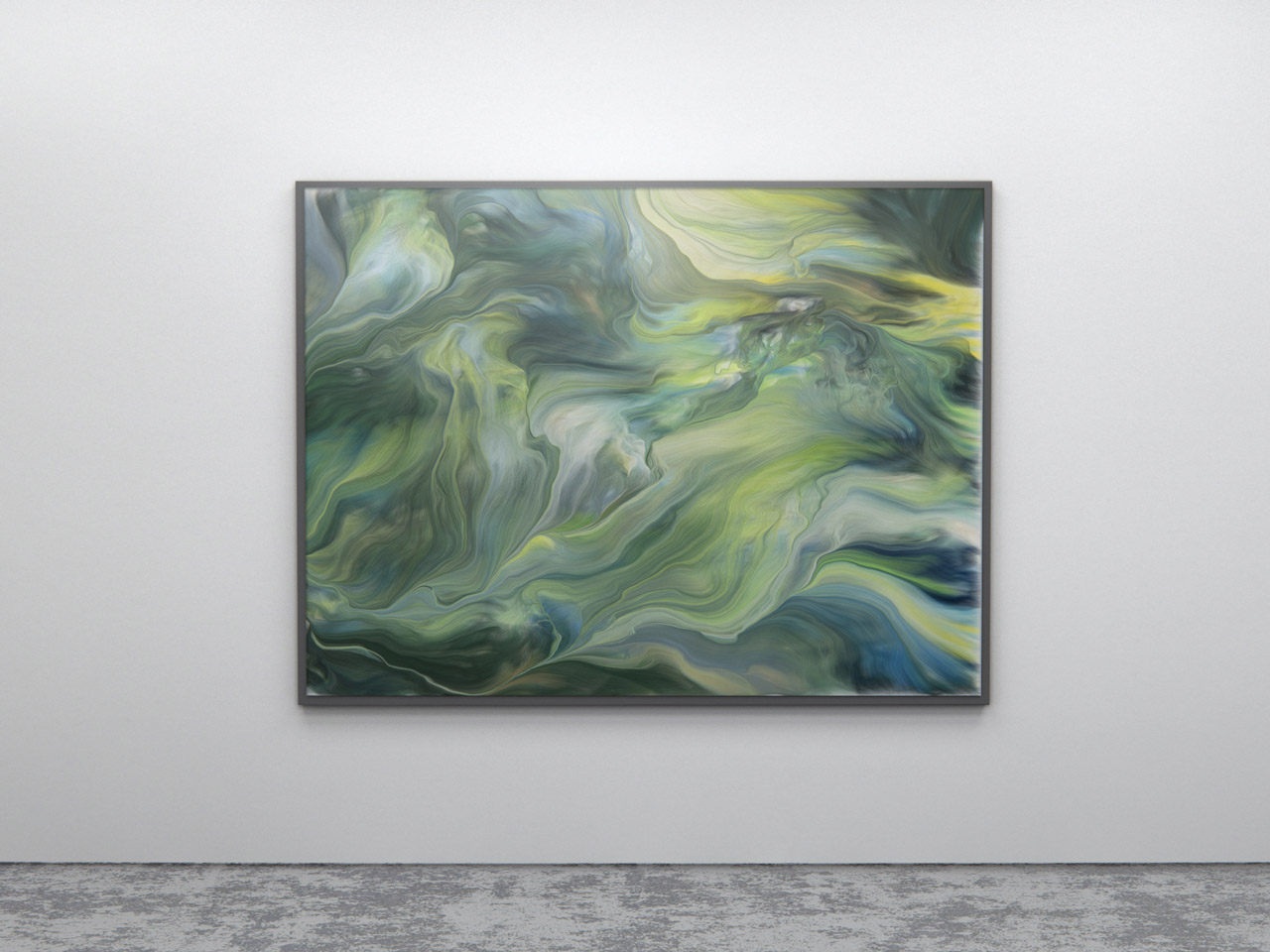
V0ID III 01
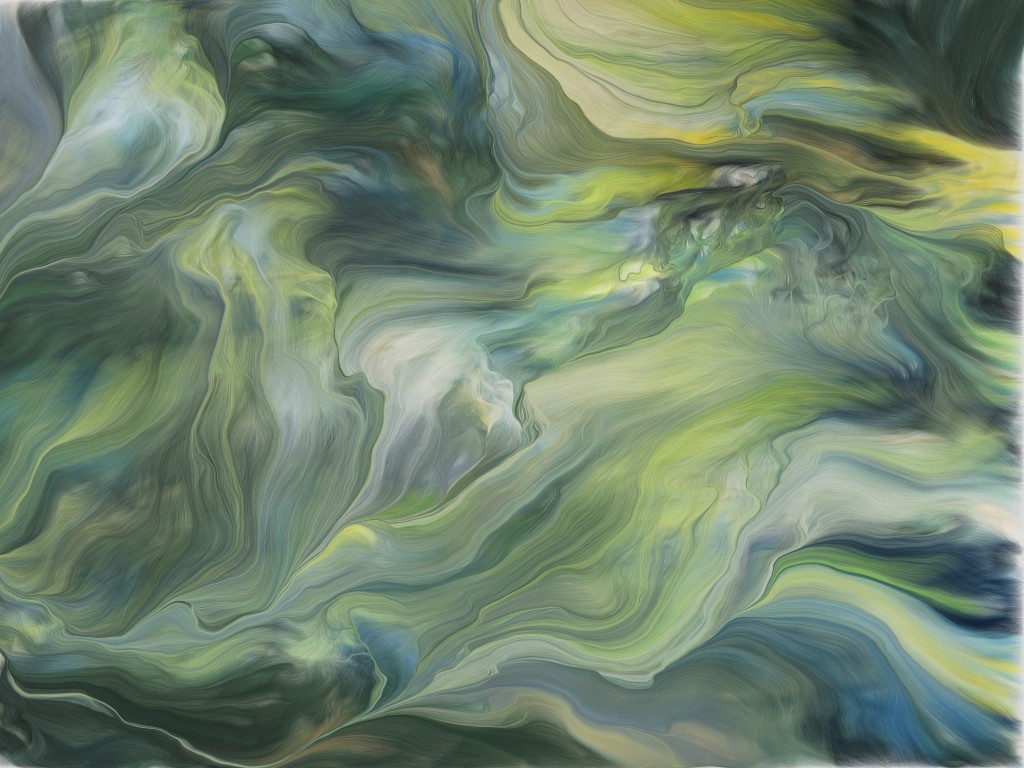
V0ID III 01
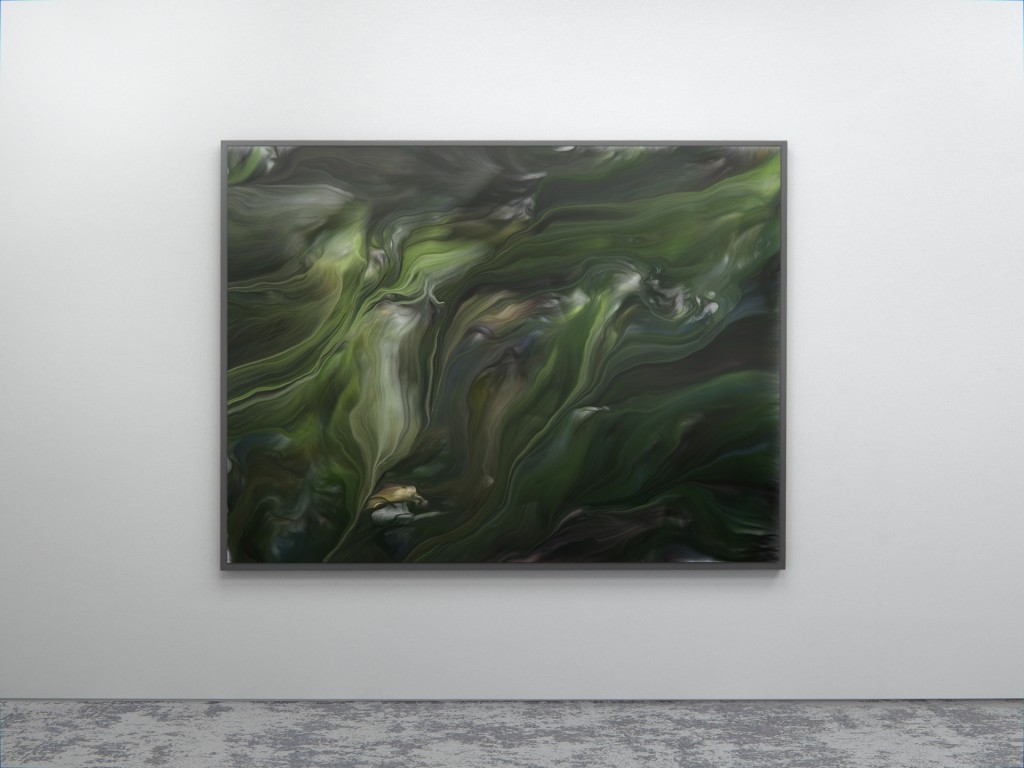 V0ID III 02
V0ID III 02
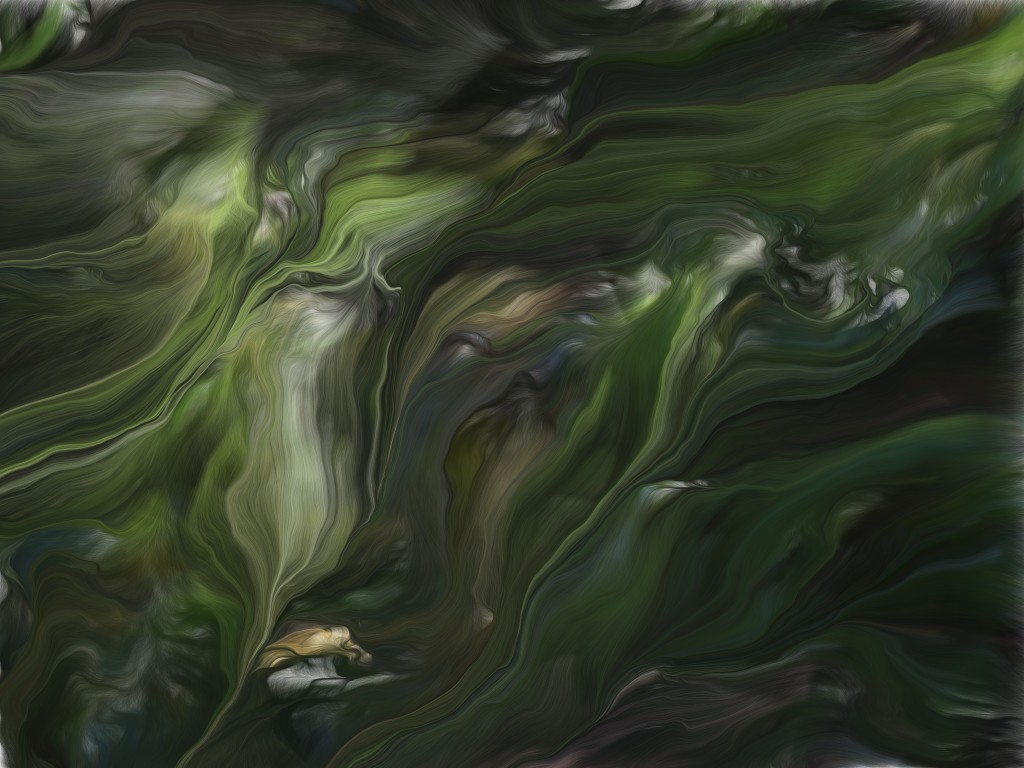
V0ID III 02
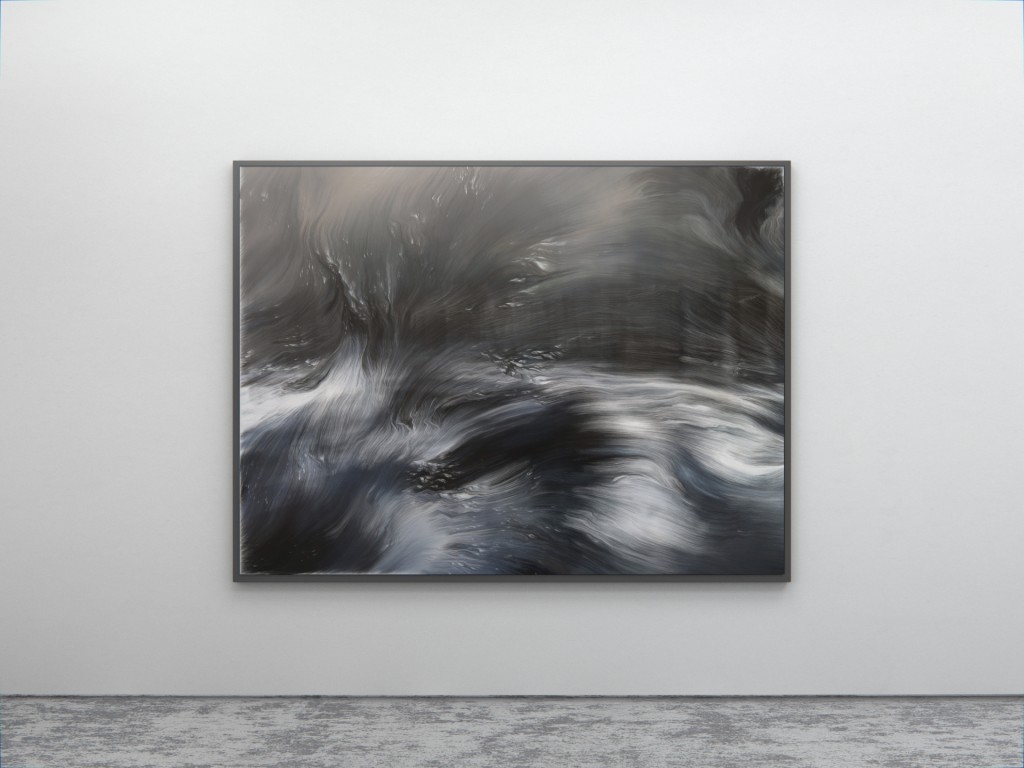 V0ID III 03
V0ID III 03
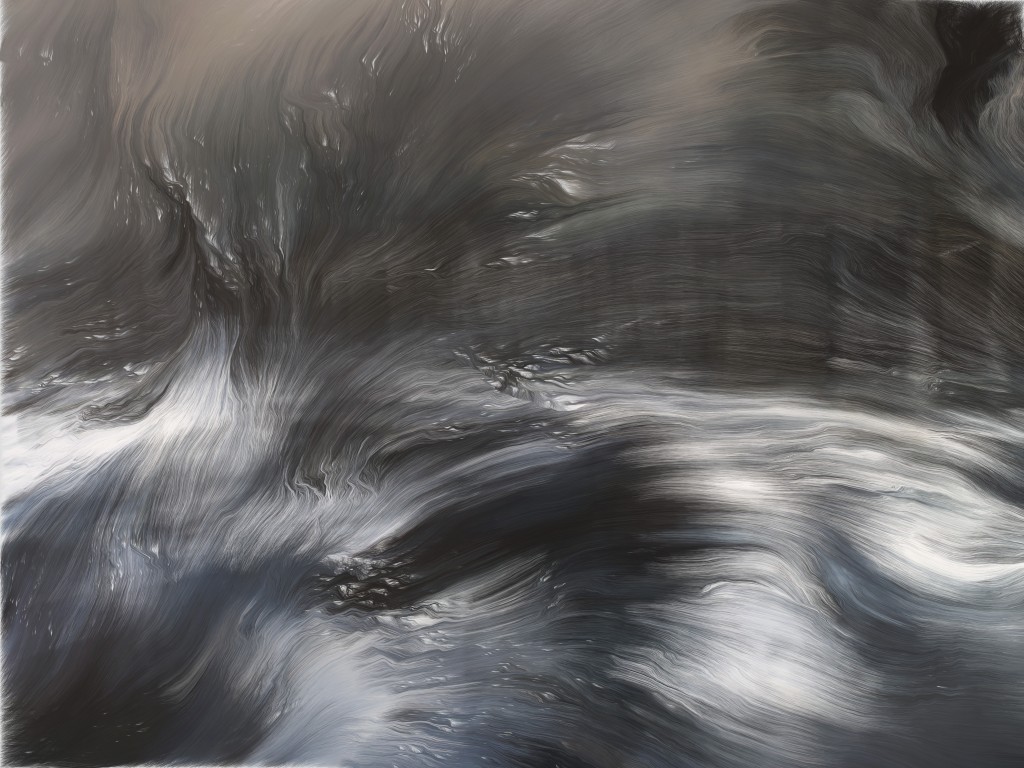
V0ID III 03
More Projects

Photo by Christopher Bauder
Samsung Electronics, the global TV industry leader, is elevating its presence at IFA 2016 with a special exhibition designed by a team of emerging German artists. The installation, entitled The Origin of Quantum Dot, showcases the beauty of Samsung’s SUHD TVs with Quantum dot display, while incorporating video, lighting and musical elements.
The Origin of Quantum Dot is a stained glass-inspired art installation designed by Andreas Nicolas Fischer, Schnellebuntebilder, Christopher M. Bauder and kling klang klong. The artists came together from different creative backgrounds including sound, media art and sculpture to build the unique work of art. The piece contains 45 SUHD TVs and 9,000 shards of stained glass.
We designed The Origin of Quantum Dot exhibition, the largest we’ve ever produced, so that visitors at IFA can directly experience the visual excellence of the premium SUHD TV with Quantum dot display, said HS Kim, President of the Visual Display Business at Samsung Electronics. We are proud to have partnered with such talented, local artists to bring this visual concept to life.

Photo by Christopher Bauder

Photo by Christopher Bauder


More Projects
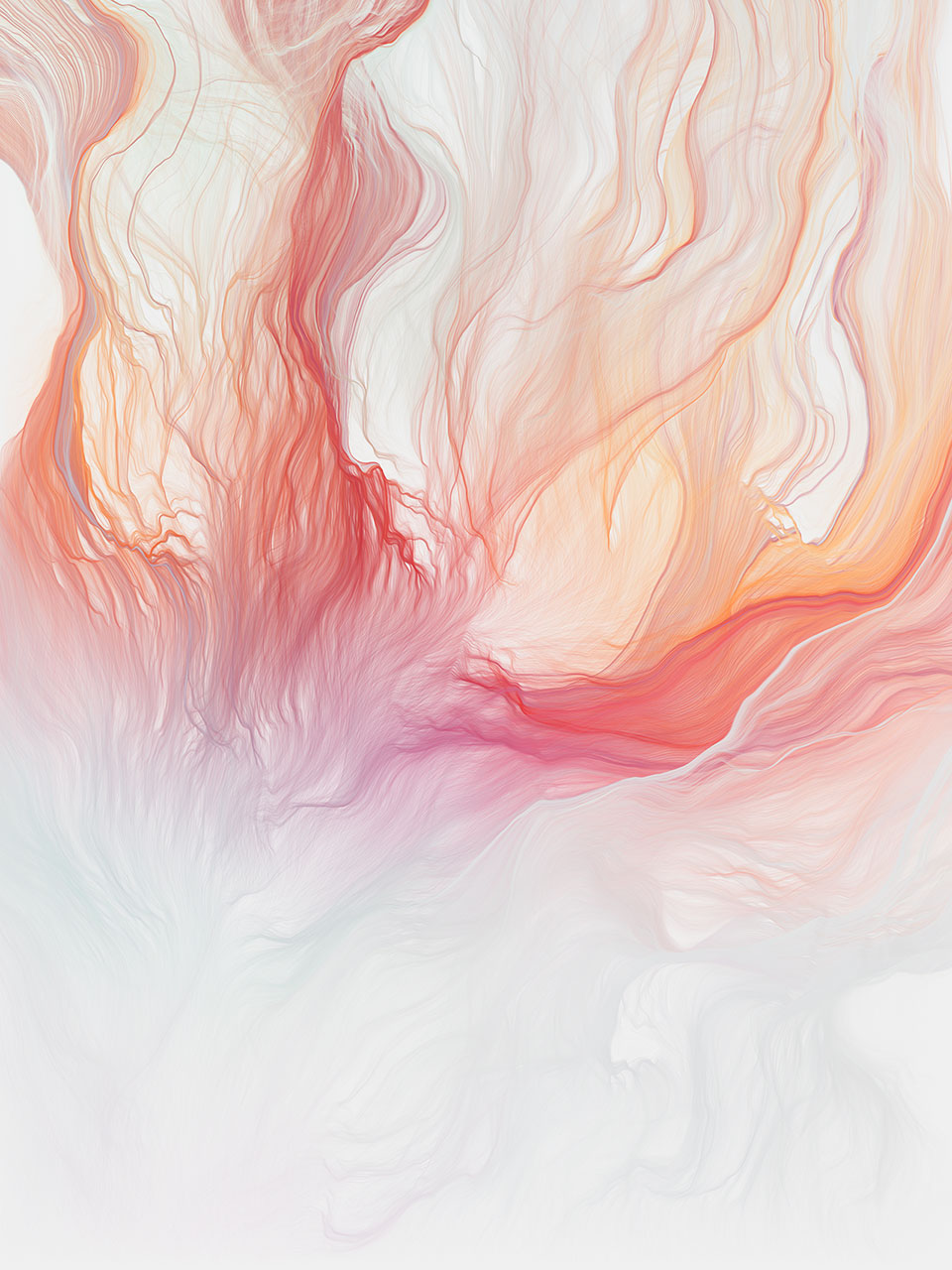
Void 1448452241591
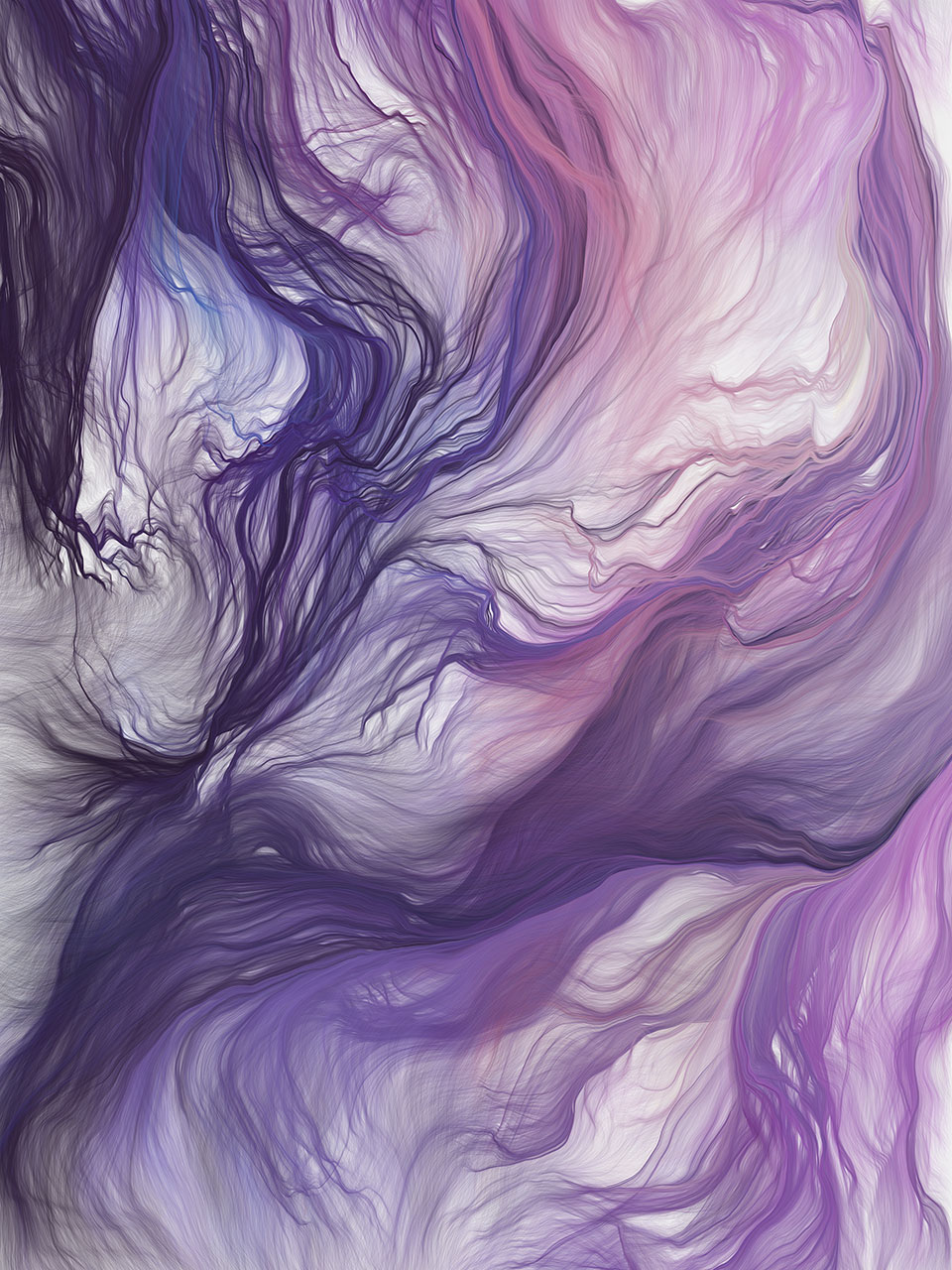
Void 1448461364556
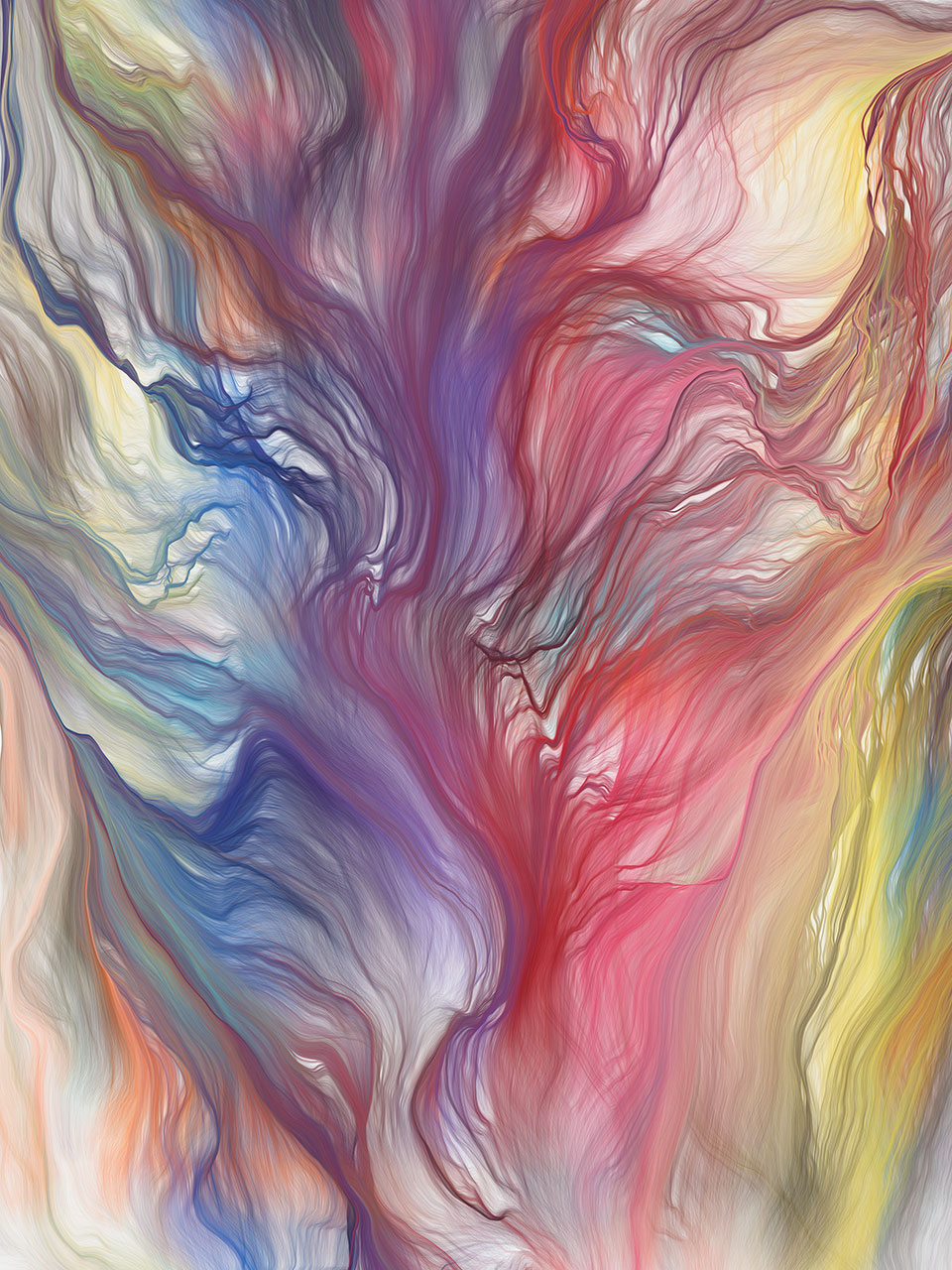
Void 1448469432396
Credits Extension of the Schwarm Code by the multitalented Mr Pazos
More Projects
Computer art is an art form in which computers play a role in the process or final product, such as display of artwork. Generative art is at the same time more specific and more encompassing than computer art. Generative art refers to art that in whole or part has been created with the use of an autonomous system. The autonomous system can be a computer, but more broadly an autonomous system is non-human and can independently determine features of an artwork that would otherwise require decisions to be made directly by an artist. In many cases, the artist, or human creator, can claim that the generative system represents their own artistic idea. There are, however, cases in which the system takes on the role of creator entirely.
What is Generative Art?
The late 1950s saw artists and designers begin to experiment with mechanical devices and analog computers. This served as a precursor to the work of the early digital pioneers who would follow in the 1960s. Interestingly enough these early digital pioneers were not artists or designers but engineers and scientists, as they had access to more powerful computing resources at university scientific research labs. A. Michael Doll, an engineer, and professor at the University of Southern California, was the first person to program a digital computer solely for artistic purposes. His later computer generated patterns simulated the visual effects of paintings by artists such as Piet Mondrian and Bridget Riley.
One of the challenges faced by early generative artists using computers was the limitation of output devices. The primary source in operation at the time was the plotter, a mechanical device that holds a pen or brush with its movements controlled by a computer. The computer guides the pen or brush across the drawing surface or alternately moves the paper underneath, according to the instructions programmed. The plotter was a linear output device, with shading only possible through crosshatching. This resulted in much of the early output of generative art focusing on geometric forms and structures as opposed to more fluid content. The pure visual form was prized above content by early practitioners as they considered the computer an autonomous machine that would enable them to carry out their visual experiments in an objective manner. Plotter drawings were typically black on white paper and as such most of the early work produced was black and white, even after printers began to be used. One of the first artists to produce plotter drawings in color was Frieder Nake.
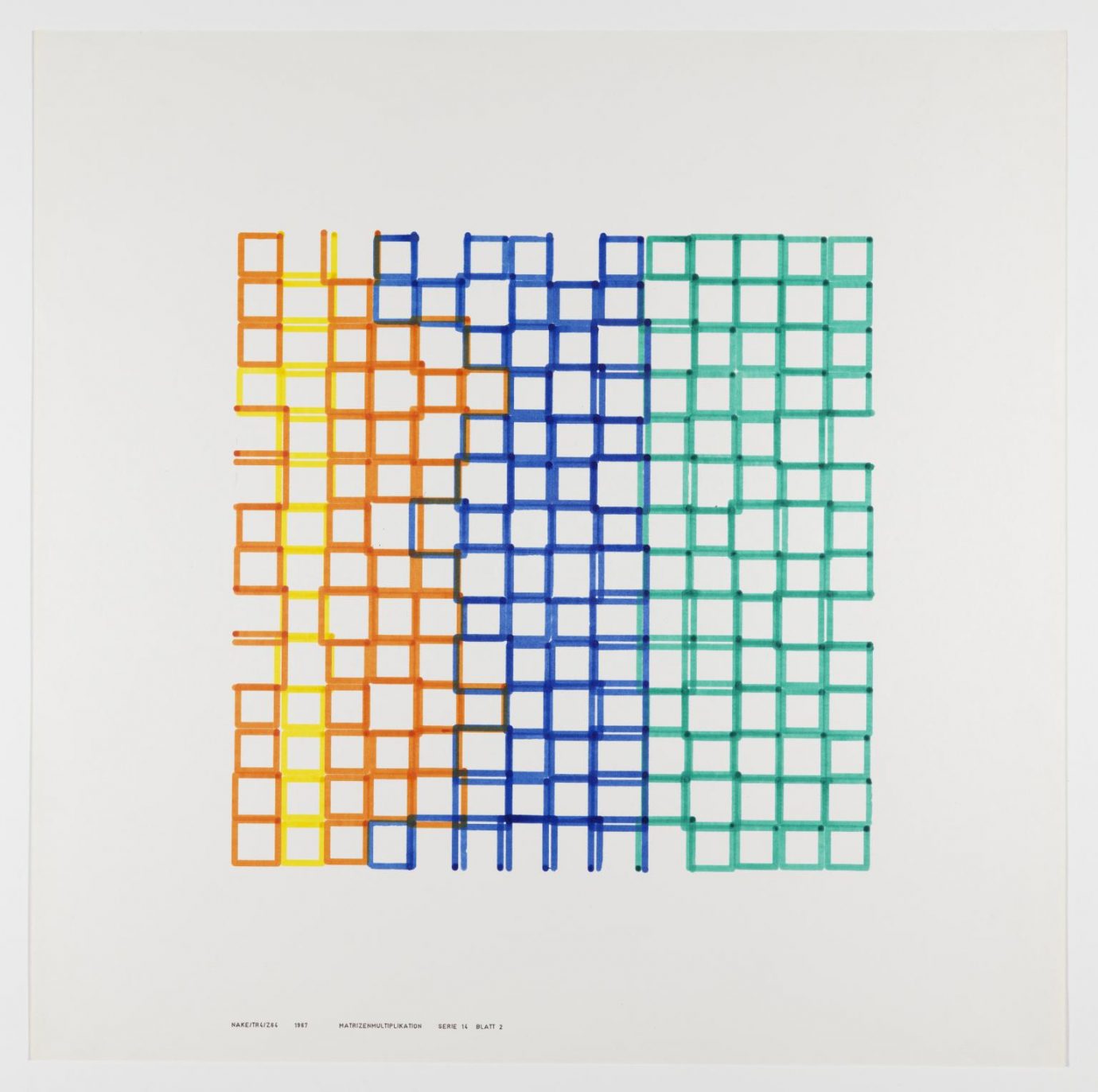
Popular Names in Generative Art
In addition to being a pioneer of computer art Frieder Nake is also a mathematician and computer scientist. Nake was one of the first to exhibit computer art, displaying his work at Galerie Wendell Niedlich in Stuttgart. While a few of Nake’s works were limited edition silkscreen prints, the majority of his work was in the medium of China ink on paper, carried out by a flatbed high precision plotter, the Zuse Graphomat Z64. Nake participated in important group exhibitions in the 1960s and 1970s and his book Ästhetik als Informationsverarbeitung (1974) was one of the first to study connections between aesthetics, computing and information theory, and has become a seminal work for the multidisciplinary area of digital media.
Another early proponent of generative art from a scientific background was Herbert Franke. Having studied subjects as diverse as physics, mathematics, chemistry, psychology and philosophy, Frank received his doctorate in theoretical physics in 1950 for a dissertation he wrote about electron optics. In this capacity, Franke experimented with computer art, and from 1973 to 1997 he lectured a course entitled Cybernetical Aesthetic at Munich University. The course was later renamed Computer Graphics – Computer Art. In 1979 Franke was a founding member of Ars Electronica, a cultural, educational, and scientific institute active in the field of new media art located in Linz.
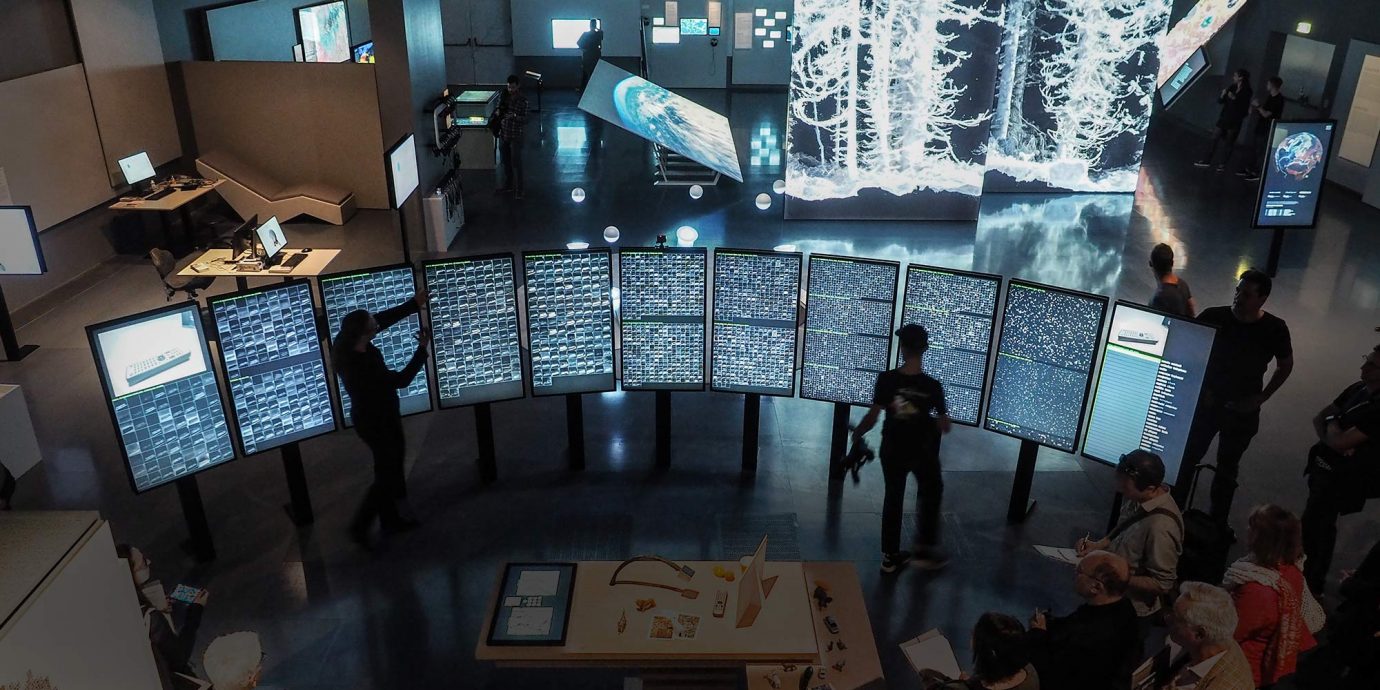
Though the majority of early generative artists were of scientific backgrounds, this was not exclusively the case. Vera Molnar trained as a traditional artist at the Budapest College of Fine Arts. She found her style naturally gravitate to the non-representational, and she experiments with systematically determined abstract geometrical painting as early as the 1940s. After establishing the research group Art et Informatique, which investigated the relationship between art and computing in the 1960s Molnar set out to learn Fortran and Basic, two early programming languages and gained access to a computer at a research lab in Paris where she made computer graphic drawings with a plotter. Another pioneer of digital art that came from a fine art background was Manfred Mohr. Mohr, a graduate of the École des Beaux Arts, was an action painter of the abstract expressionist school who began experimenting with algorithmic art in 1969. His early computer works were based on drawings he had formerly done with a strong emphasis on rhythm and repetition.
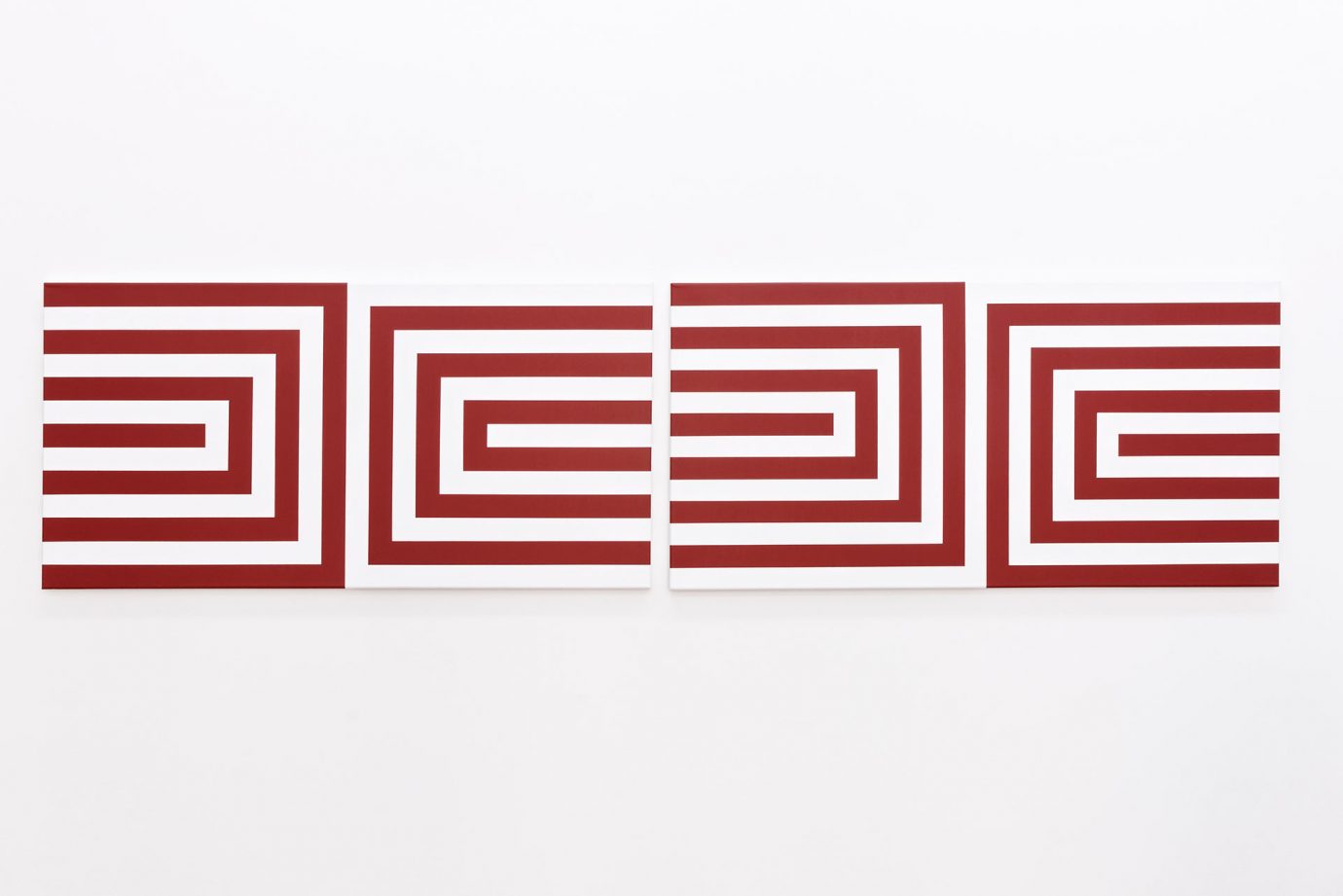
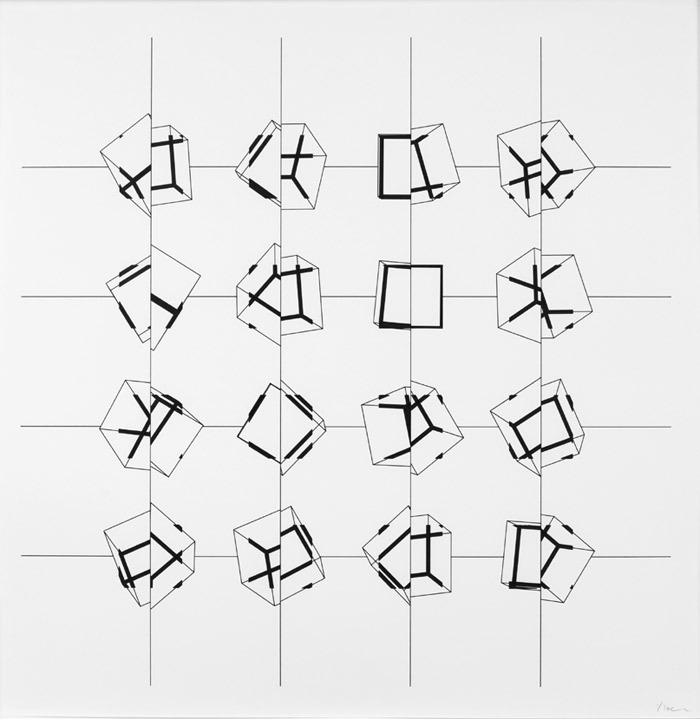
Rise of Conceptualism
Simultaneously to the rise of computer art, a more encompassing art movement was coming to the fore: conceptualism was a movement that prized ideas above formal or visual components of artworks. Rather than being a tightly cohesive movement, conceptualism was an amalgamation of various tendencies and took on many forms. From the mid-1960s through to the mid-1970s conceptual artists produced works that completely rejected standard ideas of art of the time. Their primary claim – that the articulation of an artistic idea suffices as a work of art – implied that traditional concerns such as aesthetics expression, technique, and marketability were all irrelevant standards by which to judge an artwork.
Famous Artists in Conceptualism
One artist working in the conceptual vein was Sol LeWitt. LeWitt came to fame in the mid-1960s for his wall drawings, which were essentially the end result of a preconceived set of instructions or simple diagrams for two-dimensional works drawn directly on to walls. The line drawings were purely the result of varying permutations of systems of changing combinations. The parameters of these were chosen by LeWitt himself, and many times the permutations had a systematic ordering about them.
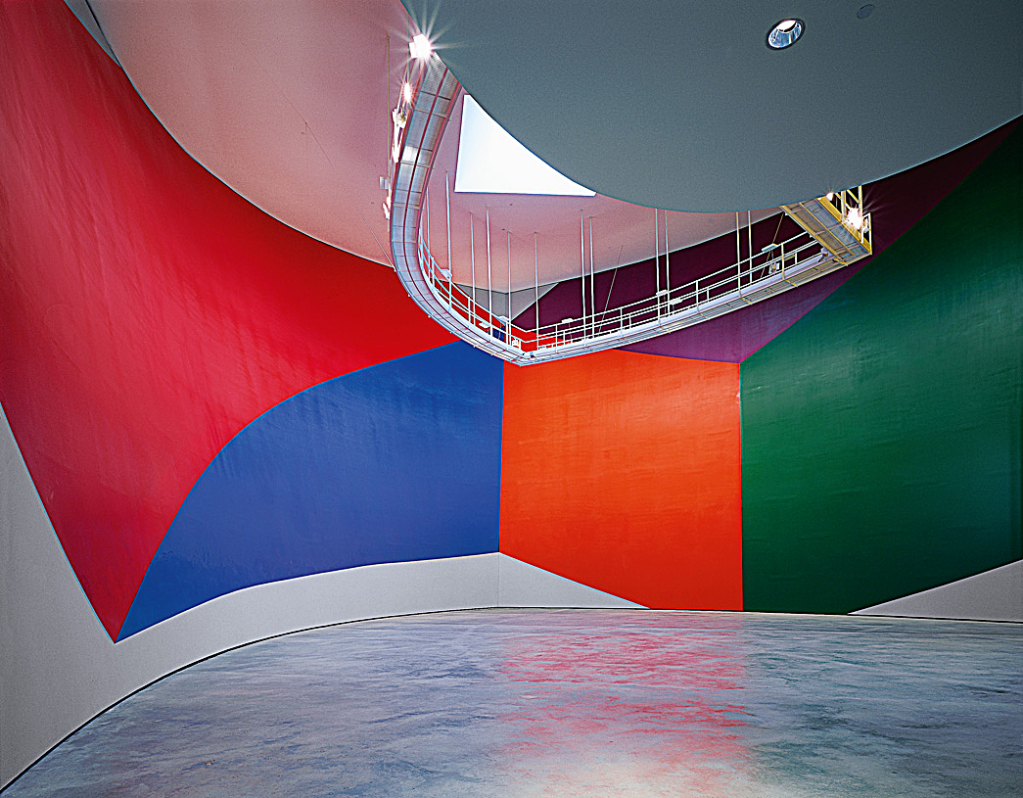
John Cage, arguably one of the most influential musicians of the 20th century, was another artistic proponent of conceptualism. He is perhaps best know for his composition entitled 4’33’’, in which musicians who present the work do nothing aside from being present for the duration specified in the title – the work takes place in the absence of deliberate noise, but not in silence. The content of the work is rather the sounds of the environment heard by the audience during the performance. Cage was a pioneer of chance controlled music. Influenced by Eastern texts on decision-making tools in the 1950s, which he employed in his work, aleatoric or chance-controlled music remained his standard composition method for the remainder of his life.
Ellsworth Kelly’s contribution to conceptualism was his persistent inquiry into the dynamic relationship between shape, form, and color. He was one of the first artists to works with irregularly shaped canvases and his later work in layered reliefs and flat sculpture would further challenge accepted notions of space. Kelly’s intention was for viewers to experience his work with instinctive physical responses to the works’ structure, color, and surrounding space rather than with contextual or interpretive analysis. He encouraged bodily participation between the viewer and the artwork, by presenting bold, contrasting colors, free of gestural brushstrokes or recognizable imagery.
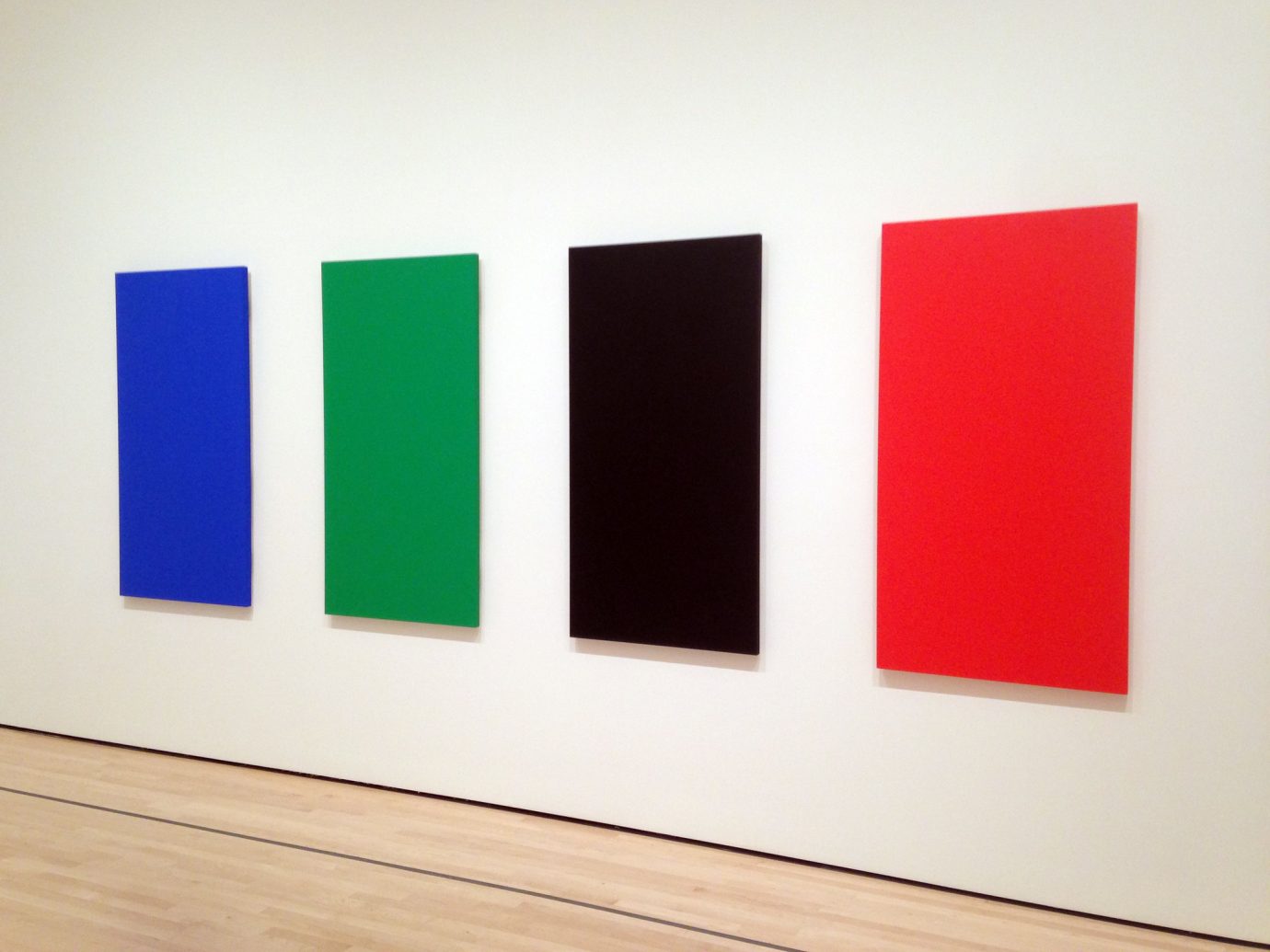
Modernization of Generative Art
It was during the 1970s that generative art began to look beyond the computer labs in which it was being practiced and out towards the greater art world. The term soon came to be used to describe geometric abstract art where simple elements were repeated, transformed or varied to generate more complex forms. In so doing the work of Sol LeWitt, John Cage and Ellsworth Kelly became, in a sense, generative art. The broadening of the definition of generative art was not only happening from inside the computer labs but from inside fine art institutions too. In 1970 the School of the Art Institute of Chicago created a department entitled Generative Systems, which focused on art practices using new technologies for the capture, inter-machine transfer, printing and transmission of images. Theorists began placing their own parameters on what generative art was. In 1988, one theorist, Henry Clauser, identified the aspect of systemic autonomy as a critical element in generative art, highlighting that process (or structuring) and change (or transformation) are among generative arts most defining features, and that these features and the actual term ‘generative’ imply dynamic development and motion. As ways of thinking about generative art changed, the practice of generative art changed and a new wave of artists came about bringing with them fresh ideas and new modes of expression.
Next Generation Trendsetters in Generative Art
Casey Reas is one of the new waves of artists whose conceptual, process-focused and minimal artworks explore ideas through the contemporary lens of software. The images he creates derive from short software-based instructions. These are expressed in different media including natural language, computer code, and digital simulations, resulting in both static and dynamic images. Each iteration reveals a differing perspective on the process and combines with others to produce continually evolving visual traces. Casey Reas is perhaps best to know for having founded, along with Ben Fry in 2001, the Process programming language. The process began as an open source programming language based on Java to assist the visual design and electronic arts communities to learn the basics of computer programming in a visual context. It is still widely used by artists, designers, and educators. Co-founder of Process, Ben Fry’s digital art focuses more on the potential it holds for use in data visualization than as an independent fine art expression of formal quality only. He is widely considered an expert in the field of data visualization.
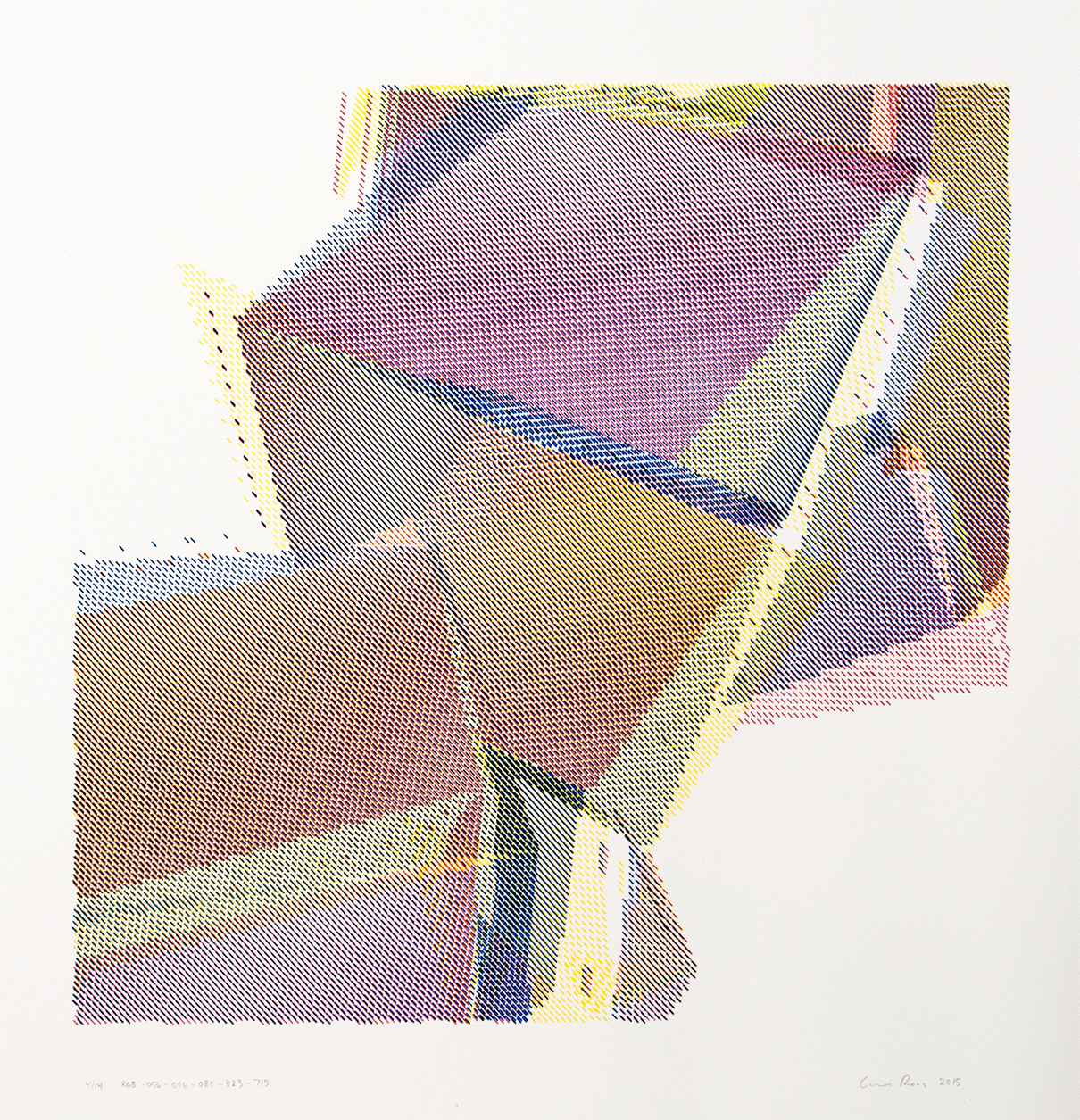
Marius Watz is another new wave artist who produces works within the visual abstraction category through generative software processes. His work focuses on the synthesis of form as the product of parametric behaviours in both two-dimensional and three-dimensional space. His works display hard edged geometrical forms in vivid colours, working in a diverse field of outputs, from pure software work, physical objects produced with digital fabrication technology to public projections. Watz lectures in Interaction Design at the Oslo School of Architecture and Design in addition to giving workshops and lectures on generative systems, parametric design and computational aesthetics. He is represented by DAM Gallery, an affiliate of DAM Berlin (Digital Art Museum Berlin). DAM is an online resource for the history and practice of digital fine art. It informs on historical and contemporary positions chosen by an advisory panel and exhibits the work of leading artists in this field.
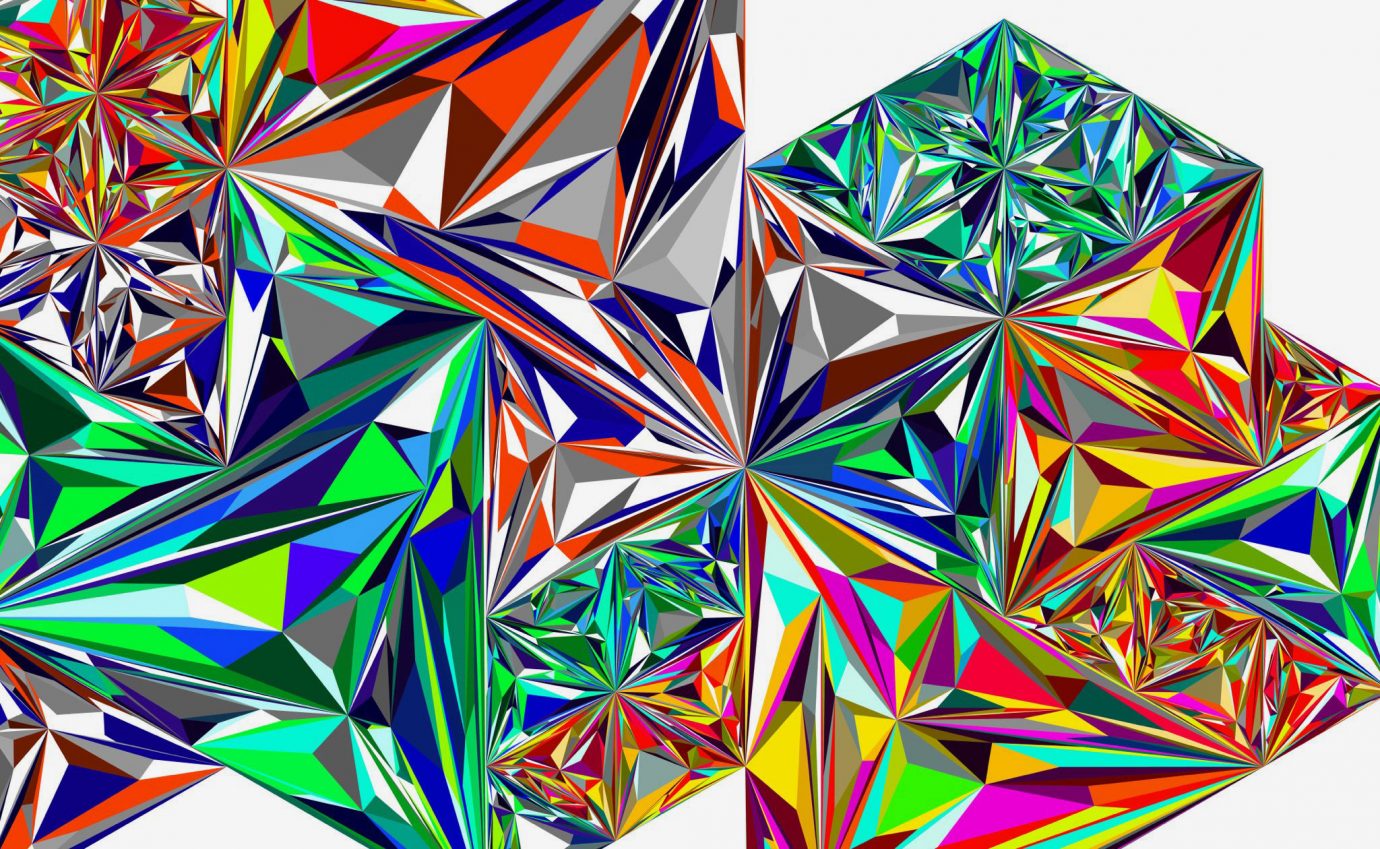
A female pioneer of the new wave is LIA, an Austrian artist who has been producing works since 1995. She uses media as diverse as video, performance, installation, software, sculpture, digital projections and applications. Her primary working material is code which she uses to translate a concept into a formal written structure that can then be used to create a machine or program that generates real-time multimedia outputs. The written code element of her work require engineered precision, despite this, her concept is fluid – she treats the translation process between machine and artist as a conversation. LIA continues this conversation until she is satisfied with the machines interpretation, at which point the generative framework is considered finished and the artwork can then develop. Her works typically combine traditional drawing and painting idioms with the aesthetic of digital art, while being characteristically minimalist and conceptual.
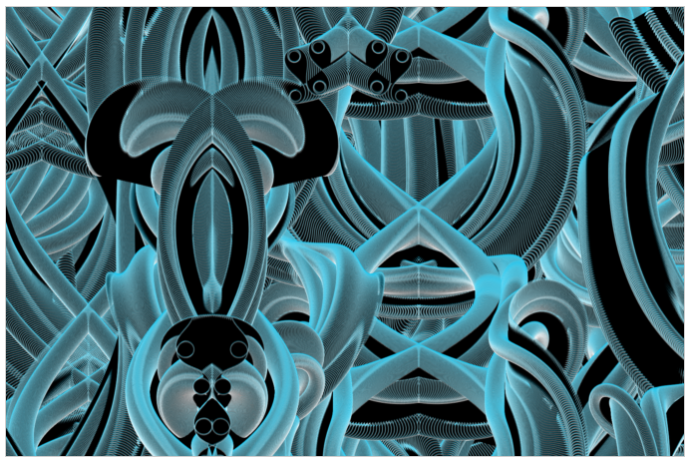
A South American component of the new wave is Leonardo Solaas, based in Buenos Aires. His work explores complex systems through computation, interactivity and generative process for both commercial and personal projects. He has used the Process software in experiments in which he explores the subtle differences and undefined boundary territories between art and generative design, calling into use his background in philosophy. Through his work, Solaas has explored various areas of digital cultures in diverse ways such as data visualisation, interface design, net artworks, interactive installation, mobile games, social networks and collaborative creative platforms. His main focus, however lies in the exploration of algorithmic processes for semi-automated production of paintings, drawings, video and sound.
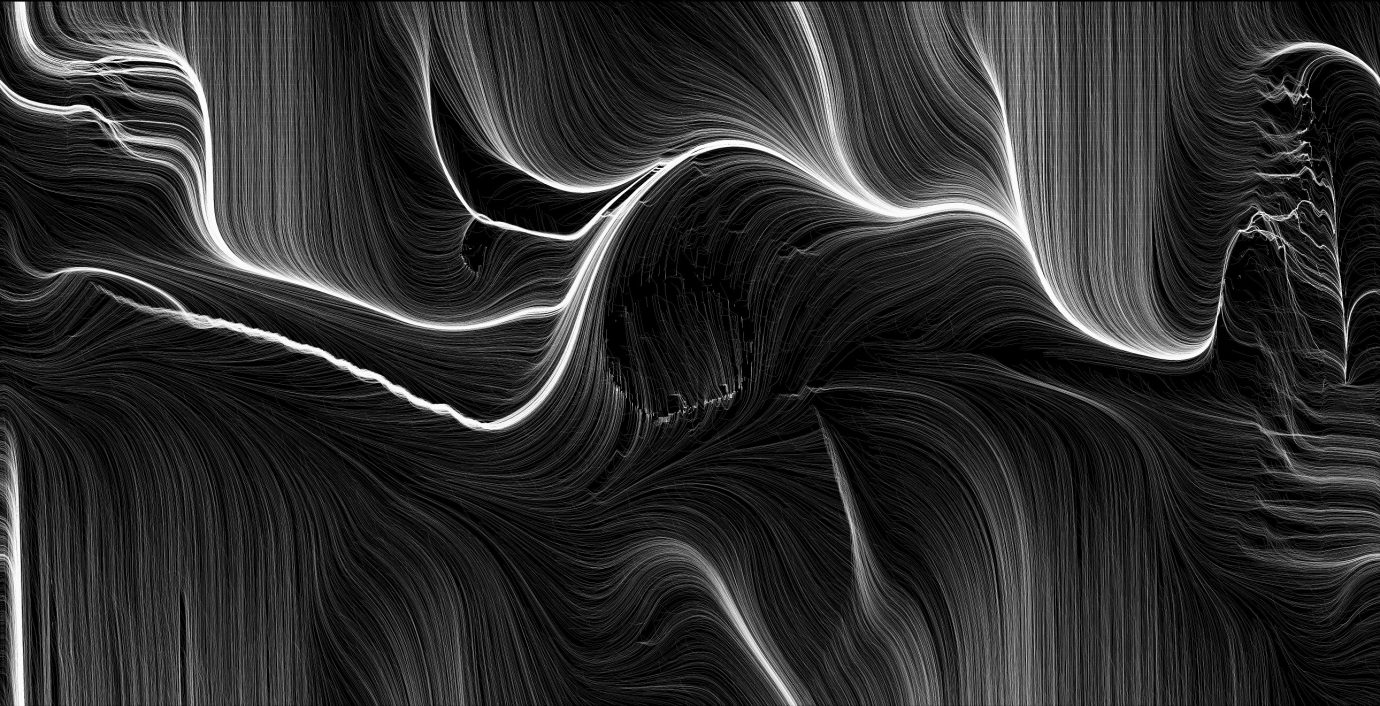
How Generative Art Found its Way to Studios
Towards the turn of the century, much of the focus of generative art practice moved away from artists working independently and towards studios and their production. It is not unlikely that studios would be focussed on the output of a single artist. Despite this, however, studios allow for a more collaborative environment within the practice of generative art, and when it comes to commercial production studios had the added advantage of giving off a more professional flair, much like design agencies, than solo or independent practitioners. One such studio is Field. Field, operating from London, aims to blend physical and digital experiences, connecting audio-visual experiences with photography, sculpture, and film in an attempt to reflect upon how the world is changing through technology. As ever more complex data systems begin to drive our lives, Field’s artistic and design focus is to create new metaphors that help people, brands and institutions better understand these abstract and intangible concepts.
Generative Art Studio ANF in Berlin
Founded in 2008 in Berlin, Studio A N F operates at the intersection of art and technology. Having worked with brands as diverse as Diesel, Audi, Hugo Boss, Samsung and Mercedes-Benz, Studio A N F aims to imbue something of its own aesthetic practice into each of its commercial projects. Through its symbiosis of algorithm and human intervention, Studio A N F has completed projects in a variety of media such as graphics, animation, data visualisation, sculpture and installations in public spaces. Its founder, Andreas Nicolas Fischer is a graduate of the Berlin University of Arts where he studied under professors Ängeslevä and Sauter. Fischer has exhibited at HEK Basel, Kiasma Helsinki, Eyebeam New York, Today Art Museum Beijing, LEAP Berlin, DAM Berlin, Film Museum Vienna, Rua Red Art Centre Dublin and the Southeastern Centre for Contemporary Art in North Carolina in addition to performing alongside the Winston Salem Symphony Orchestra and contributing visuals for the Flying Lotus 2016 tour.
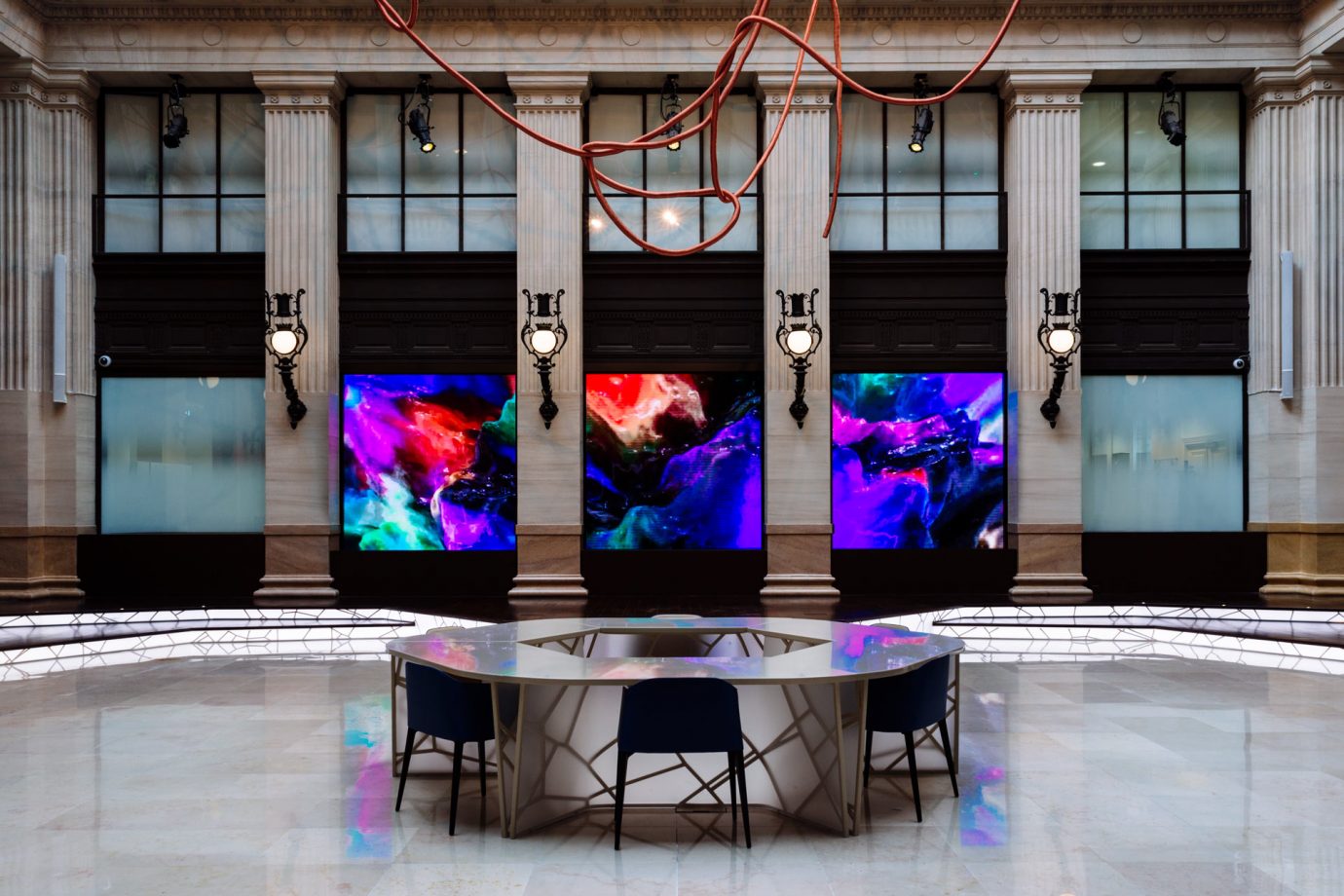
Nervous System is a generative product design studio that creates using a novel process, employing computer simulation to generate designs and digitally fabricate products based in Palenville, New York. Finding their inspiration in natural phenomena, Nervous System writes computer programs based on processes and patterns observable in nature, then uses these programs to create unique and affordable art, jewellery and houseware. Nervous System was founded in 2007 by Jessica Rosenkrantz and Jesse Louis-Rosenberg. Rosenkrantz, an artist, designer, and programmer, graduated from MIT in 2005 with degrees in architecture and biology after which she pursued graduate studies in architecture at the Harvard Graduate School of Design. Following this she founded Nervous System and now also lectures design at MIT. Jesse Louis-Rosenberg is an artist and computer programmer, interested in how simulation techniques can be used in design and in the creation of new kinds of fabrication machines. Jesse studied mathematics at MIT, having previously worked in building modelling and design automation at Gehry Technologies. Through their unique backgrounds Jessica and Jesse have grown Nervous System into what it is today, as it now releases online design applications that enables customers to co-create products in an attempt to make design more accessible. This further allows for endless design variation and customisation. Nervous System has exhibited its work in the Museum of Modern Art, the Cooper- Hewitt Smithsonian Design Museum, and the Museum of Fine Arts in Boston.
Waltz Binaire is another Berlin based studio that designs synthetic realities and moments of engagements in immersive audio-visual experiences, interactive media performances, and digital narratives. Their aim is to translate data into meaningful artworks and convert algorithms into creative patterns by applying generative design and artificial intelligence to their creative process. Their output spans media as diverse as the moving image, mobile platforms, theatres, and unusual stages. Waltz Binaire aims to envision, design and implement new artistic perspectives towards human identity and innovative technology. Waltz Binaire was founded by Christian Mio Loclair, a computer scientist and choreographer.
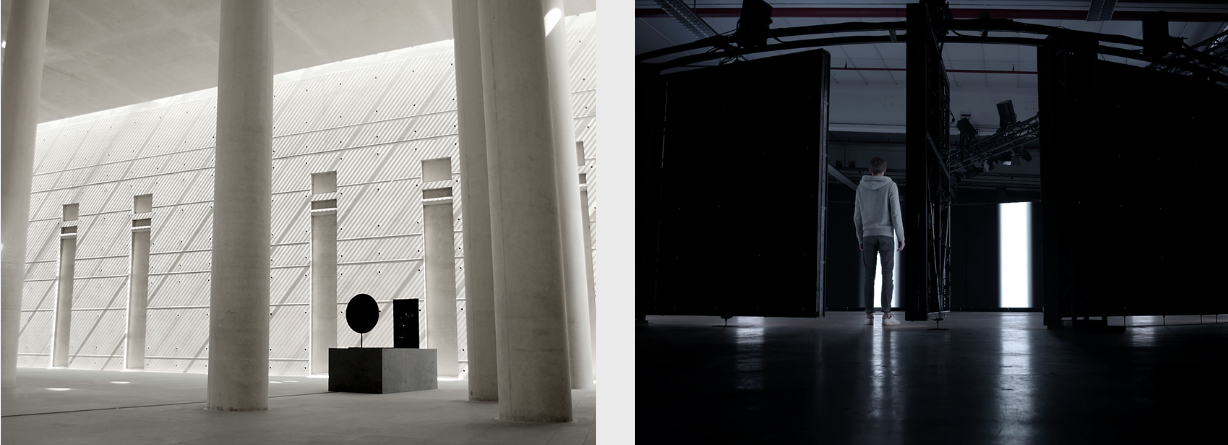
Refik Anadol Studio is the creative studio of Turkish artist Refik Anadol located in Los Angeles, California. Anadol works in the field of site-specific public art, creating parametric data sculptures, live audiovisual performances, and immersive installation pieces. His works explore the space between digital and physical entities by creating a hybrid relationship between architecture and media arts with machine intelligence. Anadol holds a master’s degree in fine art from the University of California specialising in media arts and has won many awards in his field. By embedding media arts into architecture, Anadol questions the possibility of a post digital architectural future in which there are no non-digital realities. Through his work, he thus suggests that all spaces and facades have the potential to be utilised as the media artist’s canvas. Anadol seeks to explore the new challenges that ubiquitous computing imposes on architects, media artists, and engineers such as how our experience of space is changing now that digital objects, ranging from smart phones to urban screens, have colonised our everyday lives, how media technologies have changed our perception of space, and how architecture has embraced these shifting perceptions.
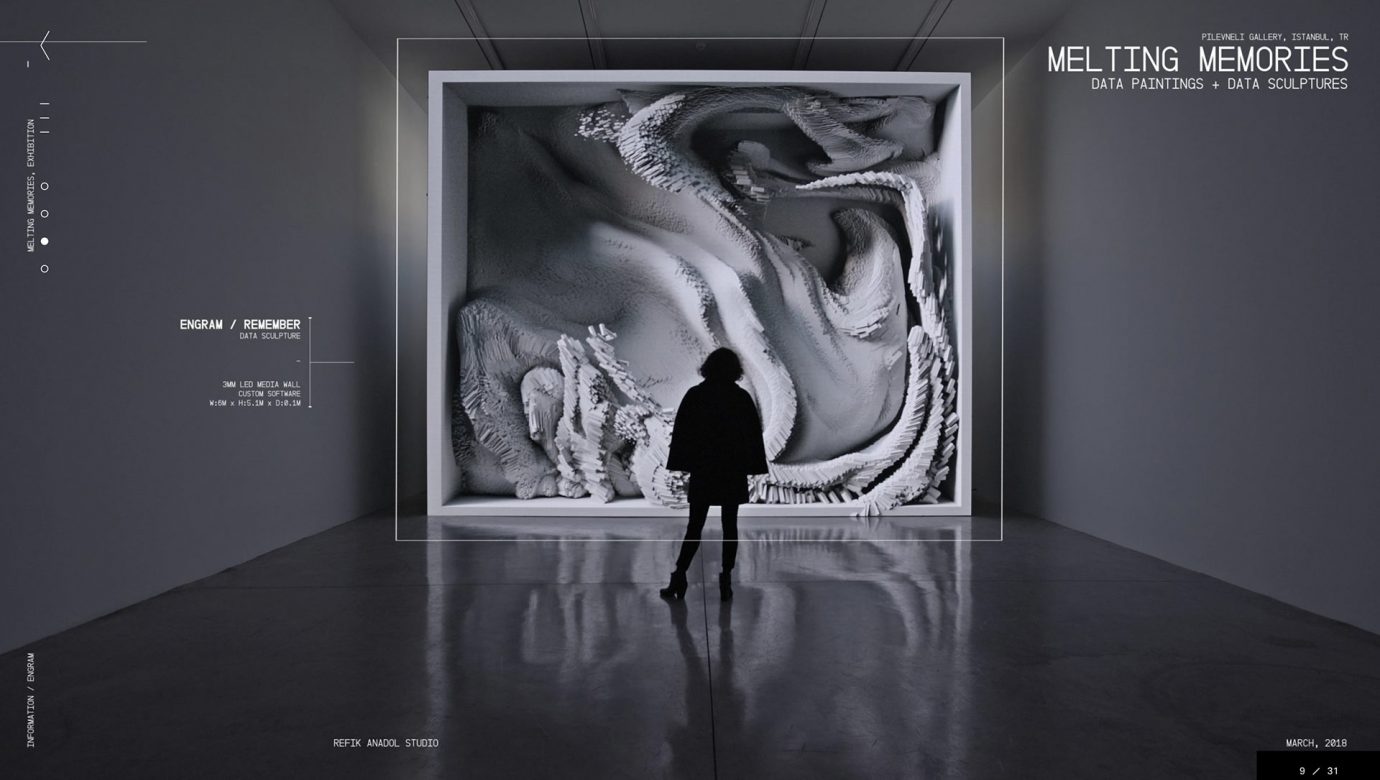
Generative Art – The Next Gen Art
As we see this questioning of the place of generative and computer art in the future due its immersive nature in contemporary society, it is a good time to look to the past, to the roots of generative art. Starting with a handful of scientists in the 1950s, then being taken over by those operating in creative fields, until a harmony is put forth in which science, art, and design can all coexist within the field of generative art at the beginning of the 21st century, as it gains more traction within popular culture. Generative art is certainly set to make further leaps and bounds in its field while spilling over into others as it helps us better understand the world around us.
Text by Kayleen Wrigley
More Projects

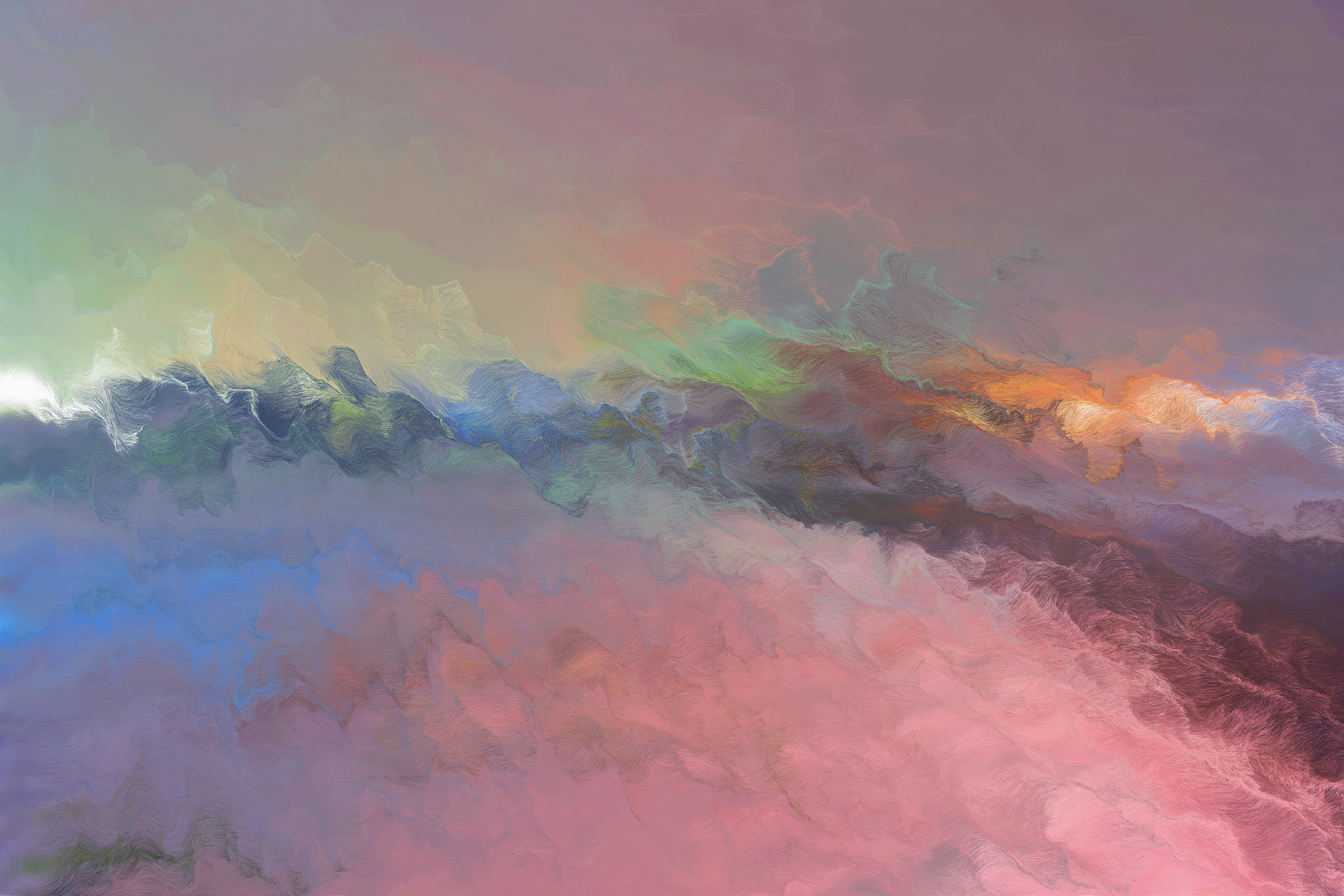
More Projects
Collaboration with Italian Fashion House Ilaria Nistri for their A/W 15/16 collection.
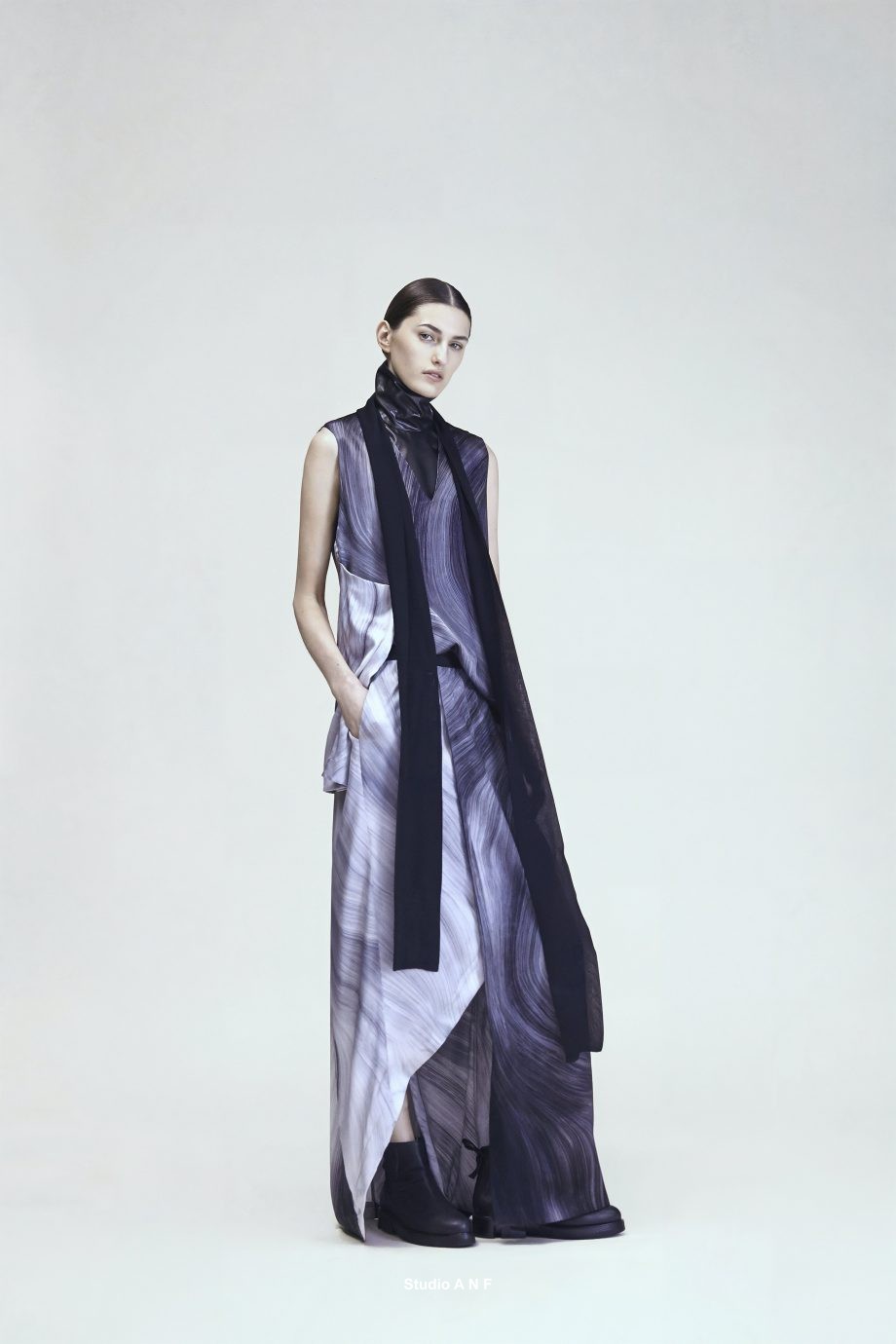
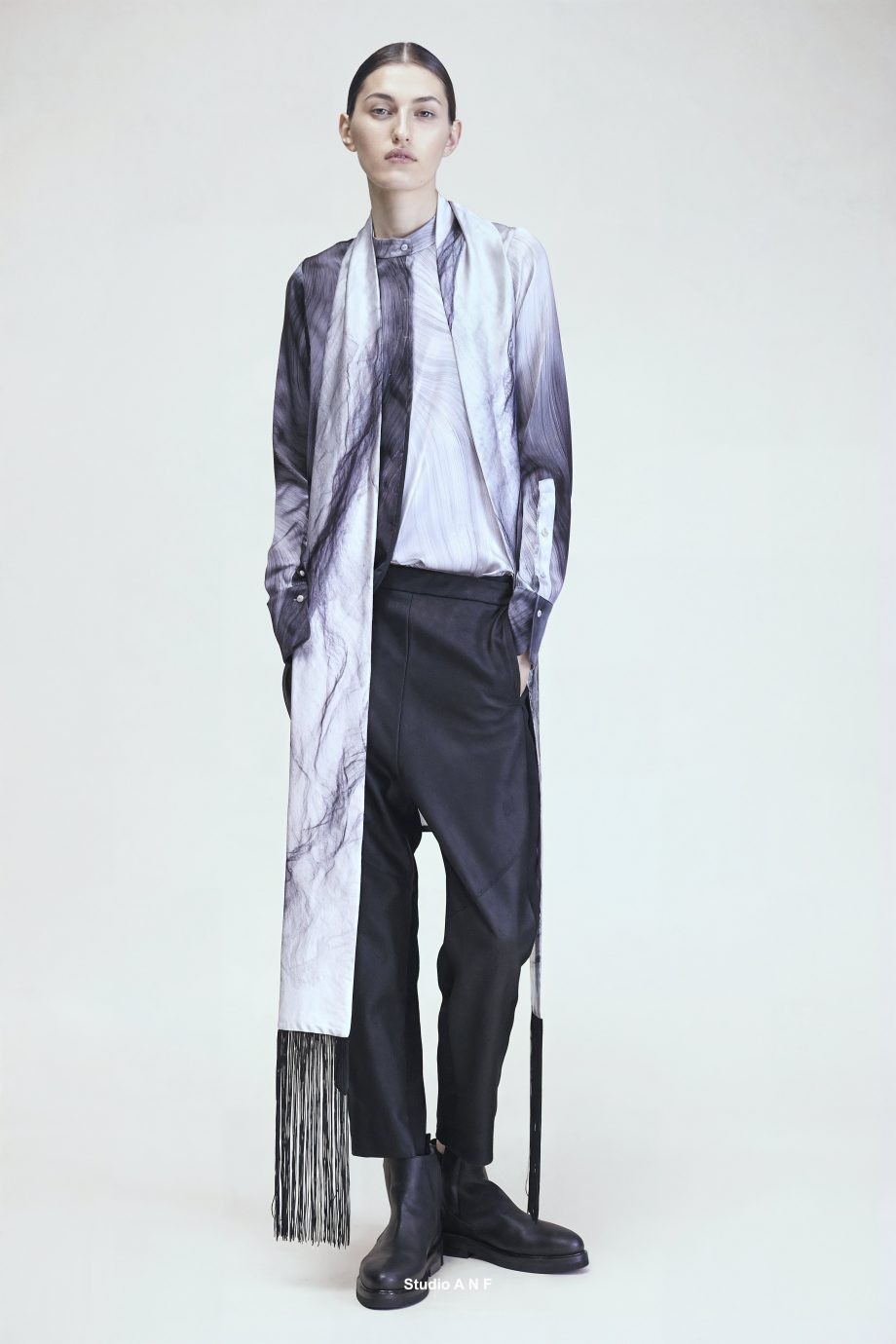
The collaboration between Berlin-based design studio ANF and Italian fashion house Ilaria Nistri for their Autumn/Winter 15/16 collection represents a fusion of high fashion with cutting-edge digital artistry, yielding a unique blend of aesthetics that pushes the boundaries of traditional design. This partnership marked a significant moment in the fashion industry, showcasing how technology and generative designs can create innovative patterns that not only accentuate the human form but also narrate a story of digital evolution within the fabric of high fashion.
ANF, known for its pioneering work in digital design and generative art, brought a fresh perspective to Ilaria Nistri’s sophisticated and avant-garde approach to fashion. The studio’s expertise lies in creating complex patterns and visuals through algorithms and computational processes, a technique that transforms the traditional approach to textile design. For the A/W 15/16 collection, ANF focused on developing black and white generative patterns that were both abstract and deeply intricate, reflecting the collection’s theme of natural elements intersecting with digital realms.
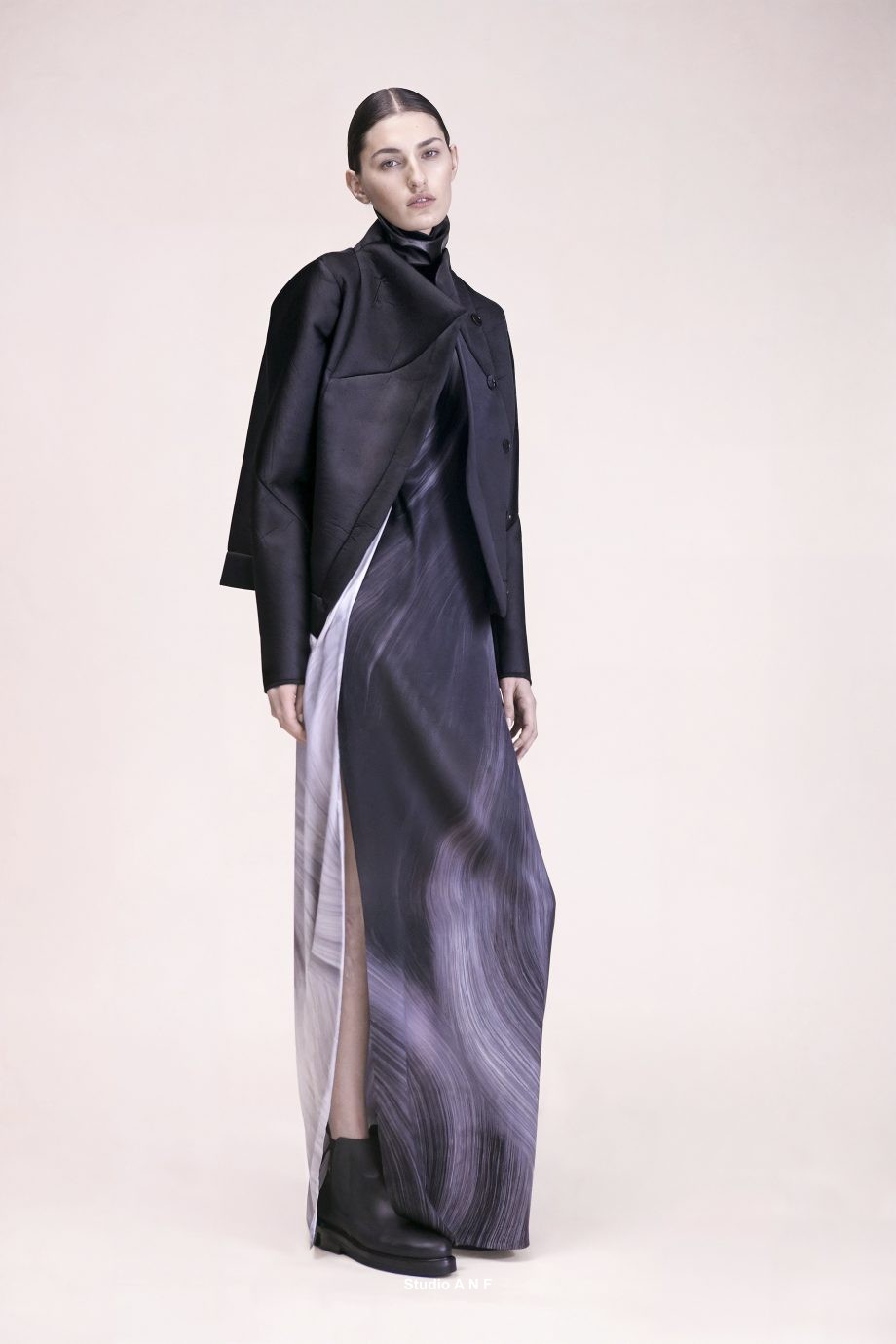
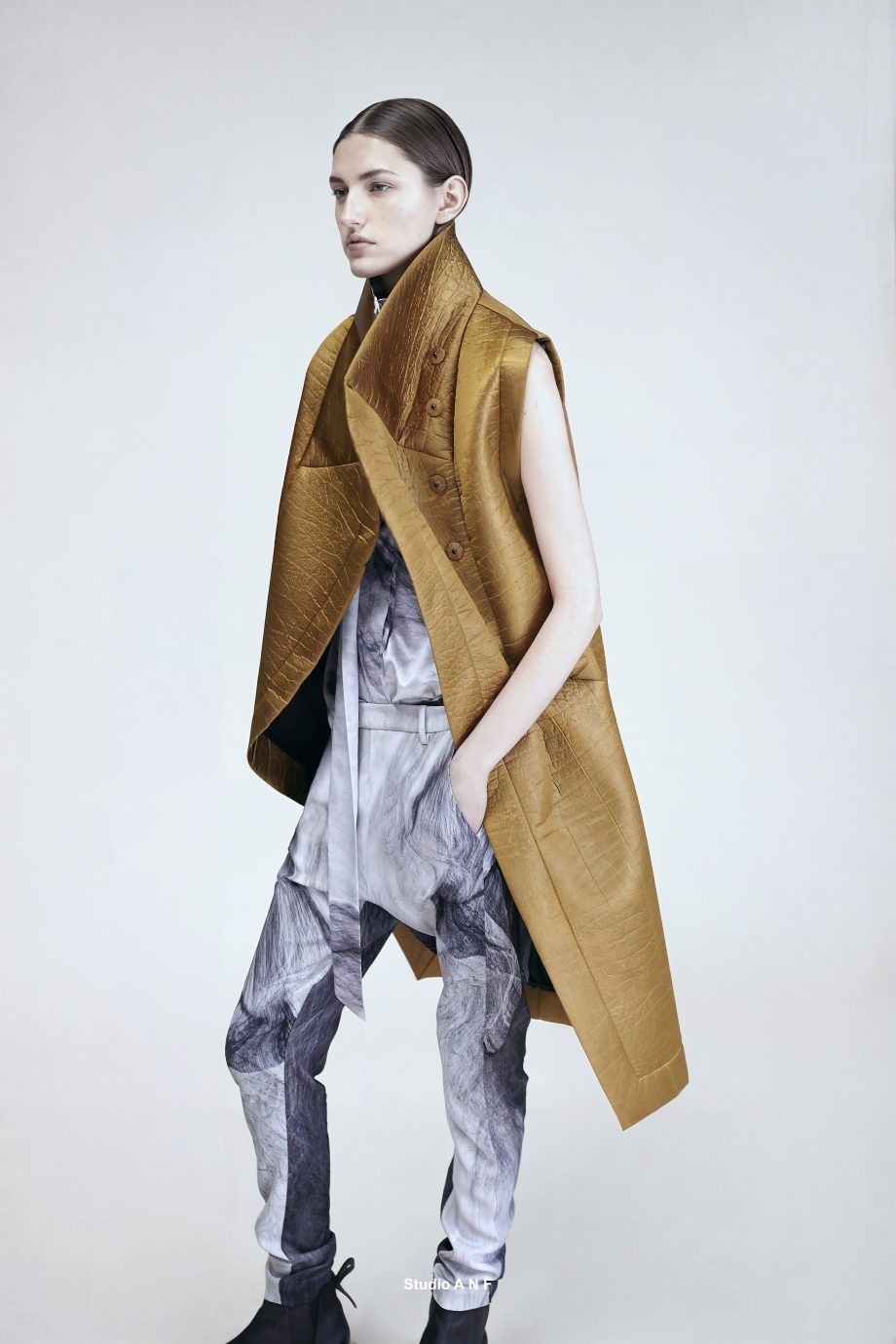
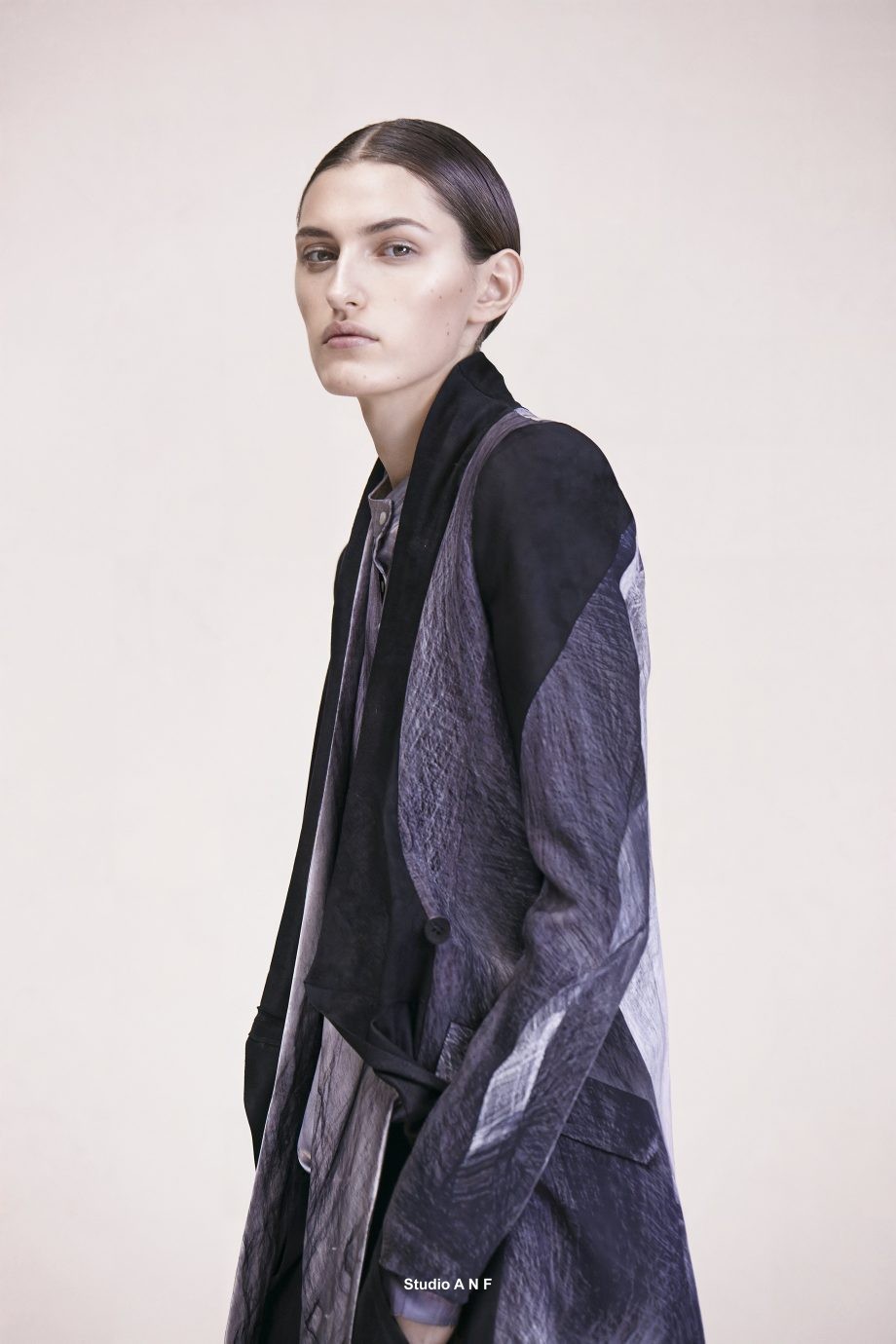
Ilaria Nistri, an Italian fashion house renowned for its exploration of materials, shapes, and the interaction between light and shadow, provided the perfect canvas for ANF’s art. The collaboration was an exploration of contrasts – between the organic and the synthetic, the tangible and the virtual, the traditional and the futuristic. Ilaria Nistri’s designs, known for their fluidity and ethereal qualities, were enhanced by ANF’s generative patterns, adding a layer of complexity and depth that challenged conventional fashion narratives.
The black and white color palette chosen for the generative patterns emphasized the collection’s focus on duality and harmony. Black and white, as fundamental opposites, symbolize the balance between light and darkness, presence and absence, and the interplay between these forces. ANF’s patterns in this monochromatic scheme were not merely decorative but carried within them the essence of dynamism and transformation. The patterns seemed to move and evolve, mirroring the natural processes that inspired them, from the branching of trees to the flow of water, all captured within a digital framework.
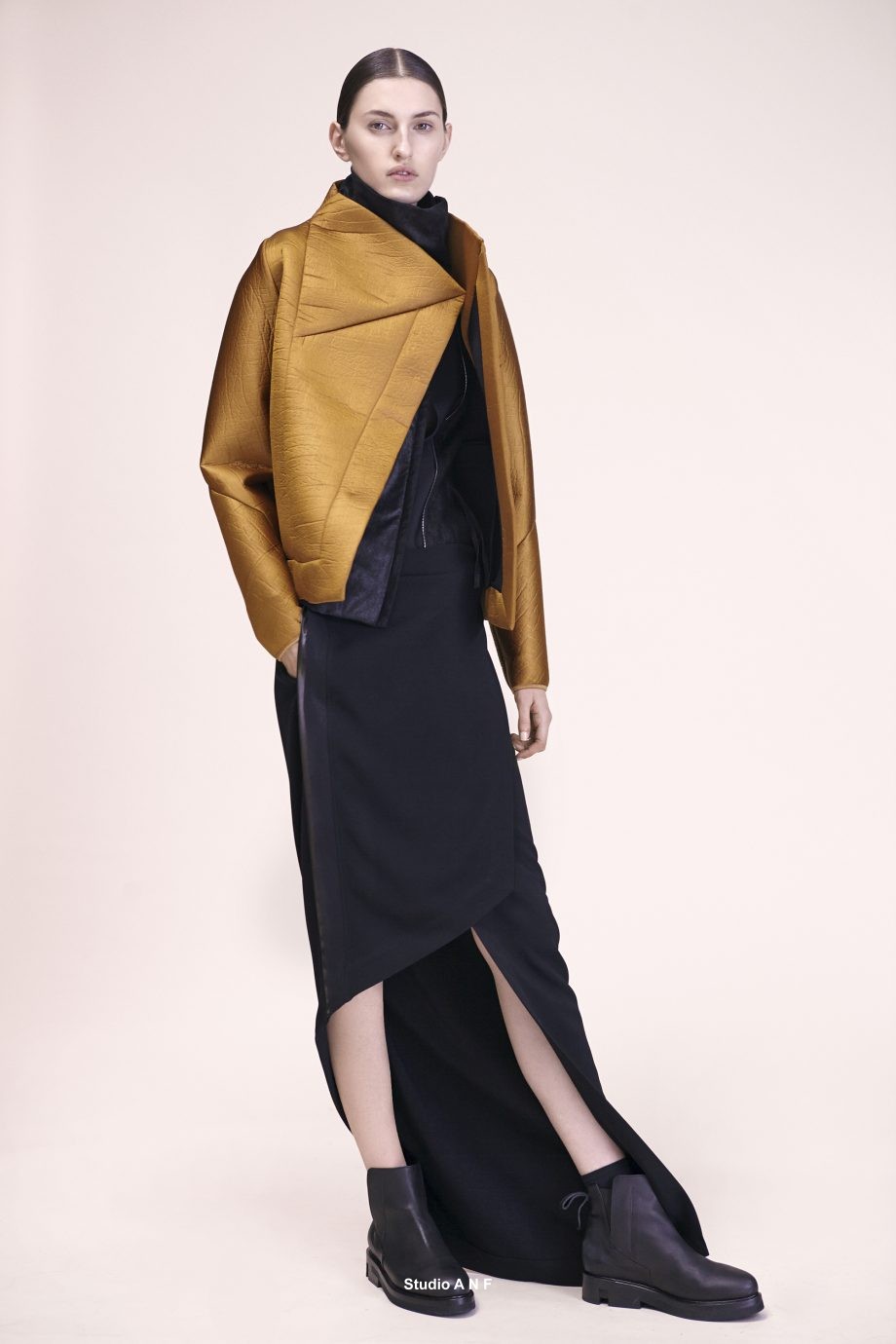
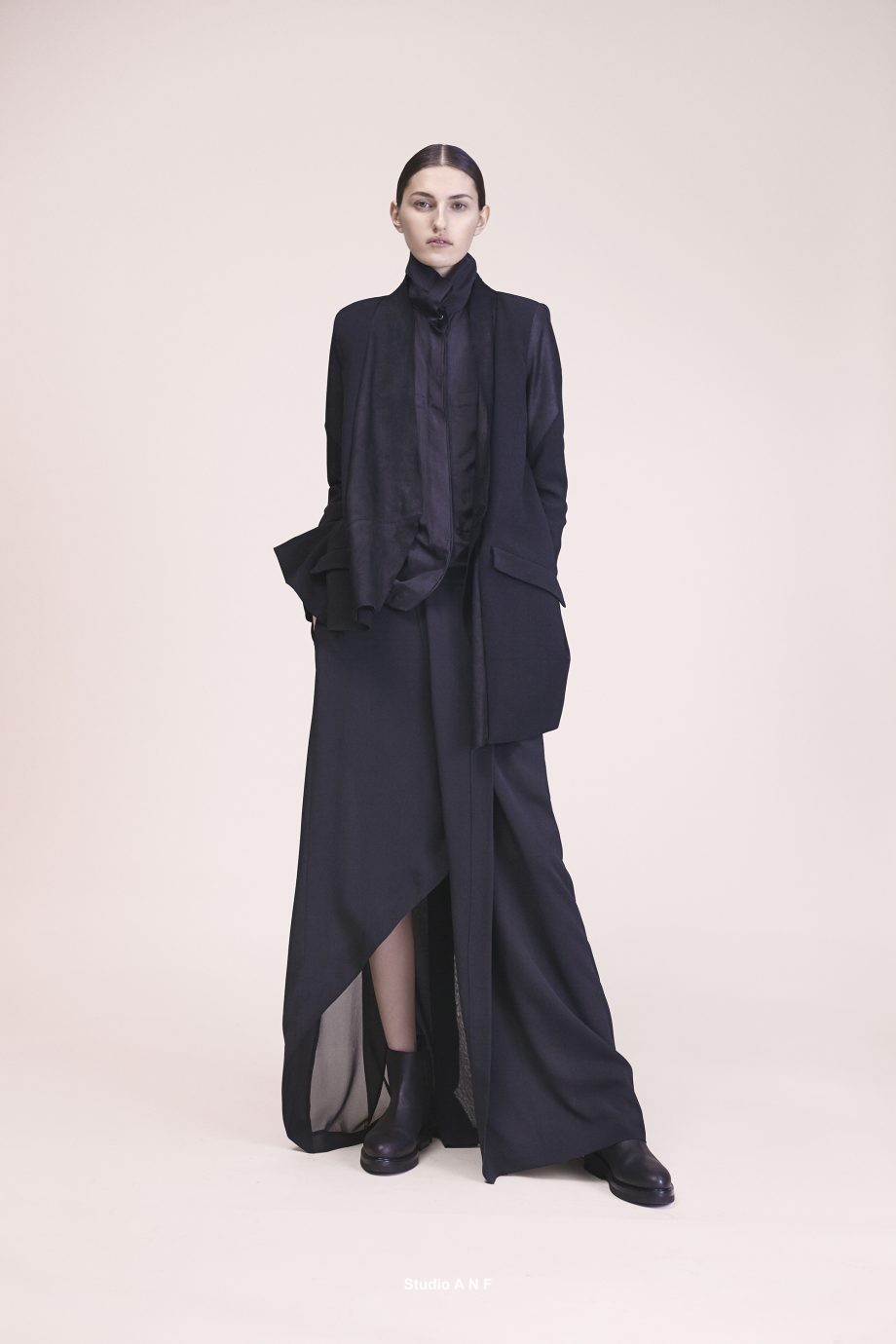
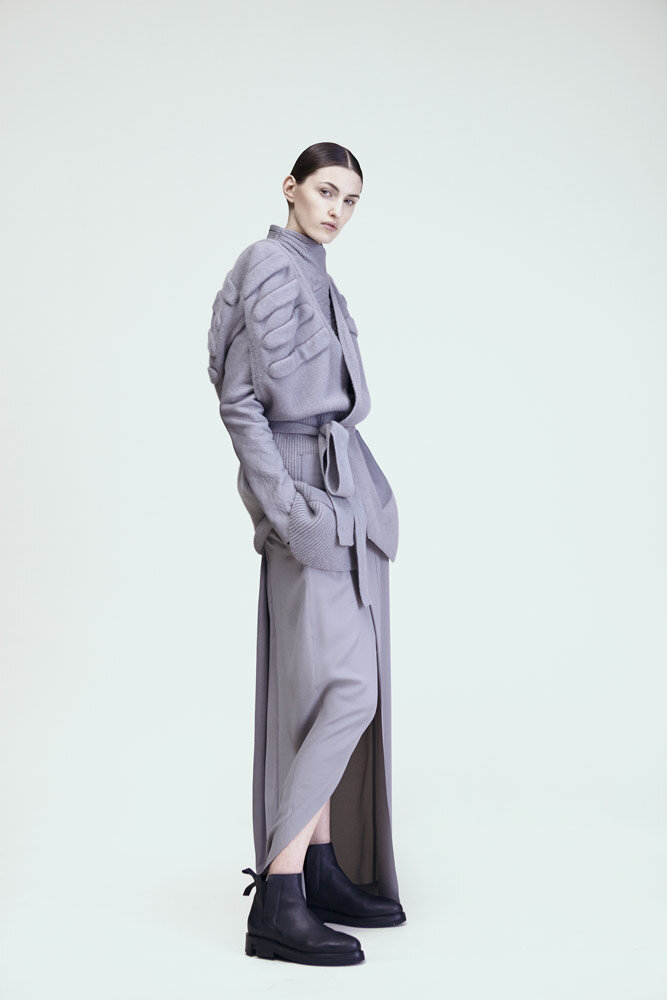
The collaboration between ANF and Ilaria Nistri was not only a testament to the possibilities of integrating technology with fashion design but also highlighted the importance of interdisciplinary approaches in pushing creative boundaries. The generative patterns developed for the A/W 15/16 collection were more than just fabric designs; they were a statement on the evolving relationship between humans and technology, and how this synergy can lead to unprecedented forms of beauty and expression.
In conclusion, the collaboration between Berlin-based design studio ANF and Italian fashion house Ilaria Nistri for their A/W 15/16 collection stands as a landmark in the convergence of technology and fashion. It showcases how the use of generative design can bring a new dimension to textile patterns, creating garments that are not only visually stunning but also embody the principles of innovation and sustainability. This partnership has set a precedent for future collaborations between designers and digital artists, suggesting a future where fashion continues to evolve through the integration of new technologies, and where the boundaries between the digital and the physical are further blurred in the quest for new forms of expression and creativity.
More Projects
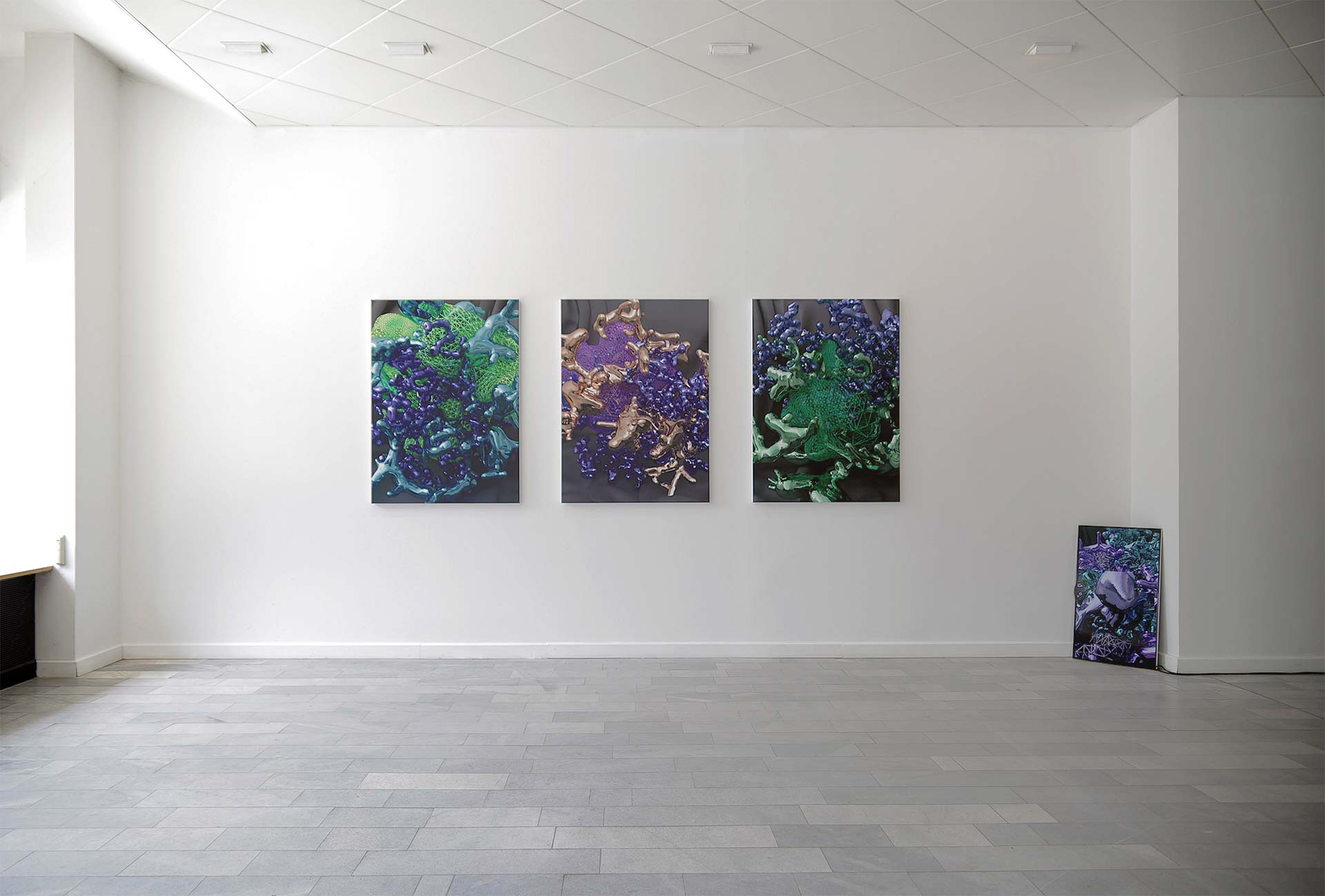
Installation View at Synthetisch Vernünftig at the LEAP Berlin curated by John McKiernan and Daniel Franke
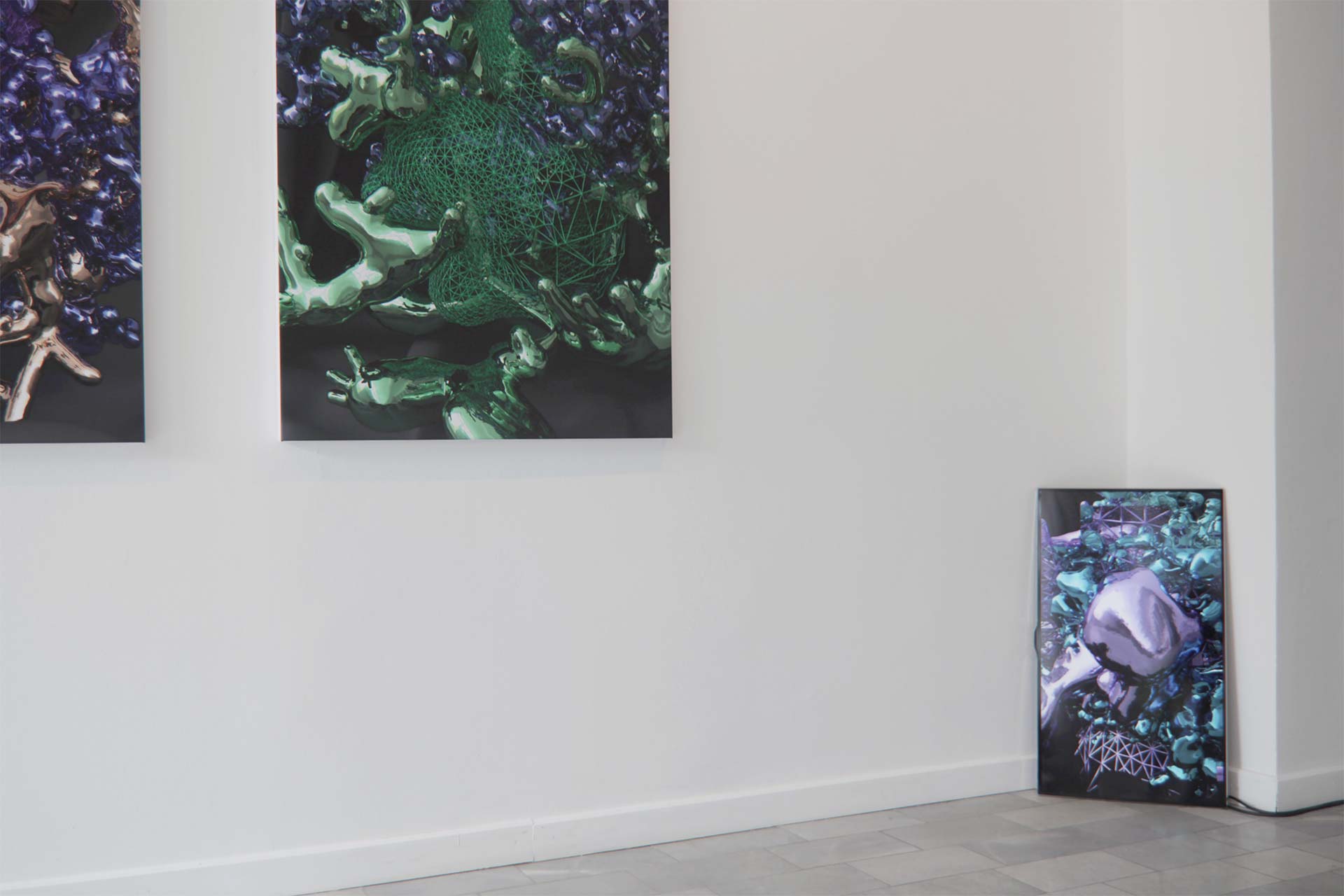

Brute Force Method V – A
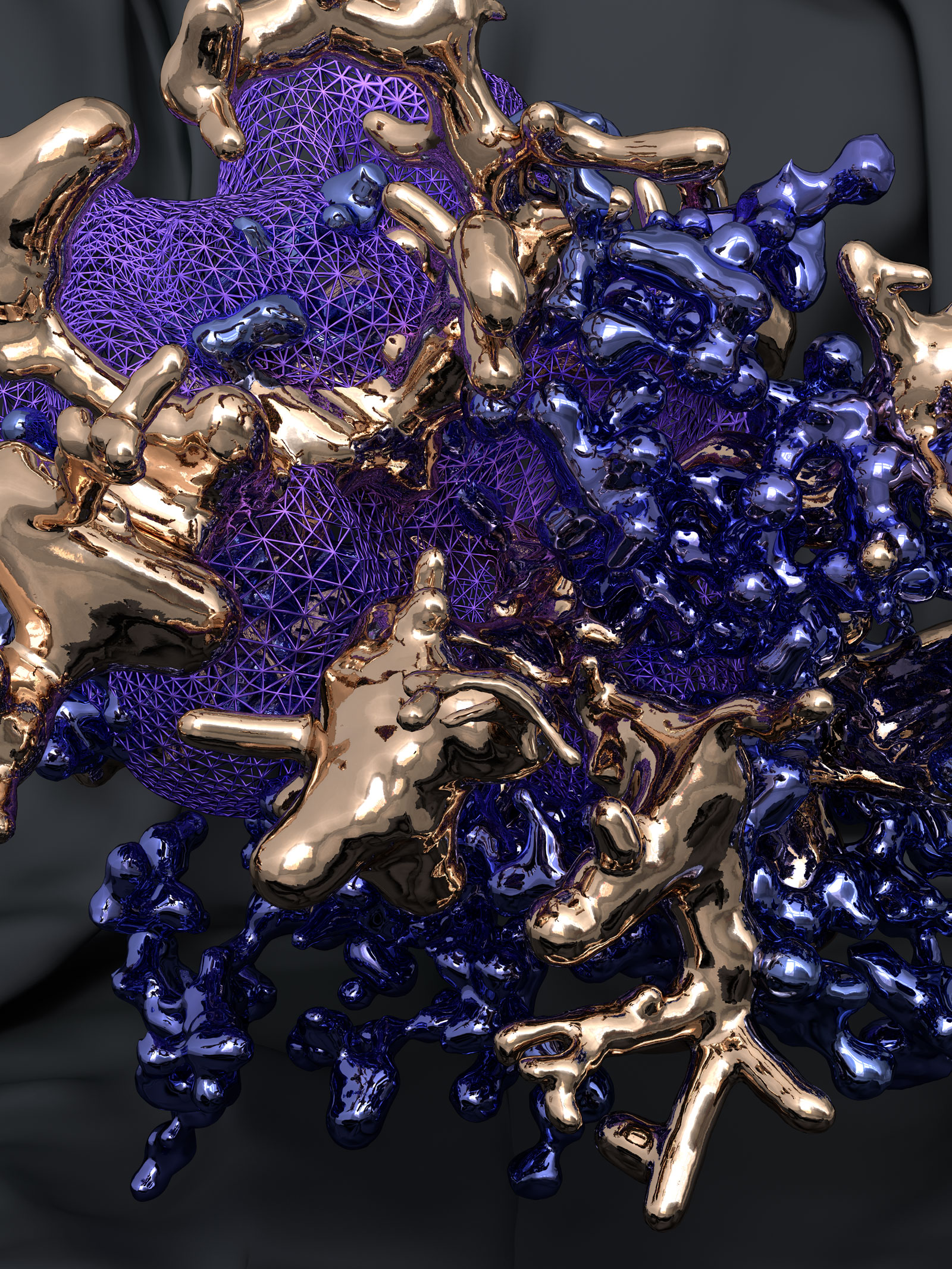
Brute Force Method V – B
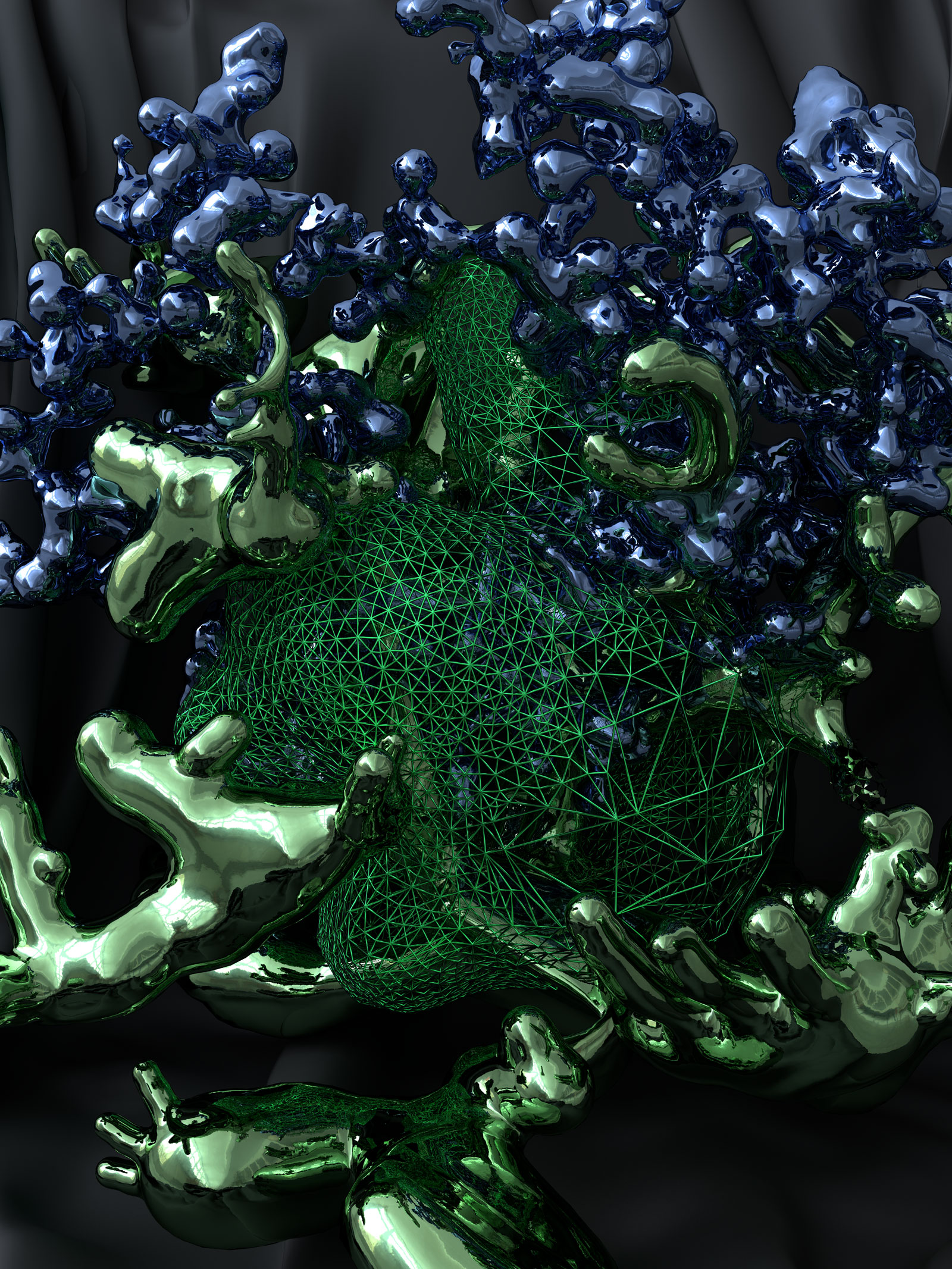
Brute Force Method V – C

Brute Force Method V – A – Detail 01
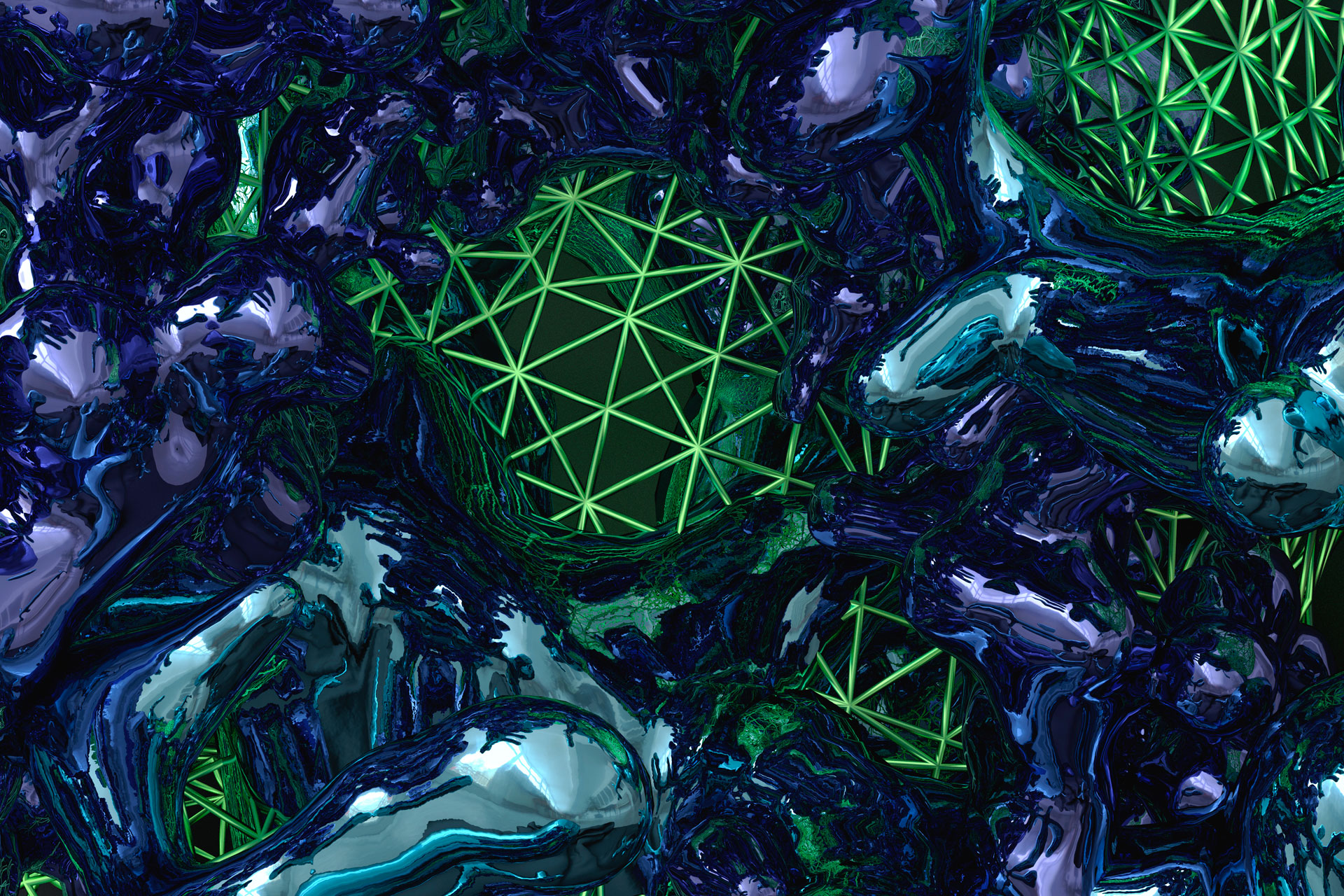
Brute Force Method V – A – Detail 02
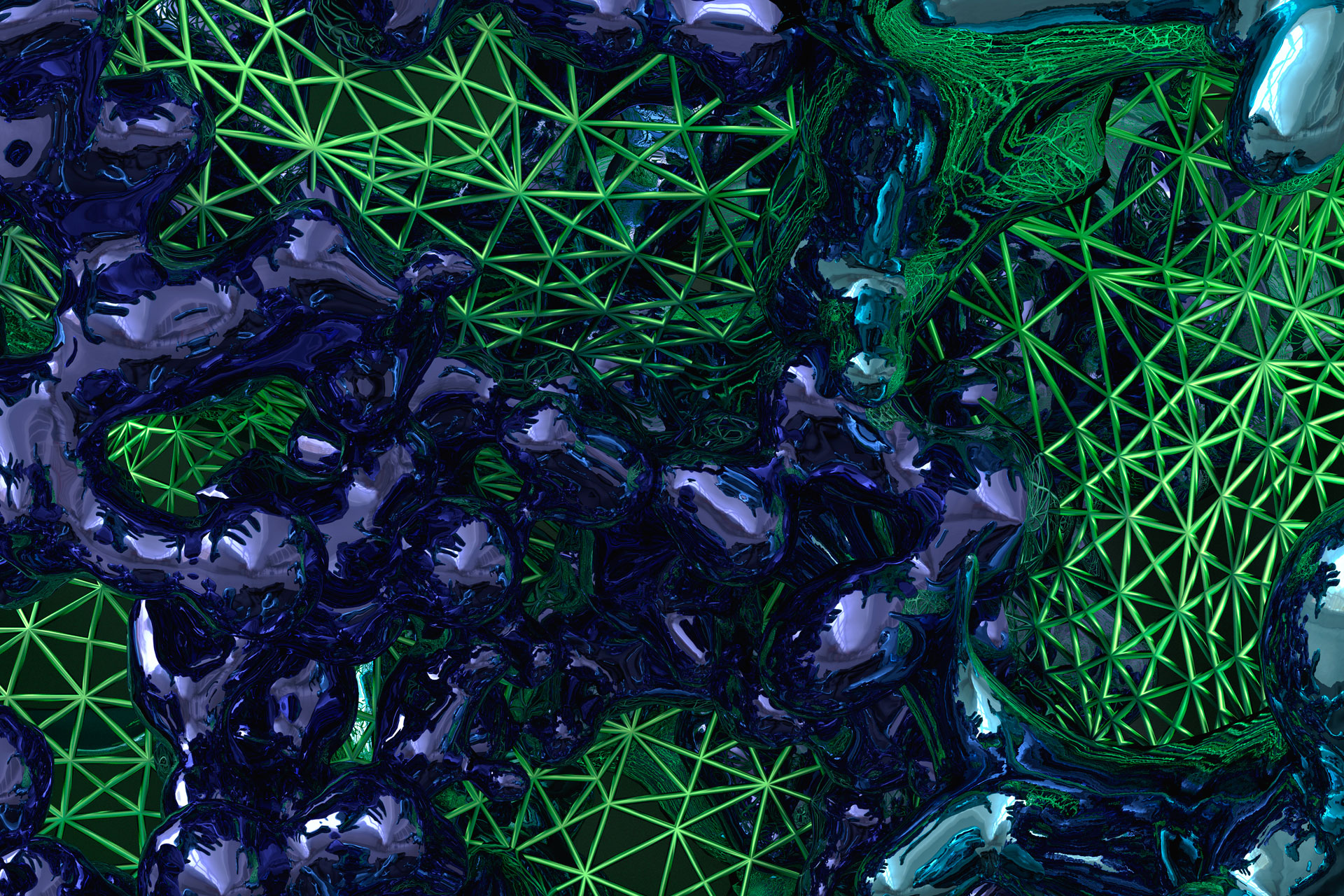
Brute Force Method V – A – Detail 03
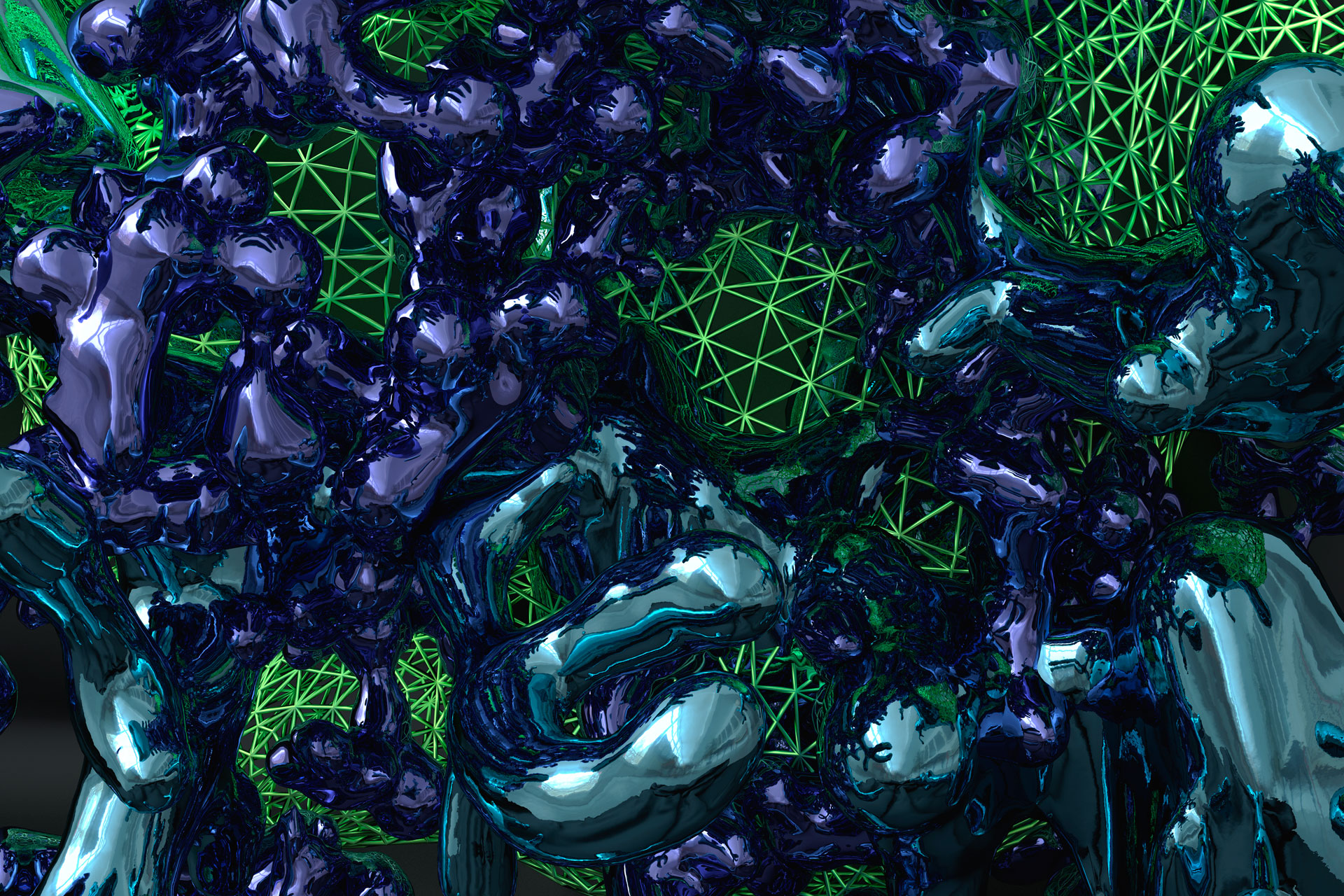
Brute Force Method V – A – Detail 04
More Projects
Skynet is a non linear animation about a global networked consciousness. It plays with the idea how a single entity could the perceive the world – from a satellite to a microscopic view.
Full sensory awareness encompassing the entire world is rolled into one artificial organism communicating with itself in realtime.
The Energy Flow project was curated by FIELD [field.io/project/energy-flow]
Sound and music by David Kamp
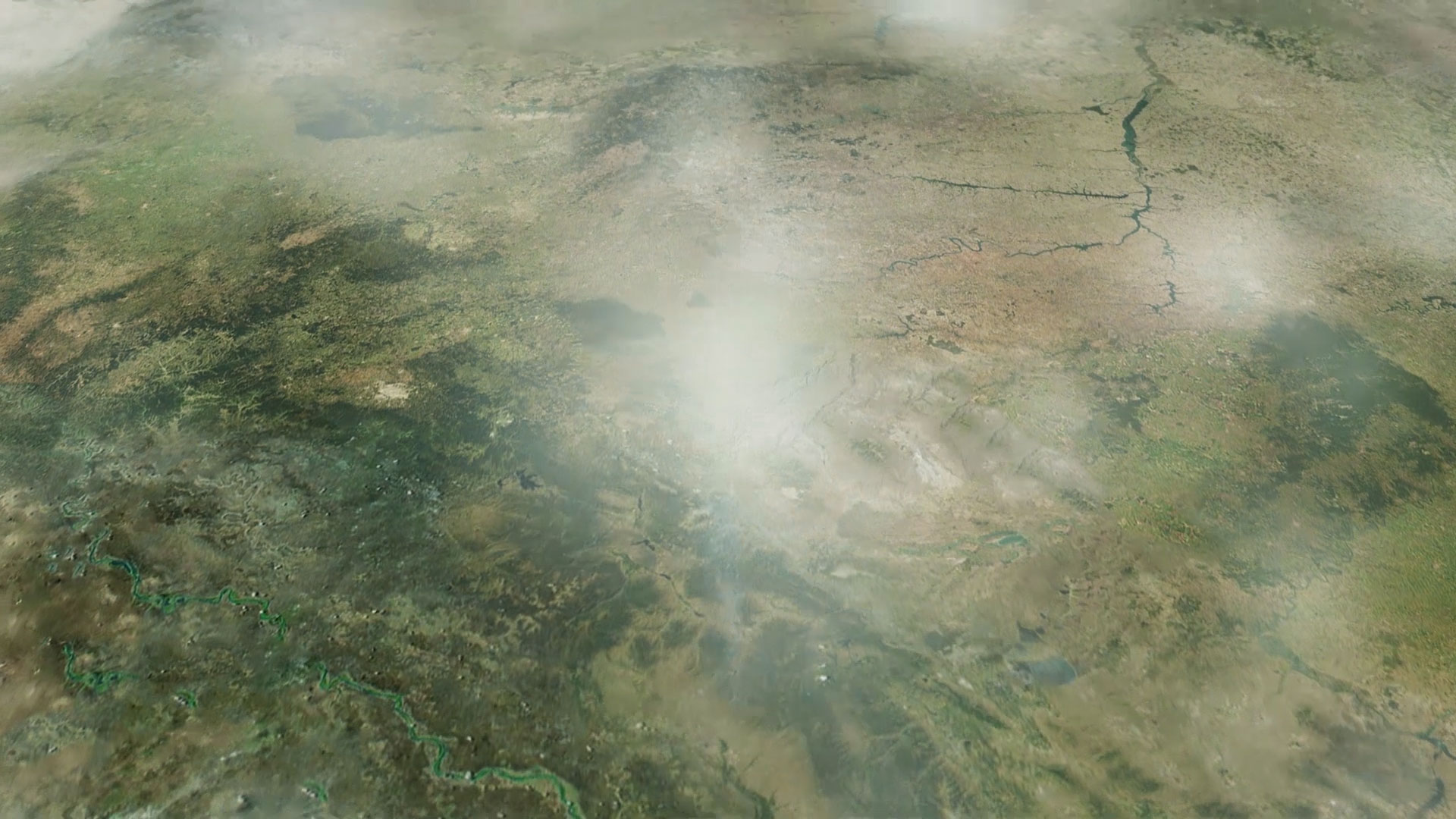
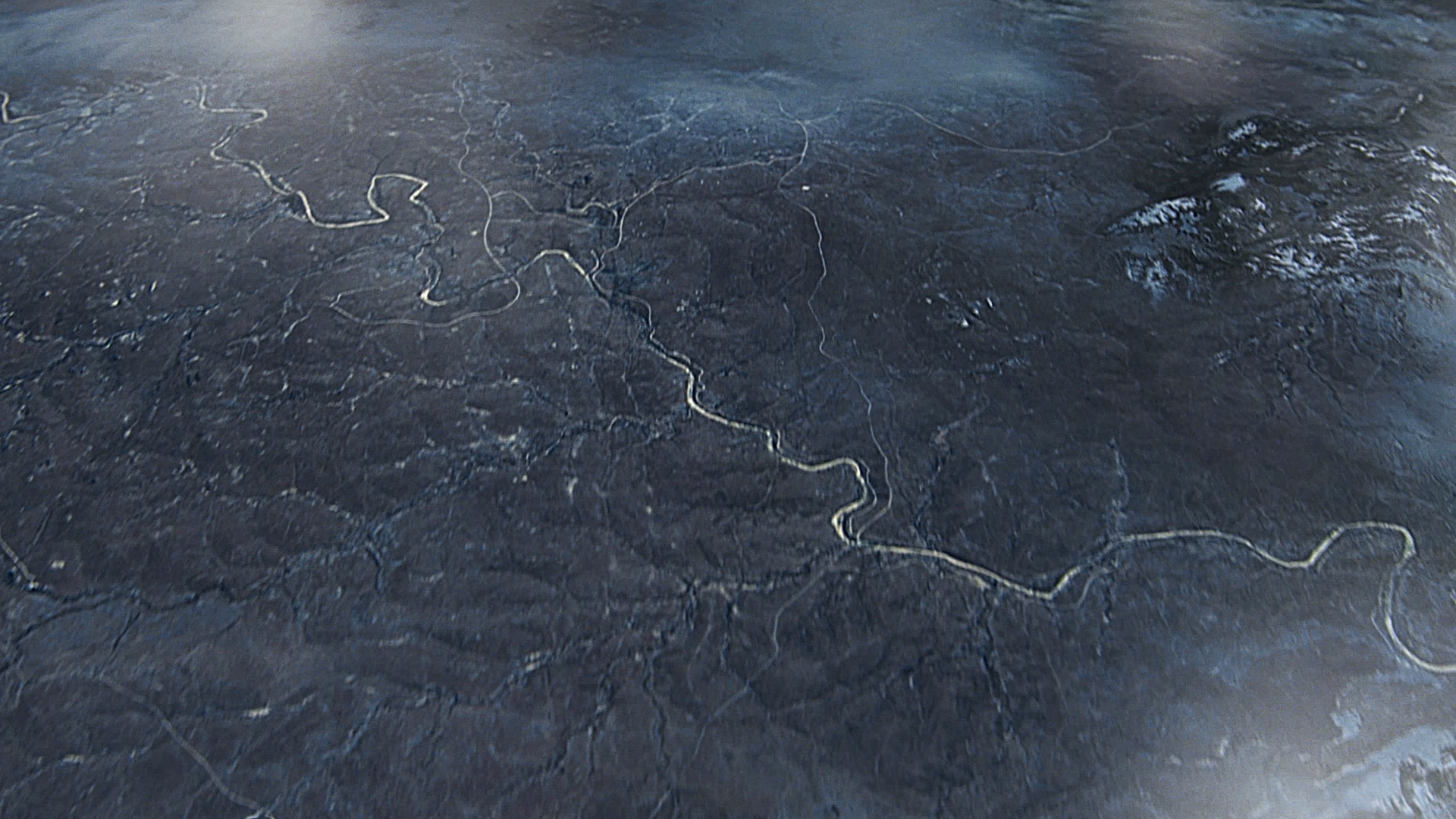
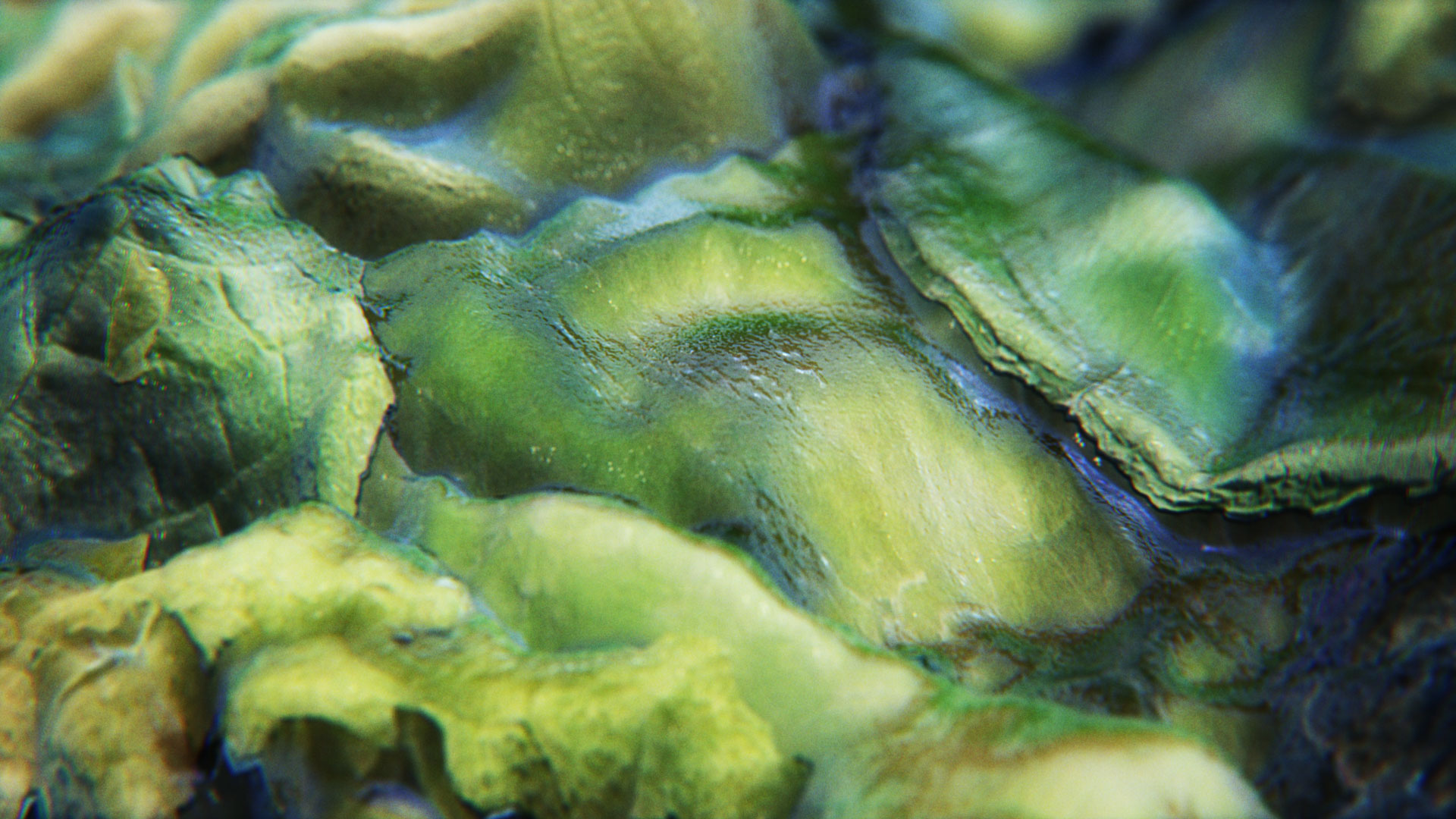
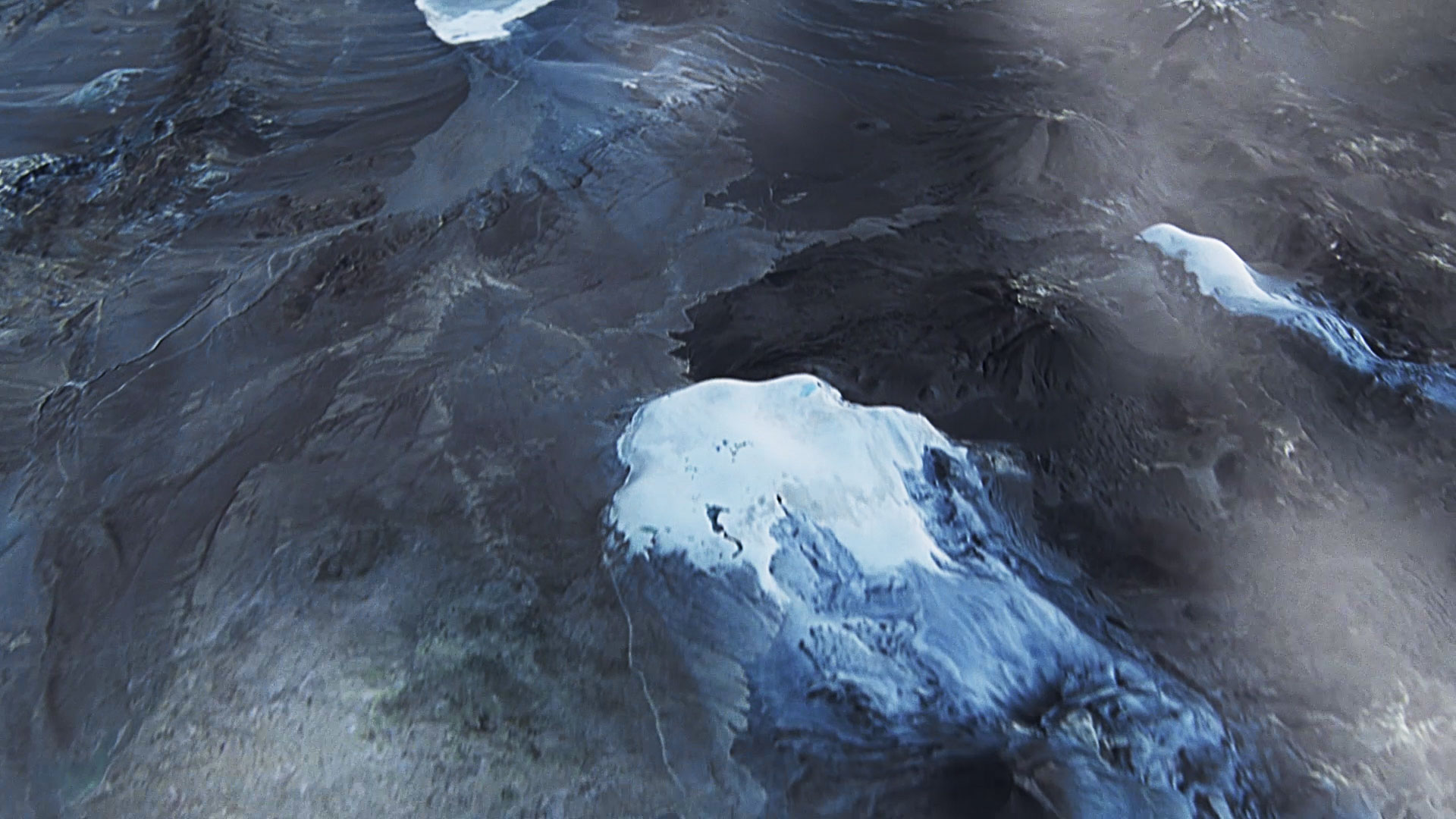
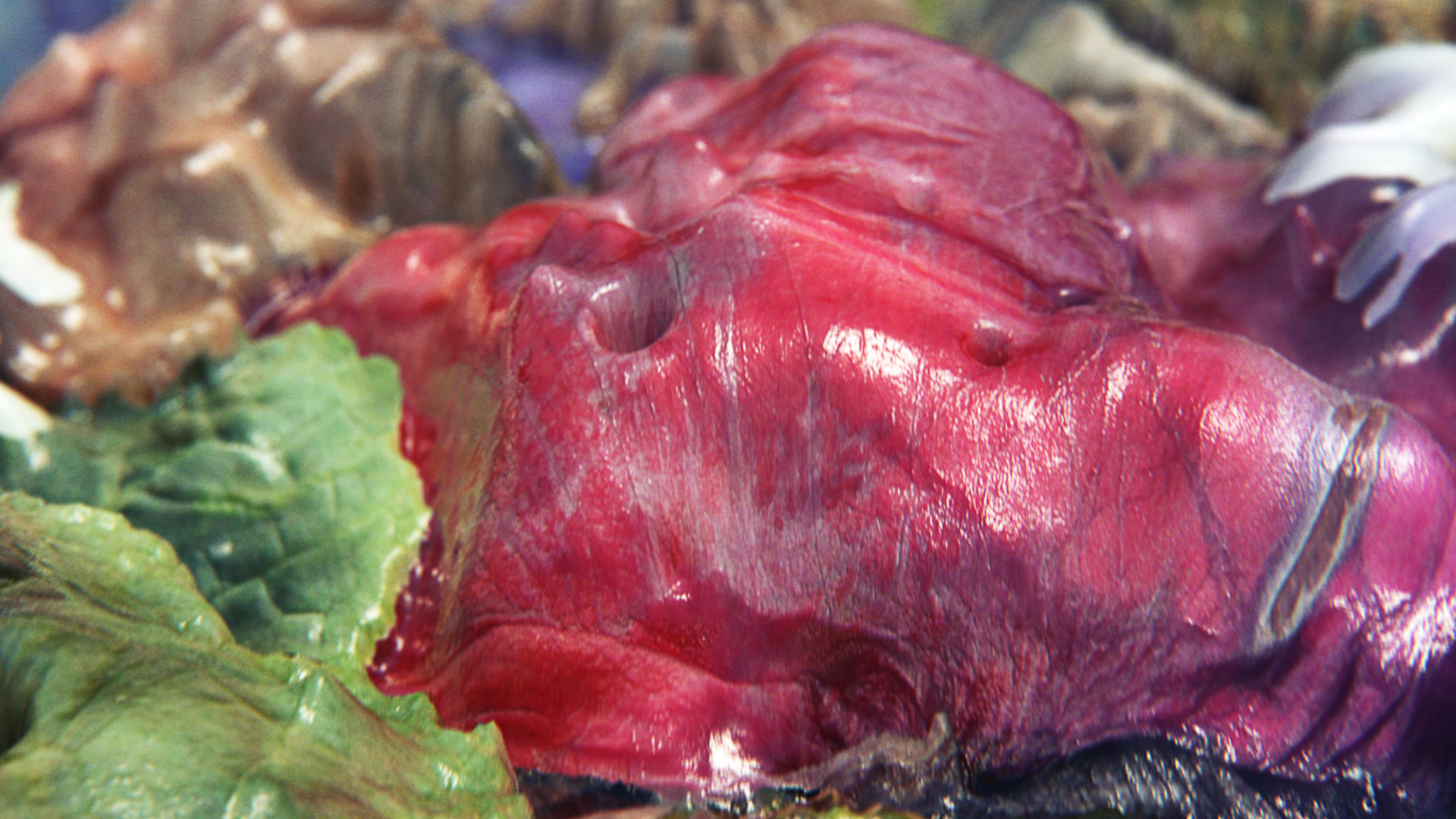

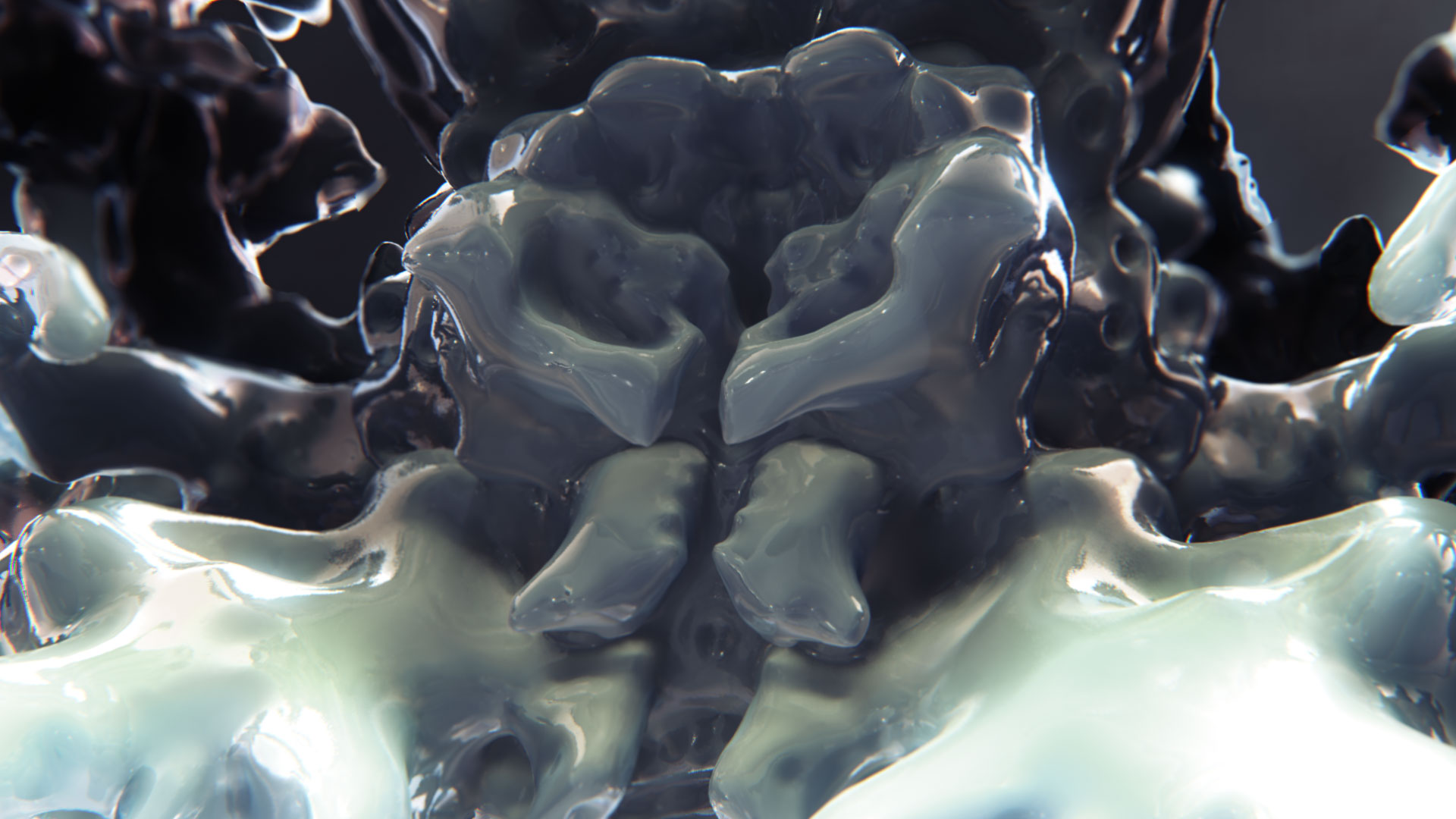
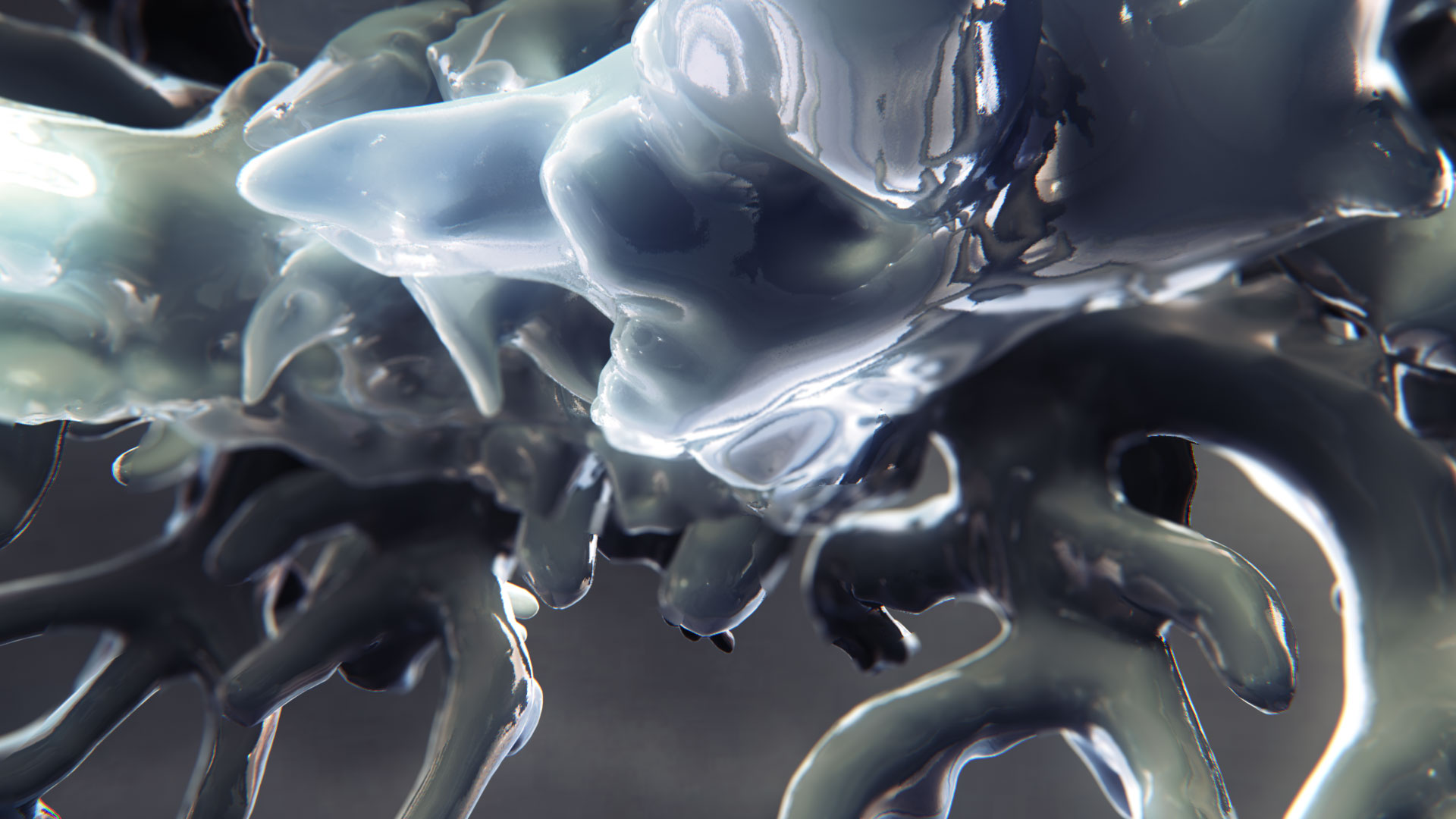
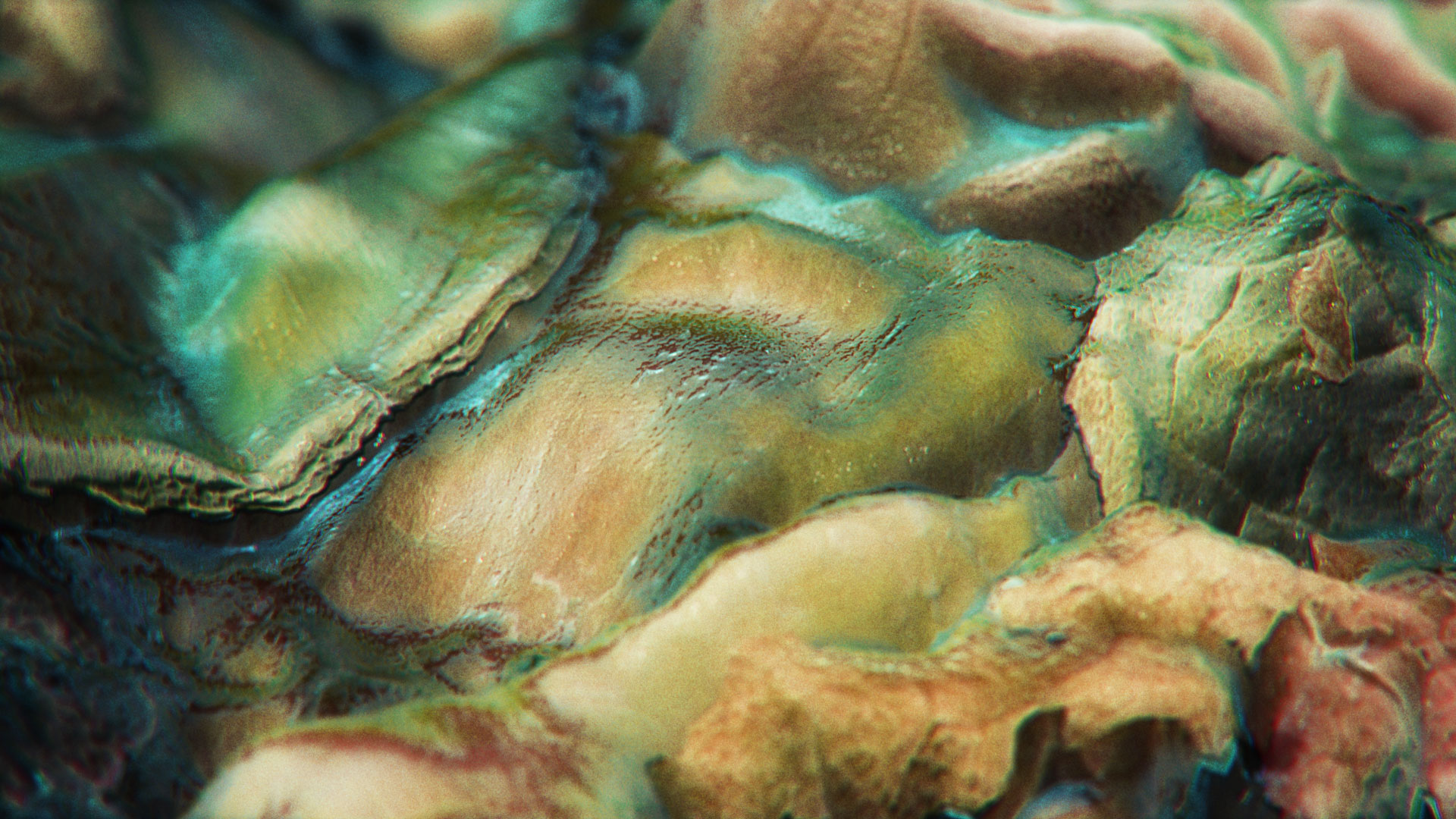
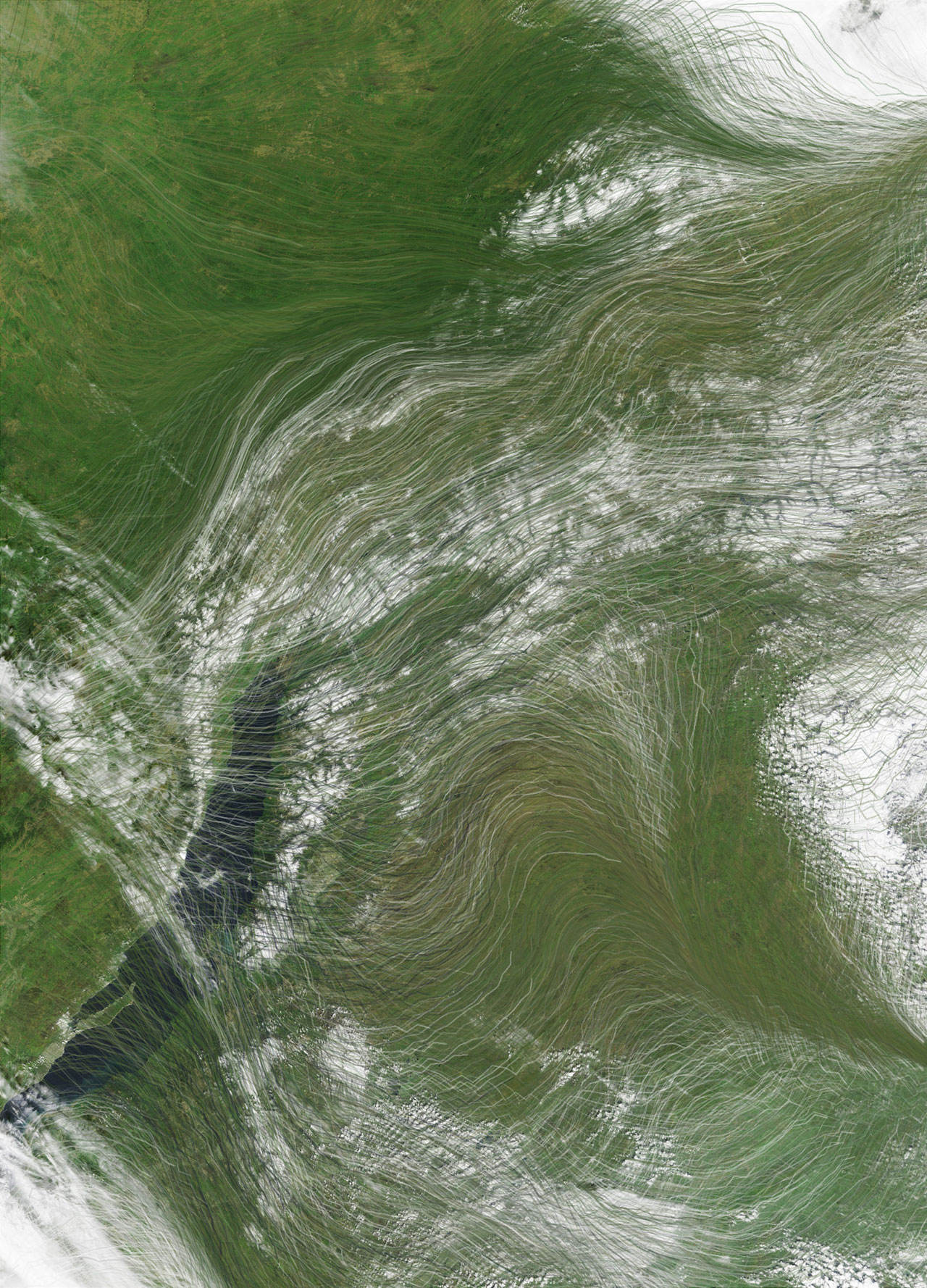
Early software sketches

Early software sketches

Early software sketches
More Projects

Generative Software Process; 2012; Dimensions variable;
The software uses a swarm of particles to gradually create an abstract composition based on the color and composition of a series of photographs. The drawing agents behave according to a set of rules, but have a degree of autonomy.
When the software is being run it produces an infinite sequence of unique images over time.
![]()
![]()
![]()
![]()
More Projects
![]()
C-print 80 × 55 cm;
![]()
Detail
More Projects
Generative Software Process; 2012; Dimensions variable; Excerpt of 1:25
The software uses a swarm of particles to gradually create an abstract composition based on the color and composition of a series of photographs. The drawing agents behave according to a set of rules, but have a degree of autonomy.
When the software is being run it produces an infinite sequence of unique images over time.
![]()
Installation View at Rua Red Dublin
More Projects
 Schwarm; Installation View at Experimenting with Clouds at Rua Red Dublin
Schwarm; Installation View at Experimenting with Clouds at Rua Red Dublin
 Schwarm; Installation View at Experimenting with Clouds at Rua Red Dublin
Schwarm; Installation View at Experimenting with Clouds at Rua Red Dublin
 Schwarm (orange); 90 × 60 cm; Lambda-print
Schwarm (orange); 90 × 60 cm; Lambda-print
 Schwarm (orange); Detail
Schwarm (orange); Detail
 Schwarm (blau); 90 × 60 cm; Lambda-print
Schwarm (blau); 90 × 60 cm; Lambda-print
 Schwarm (blau); Detail
Schwarm (blau); Detail
 Schwarm (violett); 90 × 60 cm; Lambda-print
Schwarm (violett); 90 × 60 cm; Lambda-print
 Schwarm (violett); Detail
Schwarm (violett); Detail
 Schwarm (rot); 90 × 60 cm; Lambda-print
Schwarm (rot); 90 × 60 cm; Lambda-print
 Schwarm (rot); Detail
Schwarm (rot); Detail
More Projects
Triple channel video loop I/III; 720p
Triple channel video loop II/III; 720p
Triple channel video loop III/III; 720p
More Projects
A landscape in constant flux. Wind, mountains, mist.
Patterns emerge. Floating, flying. Hissing, rustling, sweeping.
Sound РJos̩ G. Soler
2011; digital video, 1080p; 8 minutes 22 seconds;
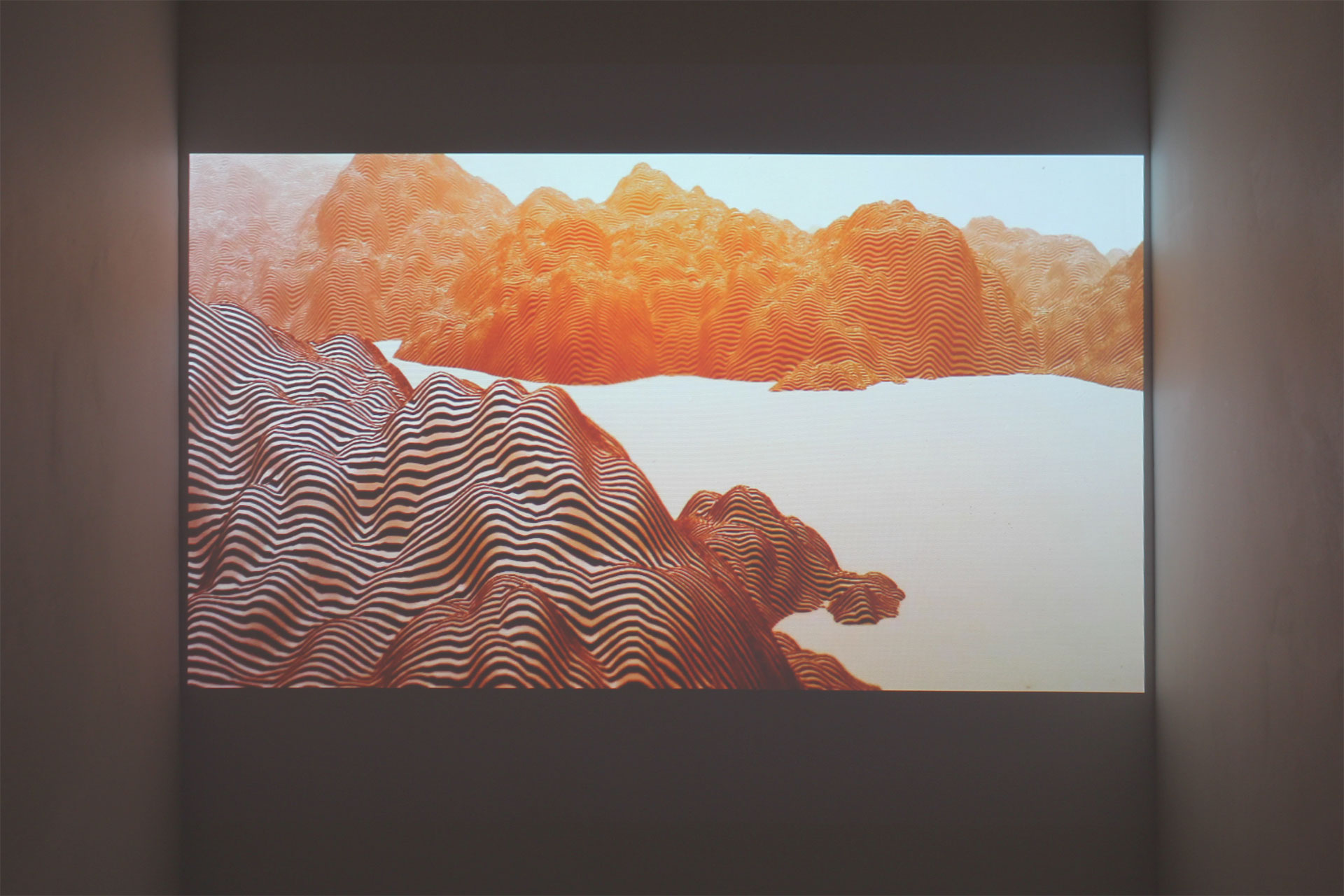
Installation view at 22.48m2 Paris
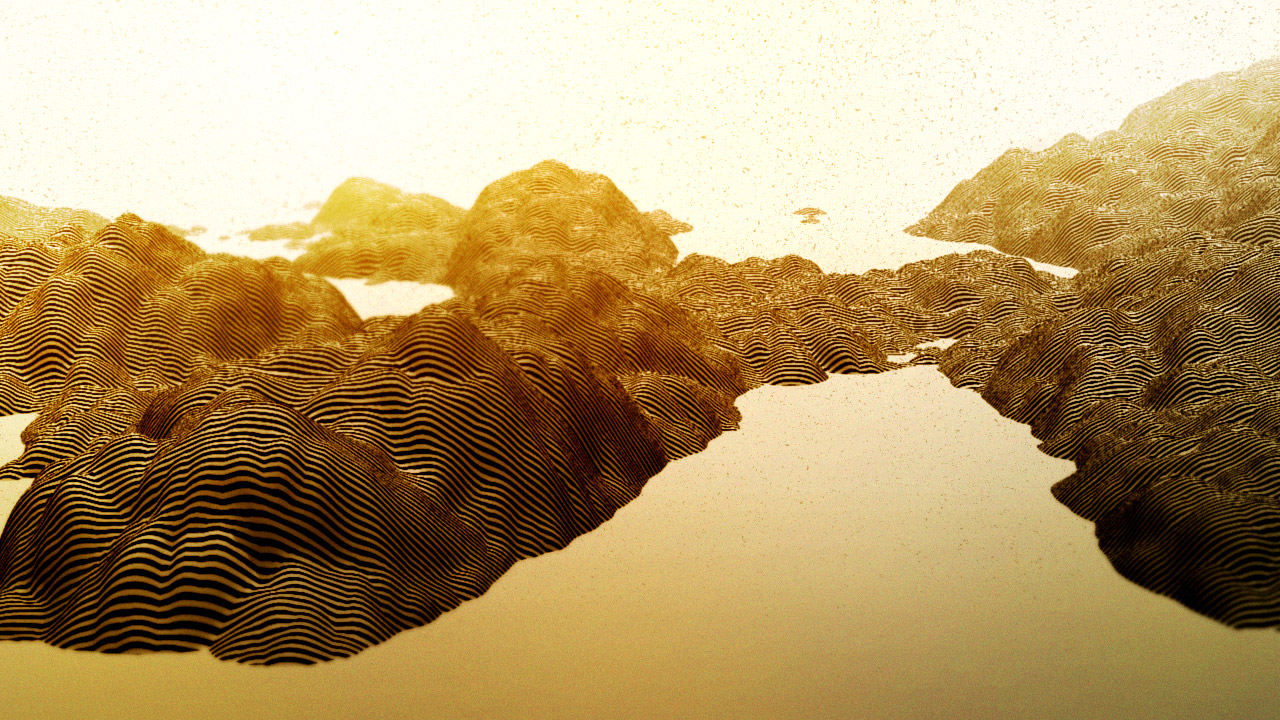
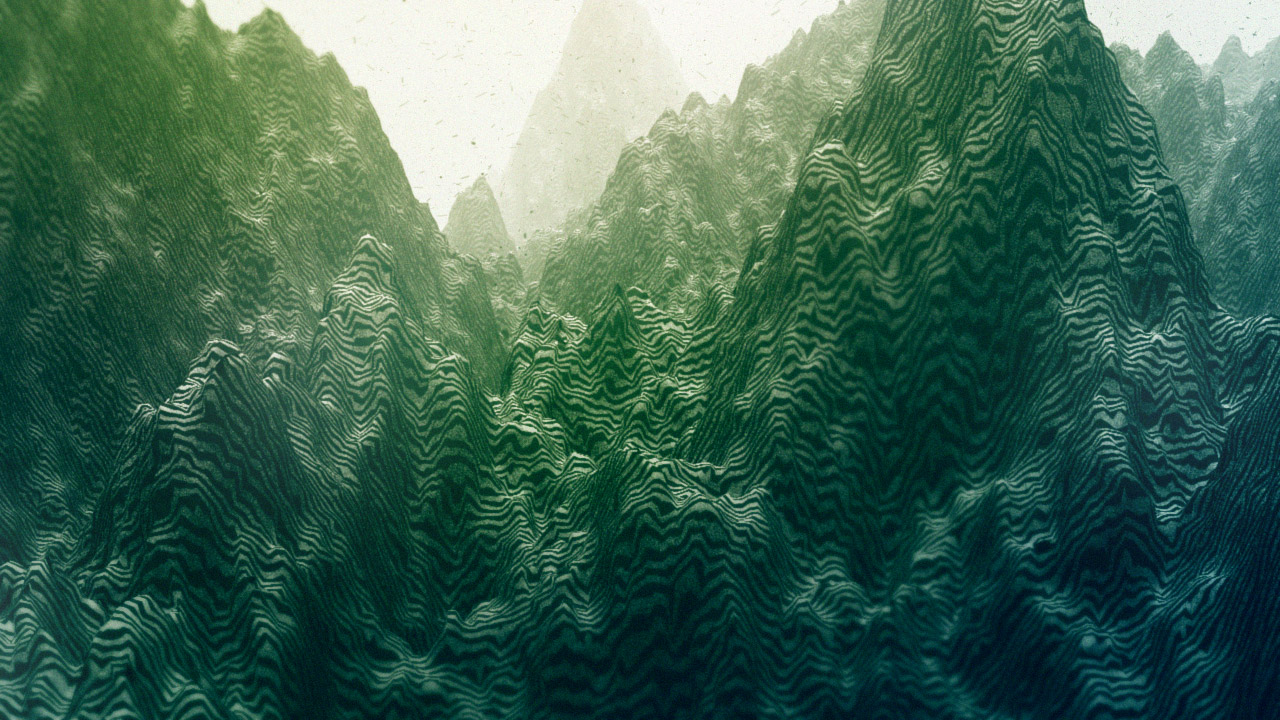
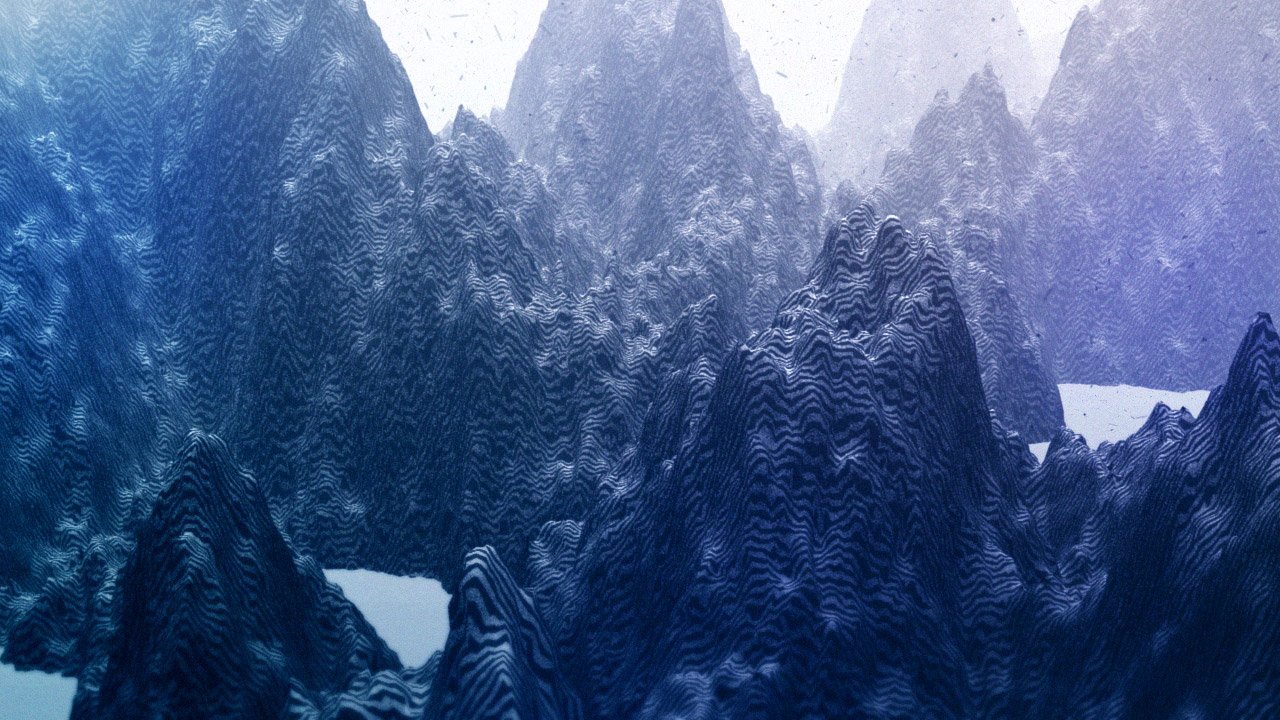
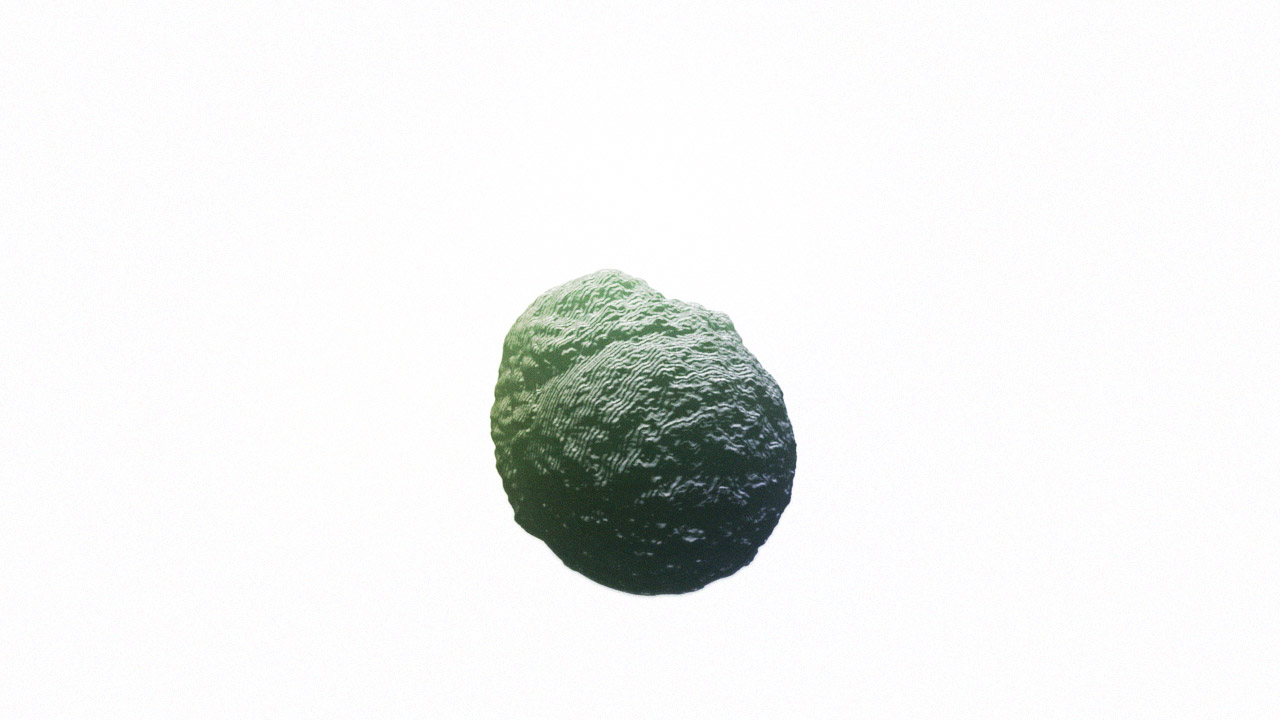
More Projects
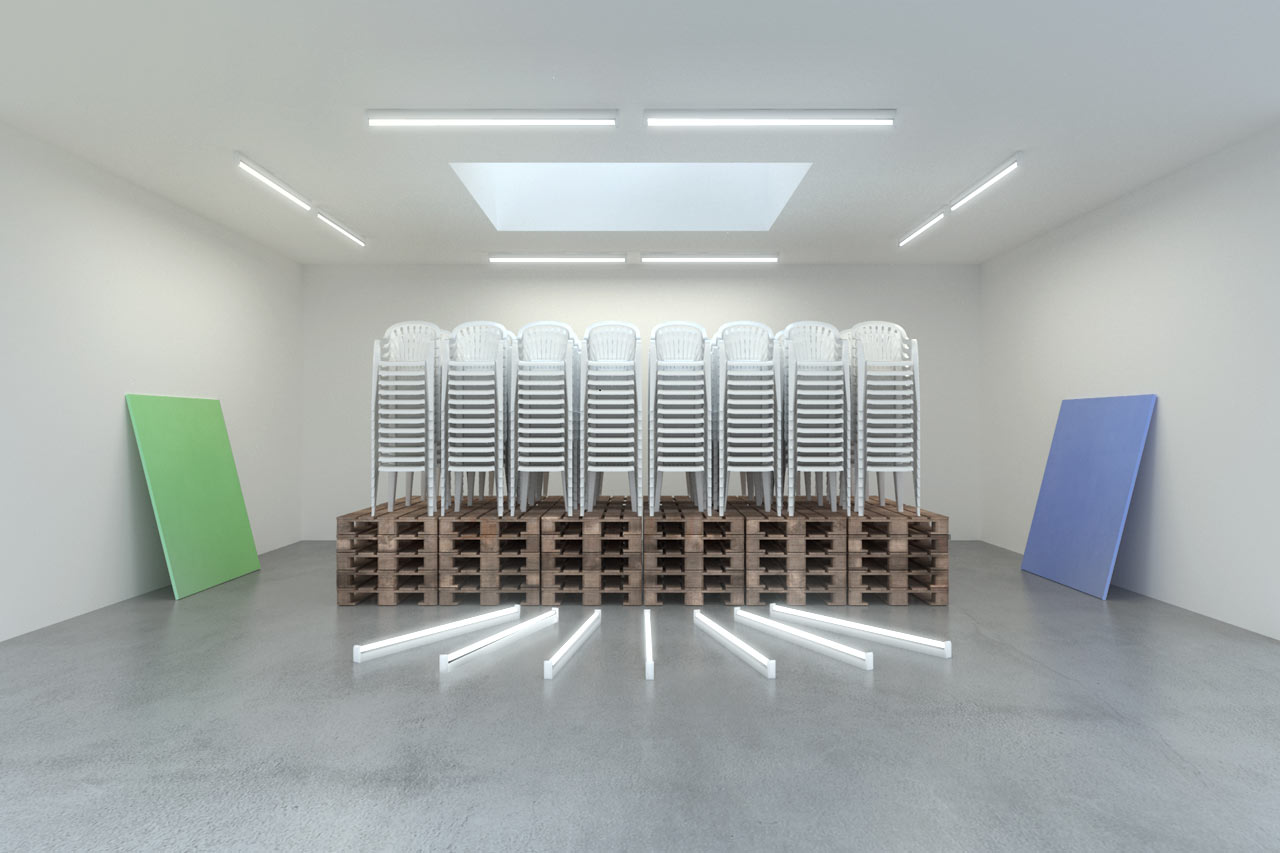
Installation view 01 / 03, Digital Image, C-print, 45 × 30cm
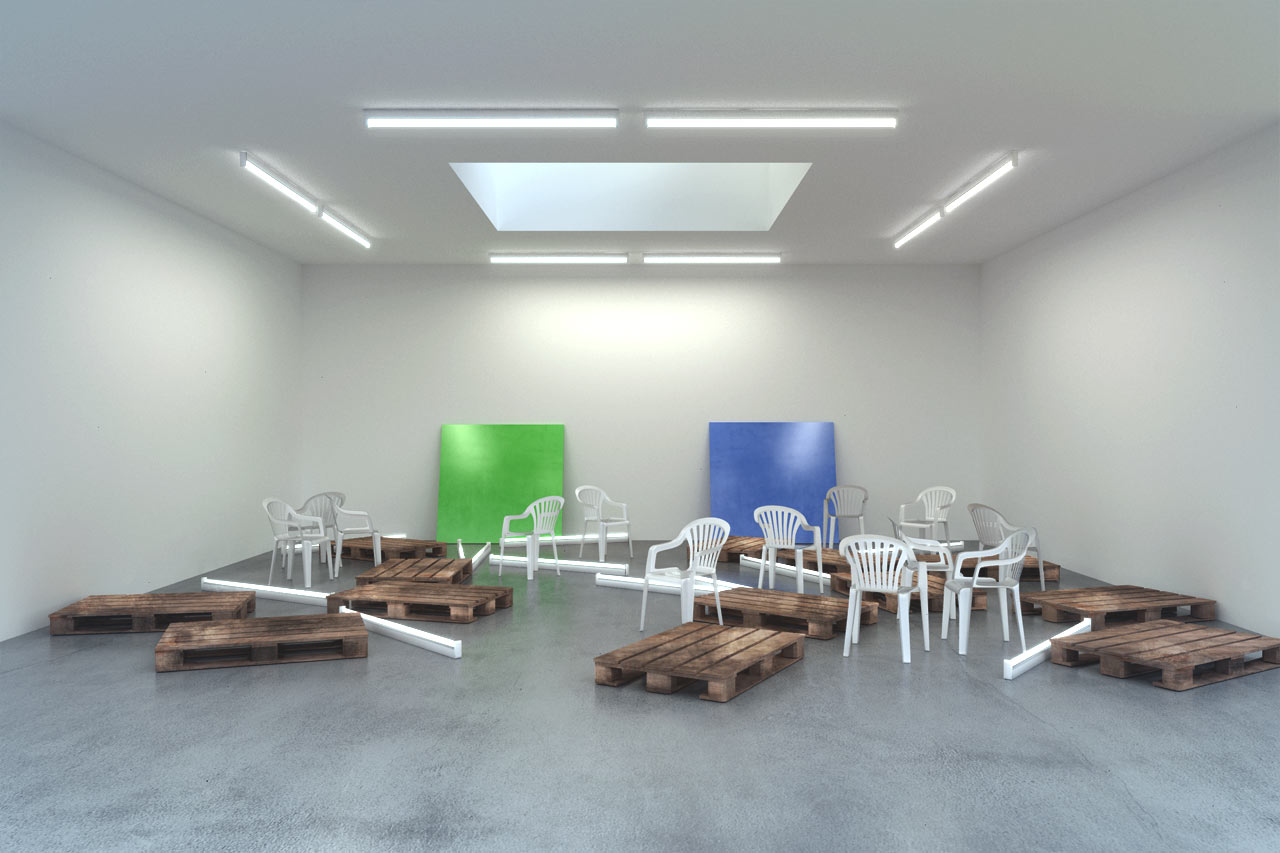
Installation view 02 / 03, Digital Image, found 3d objects and textures, C-print, 45 × 30cm
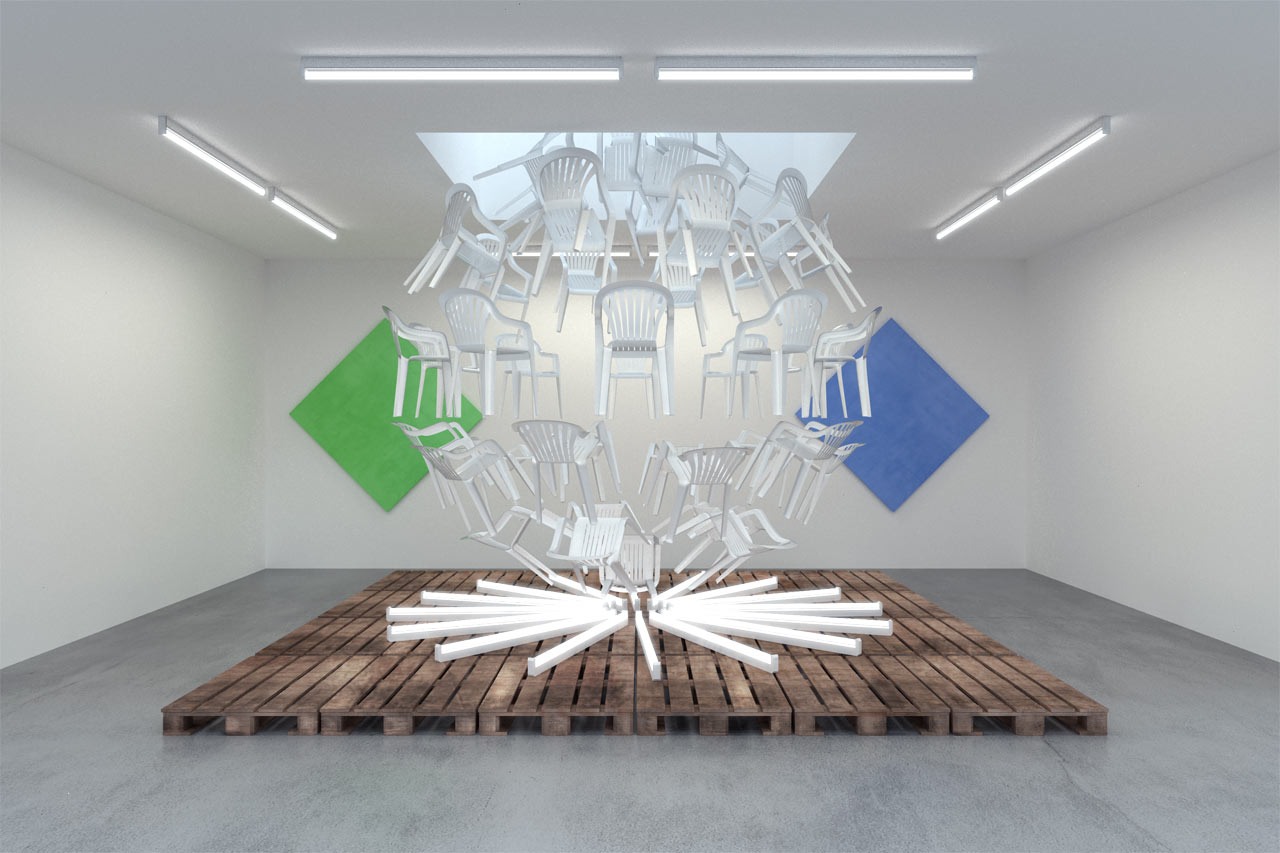
Installation view 03 / 03, Digital Image, found 3d objects and textures, C-print, 45 × 30cm
More Projects
More Projects

Exhibition view at GIM Bremen

KM-17656 – Procedural drawing; 75 × 50 cm; C-print on aluminum dibond

KM-10427 – Procedural drawing; 75 × 50 cm; C-print on aluminum dibond

KM-10427 – Procedural drawing; 75 × 50 cm; C-print on aluminum dibond
More Projects
More Projects

Series of 12 generative drawings; 20 × 30 cm; Inkjet print;




More Projects

Series of 3 generative drawings; 80 × 120 cm; Lambda print on alu dibond;





Detail LZ 123649;

Detail LZ 123649;

Detail LZ 123649;

More Projects
More Projects

Series of 3 procedural drawings; 70 × 100 cm; Inkjet print; 1 / 3

2 / 3

3 / 3
More Projects

Procedural drawing; 80 x 120cm inkjet print mounted on Alu Dibond;



Detail




